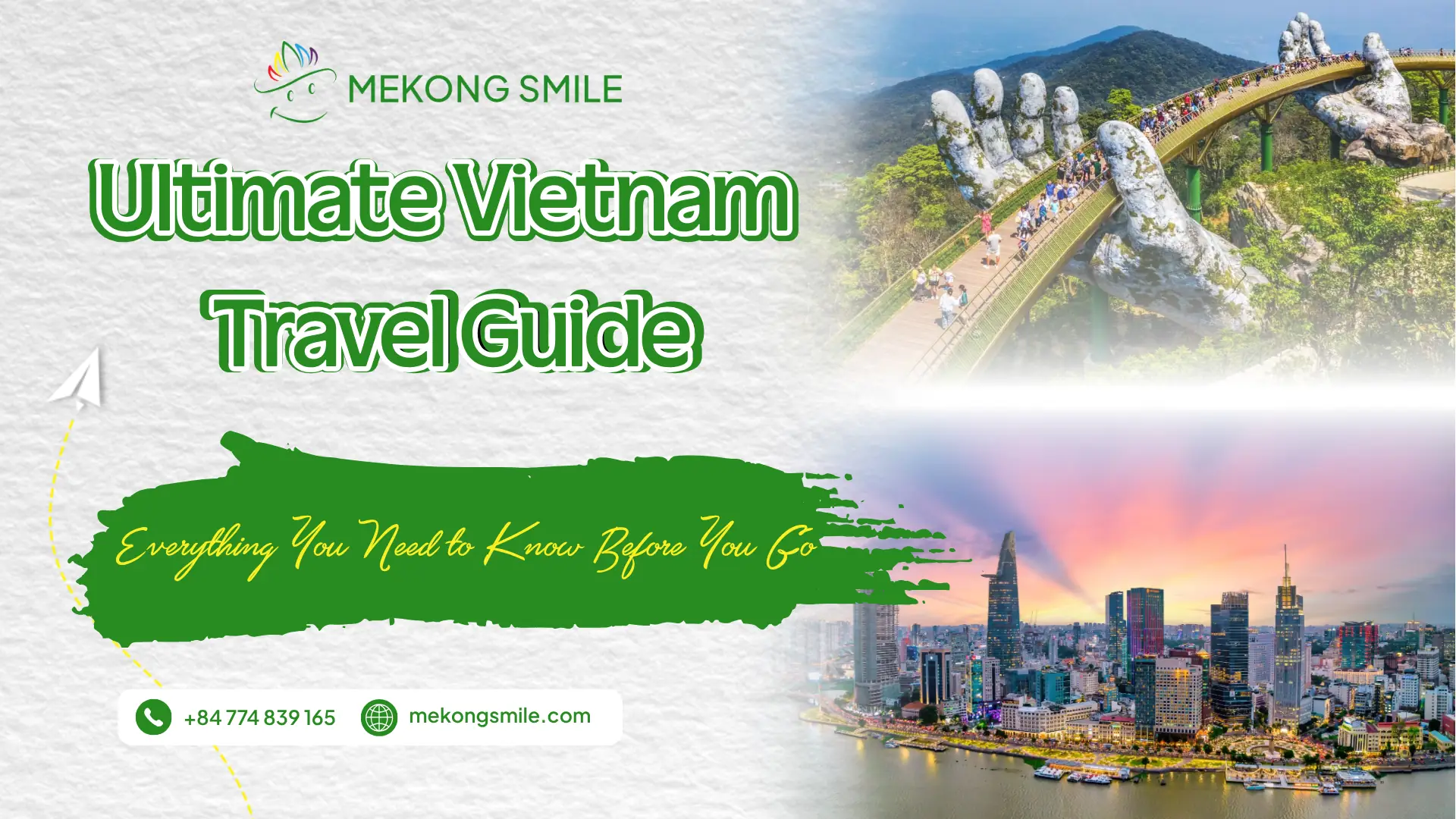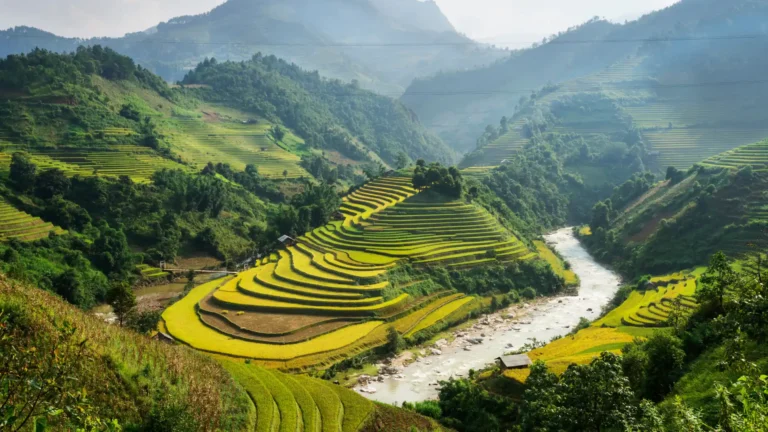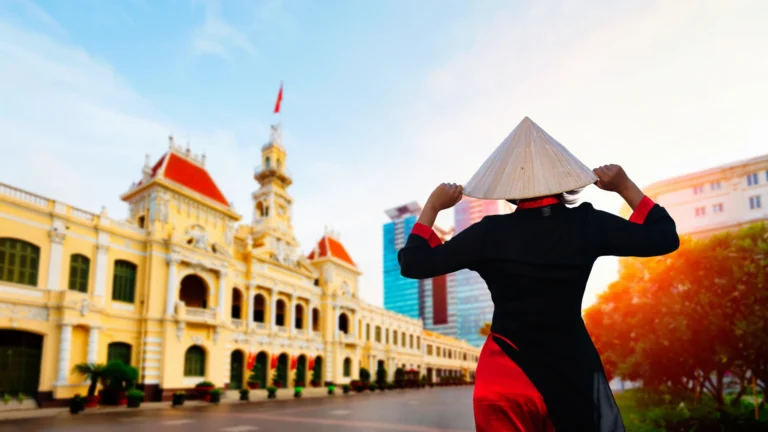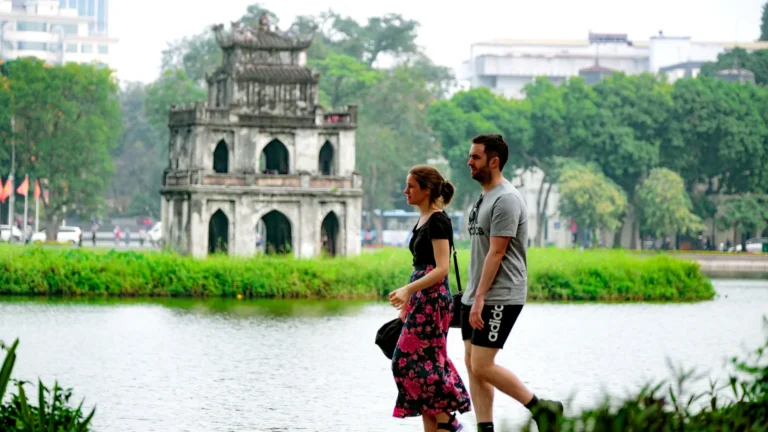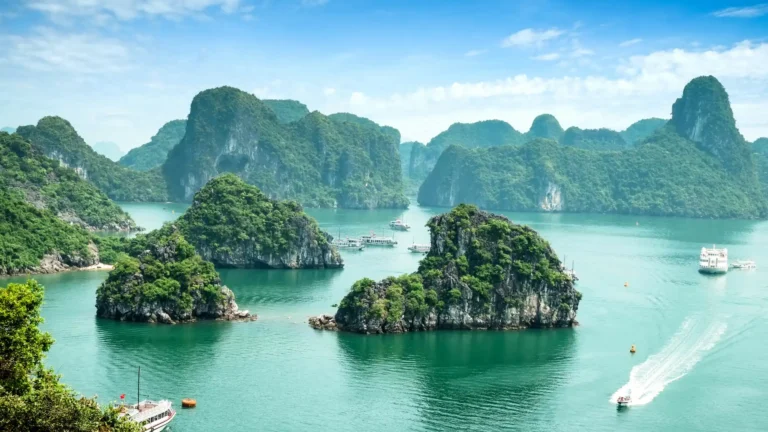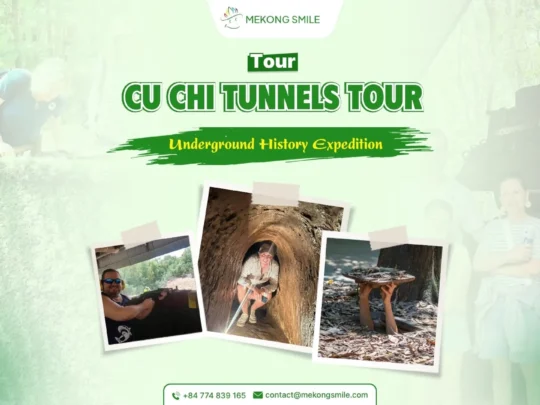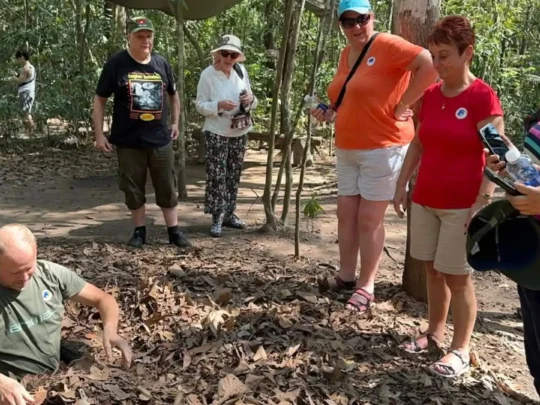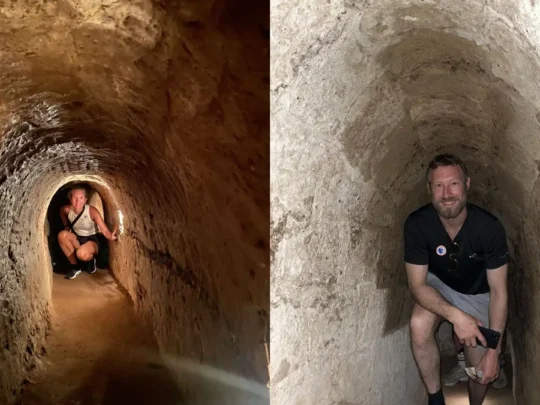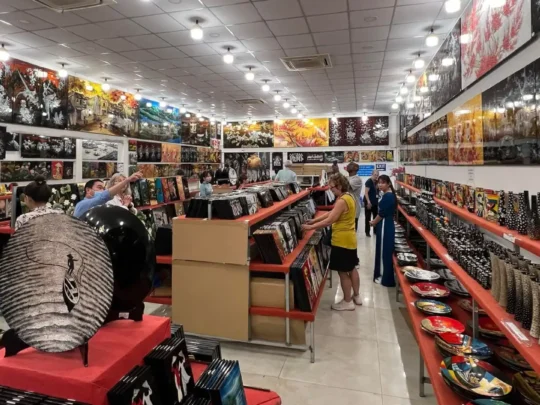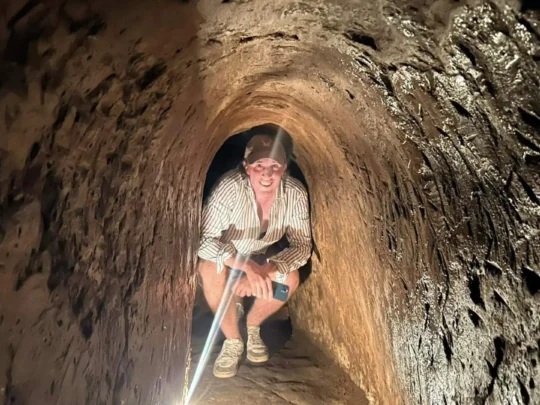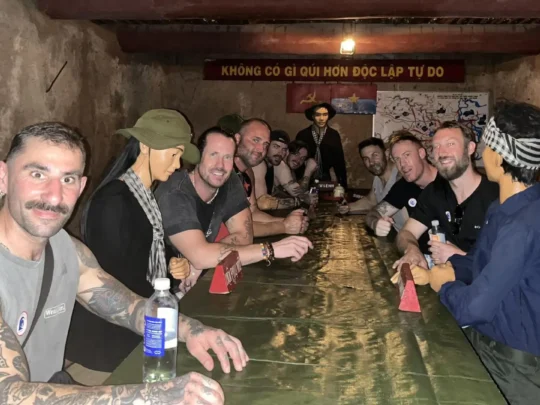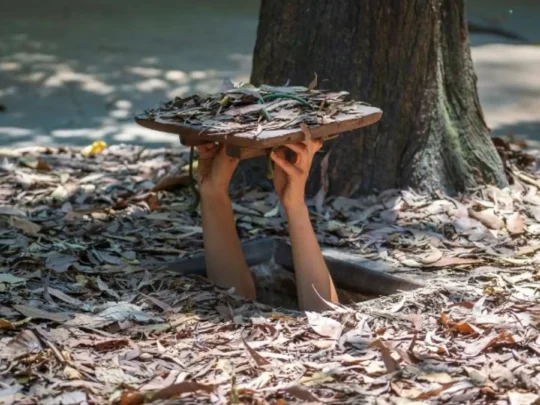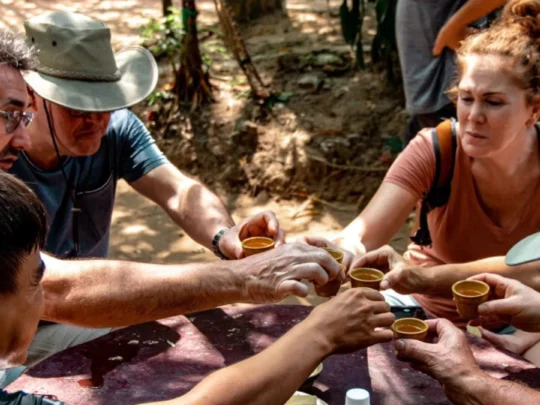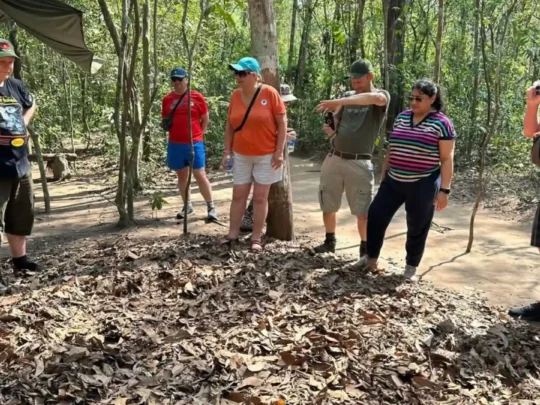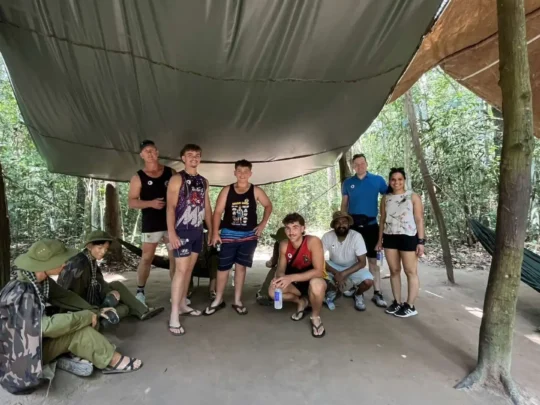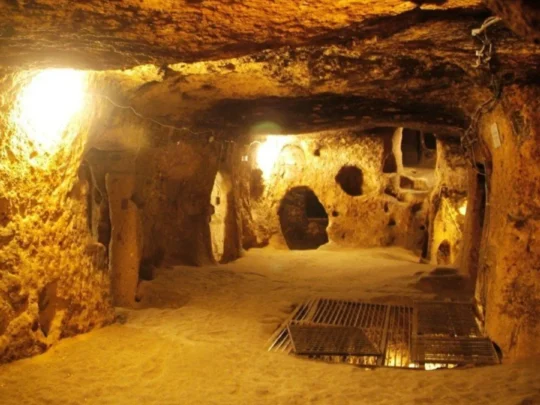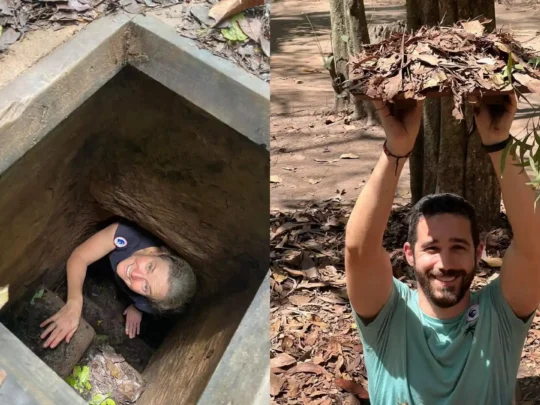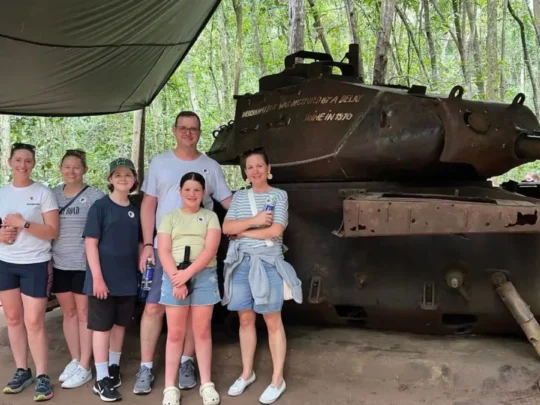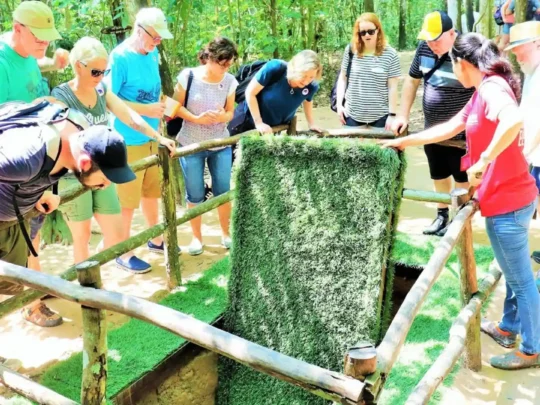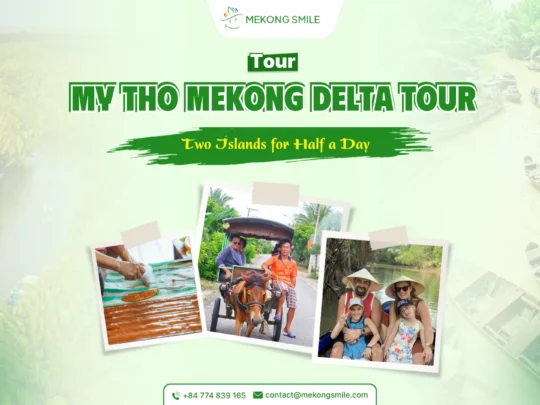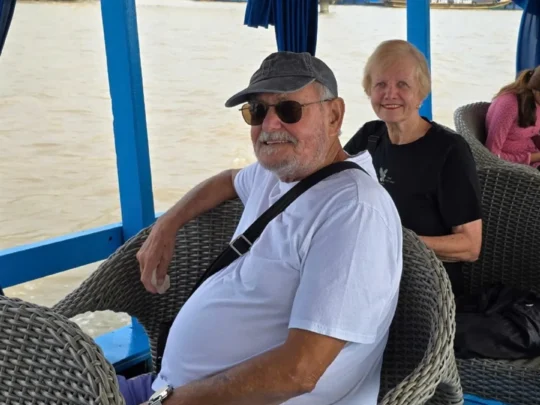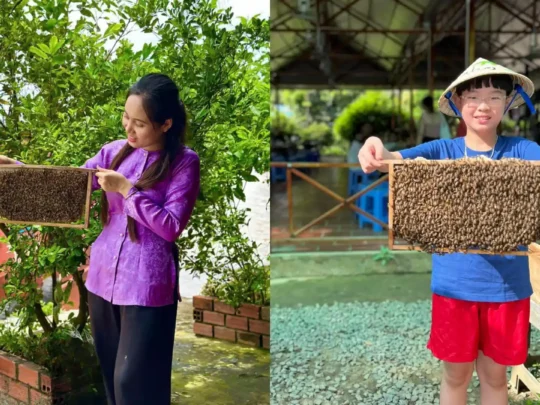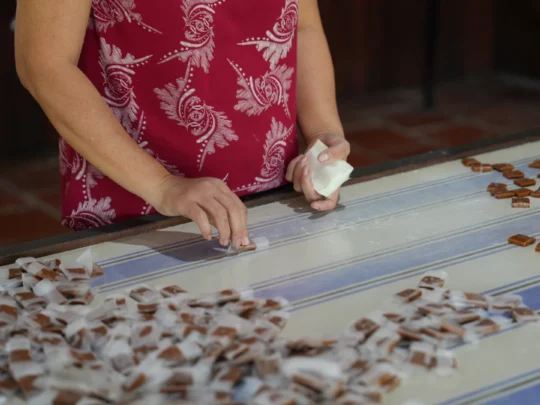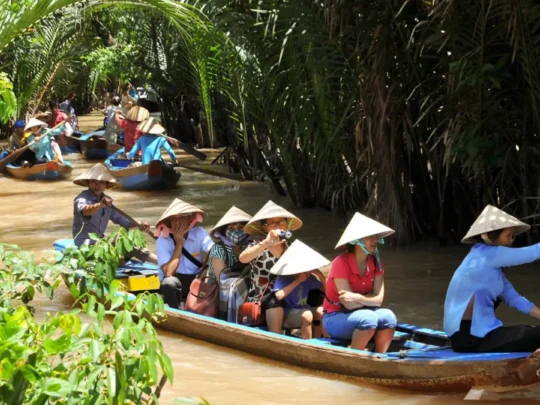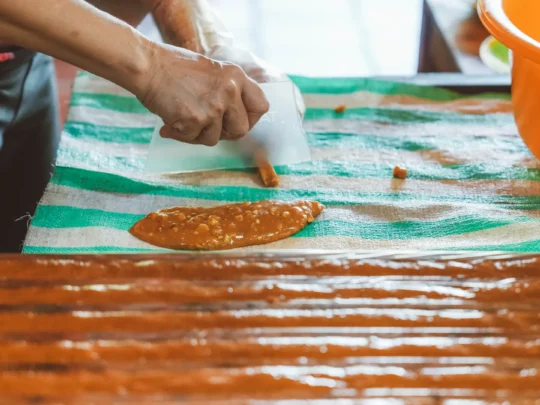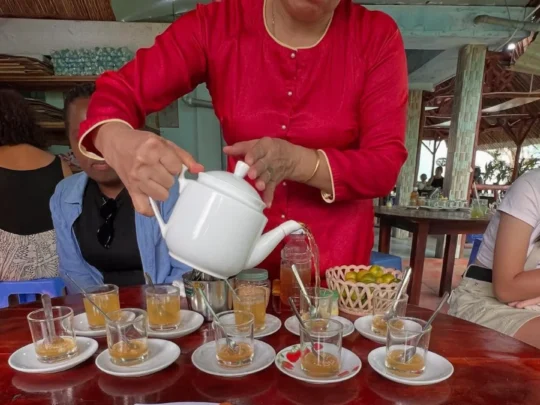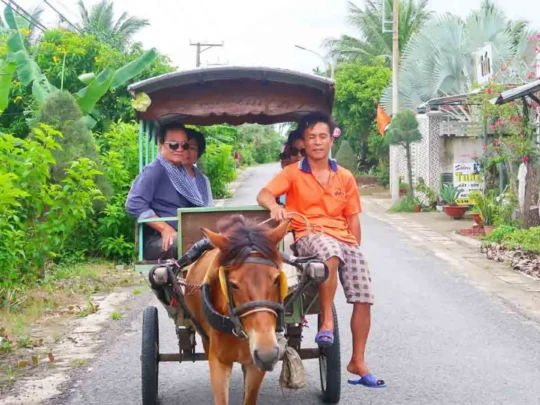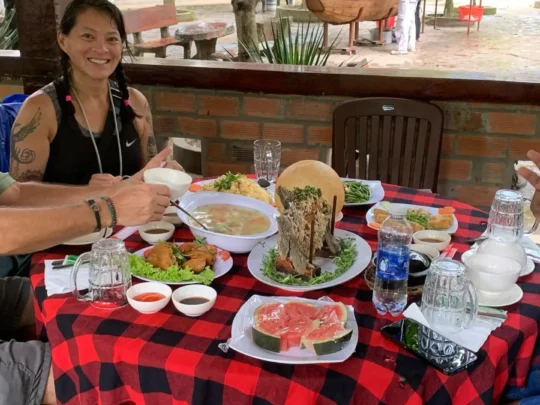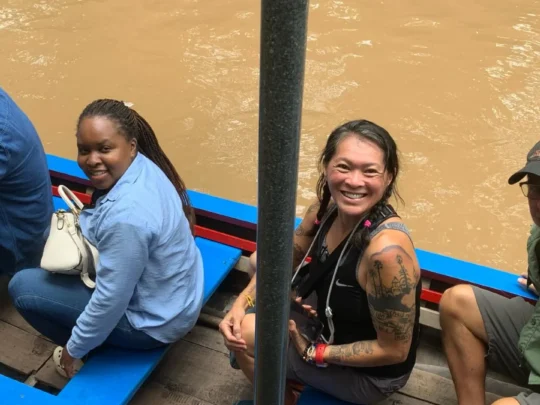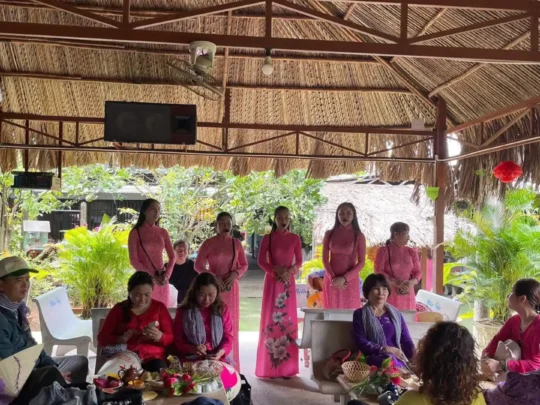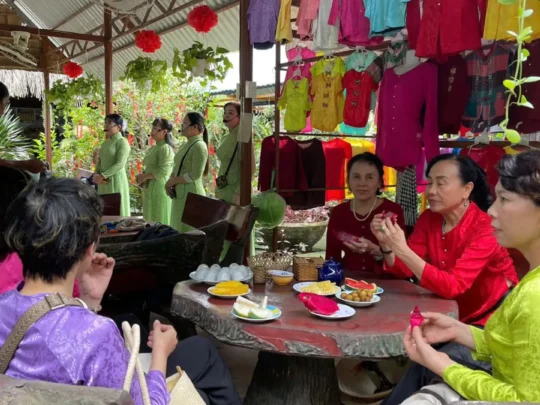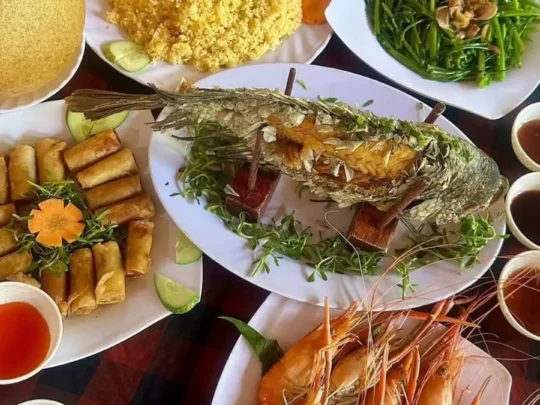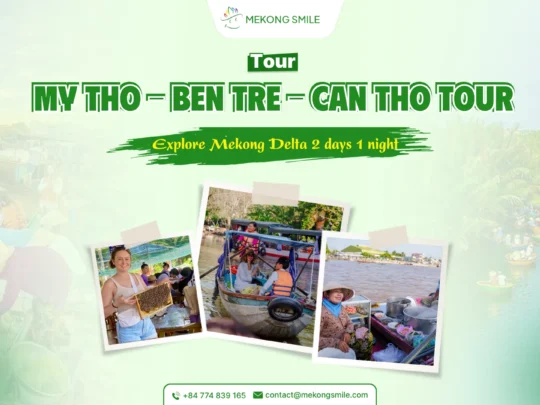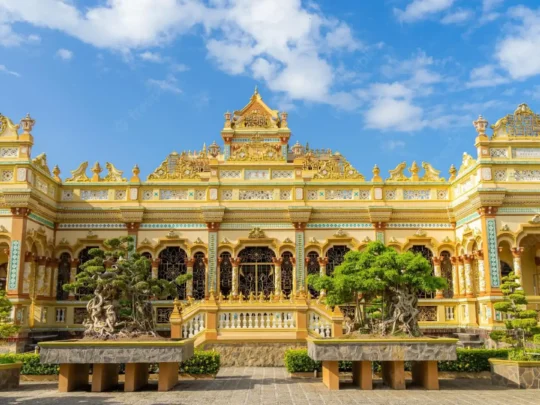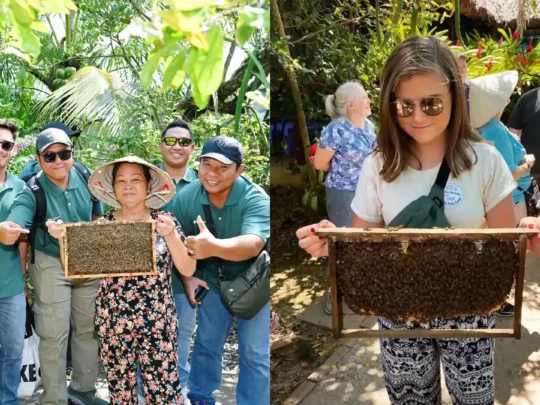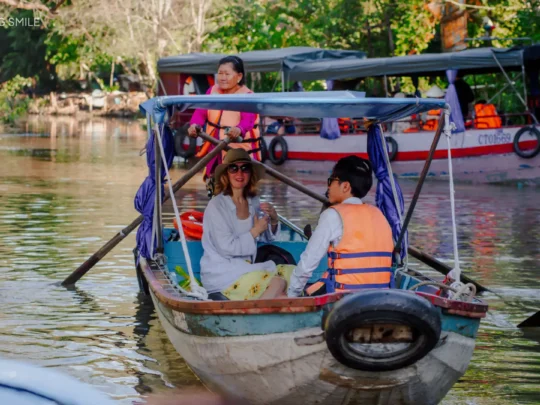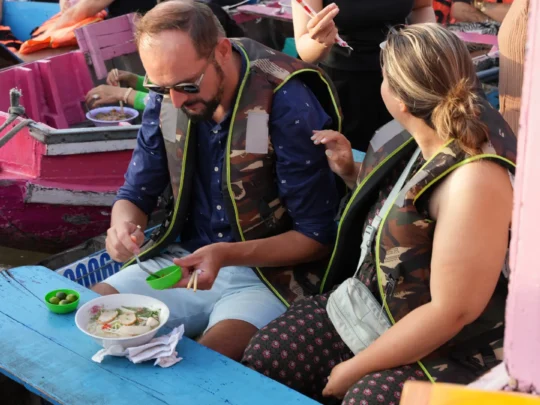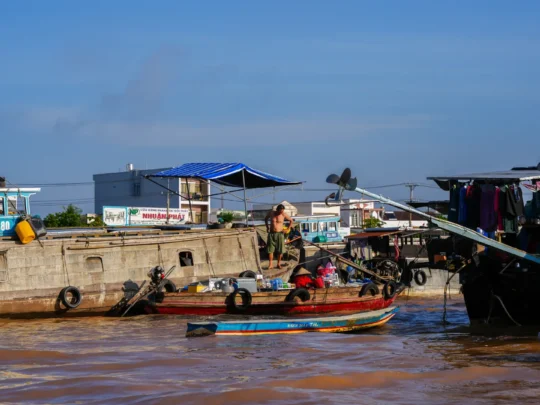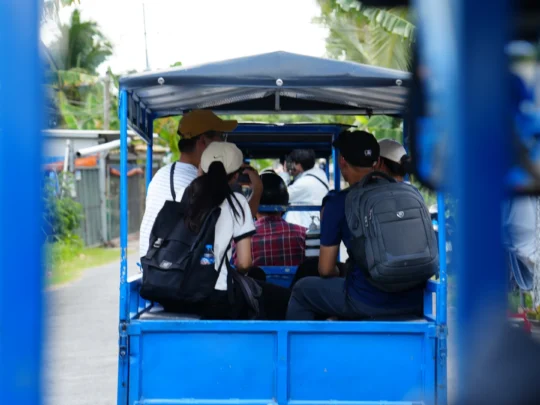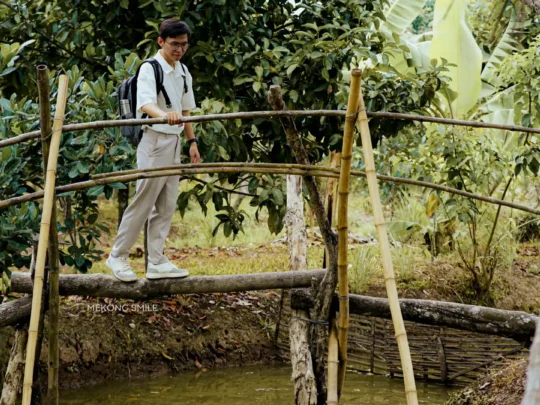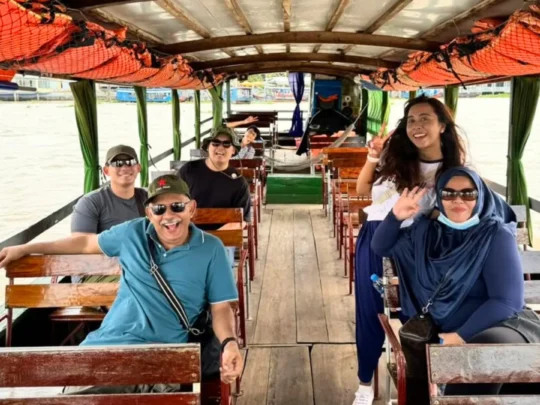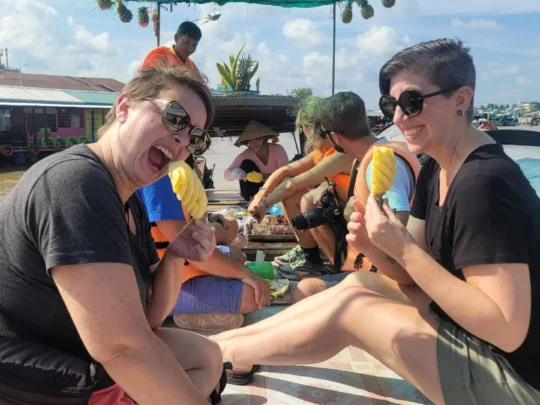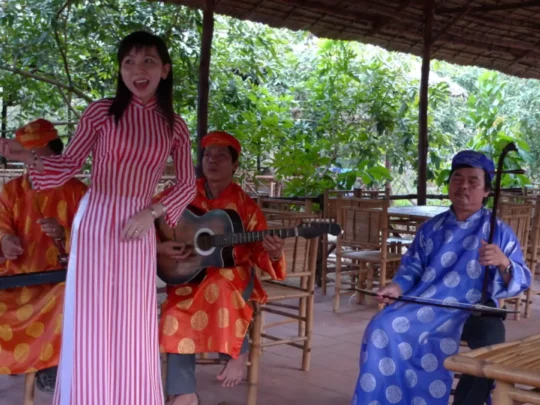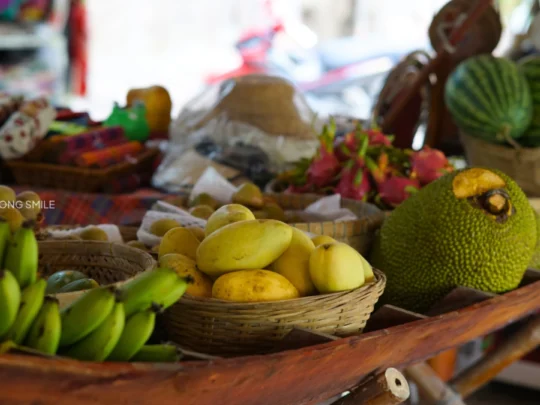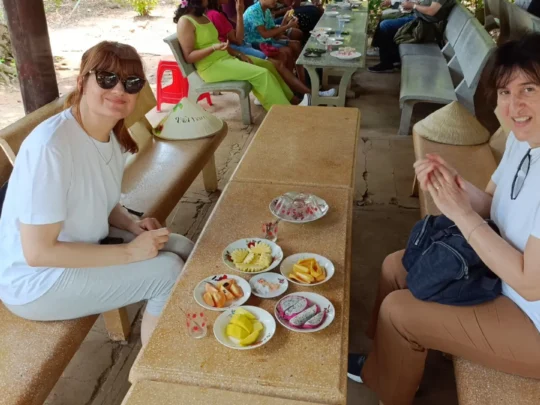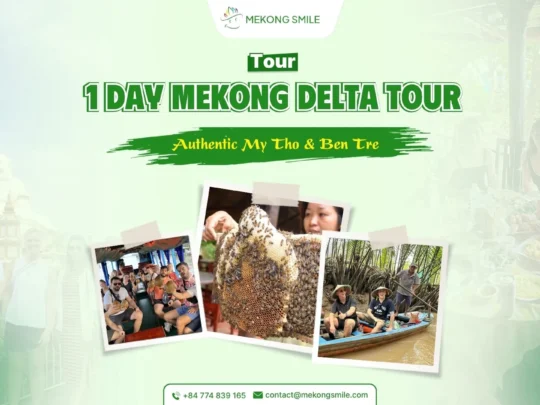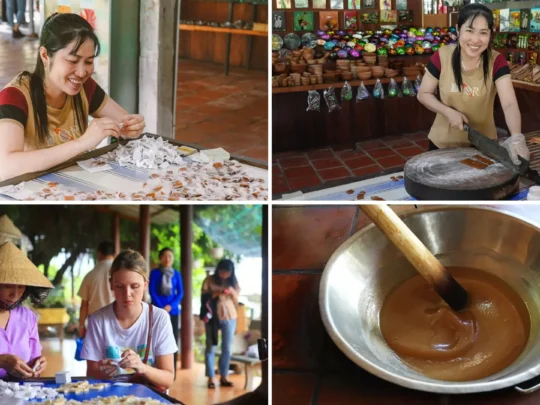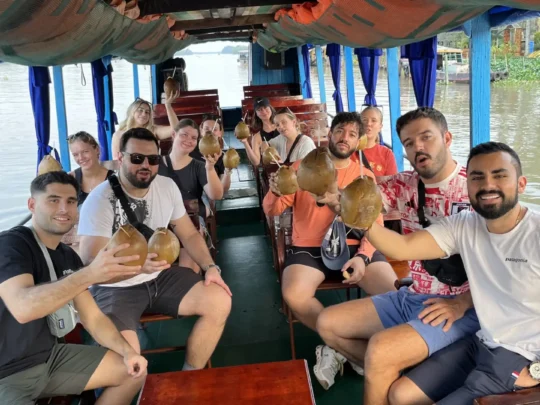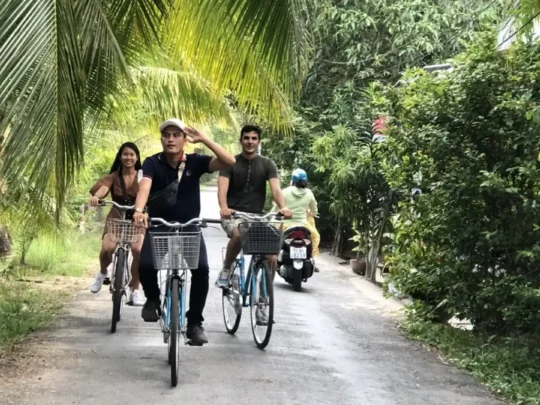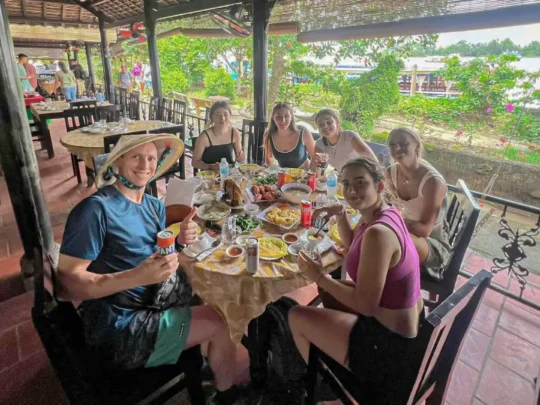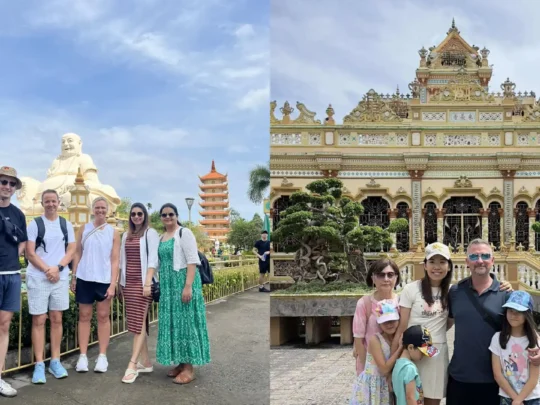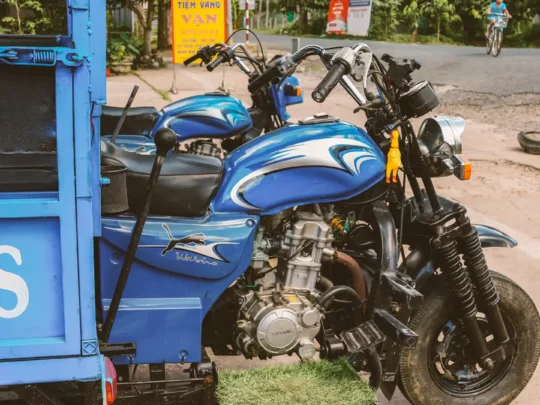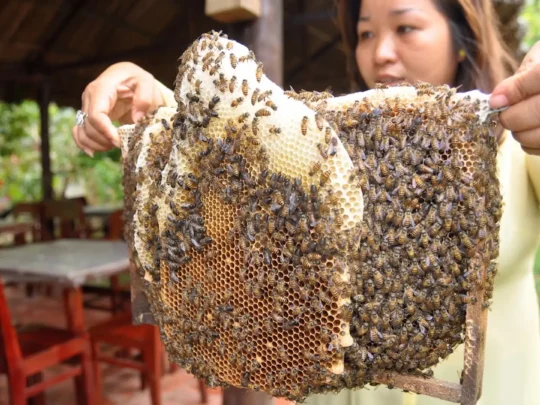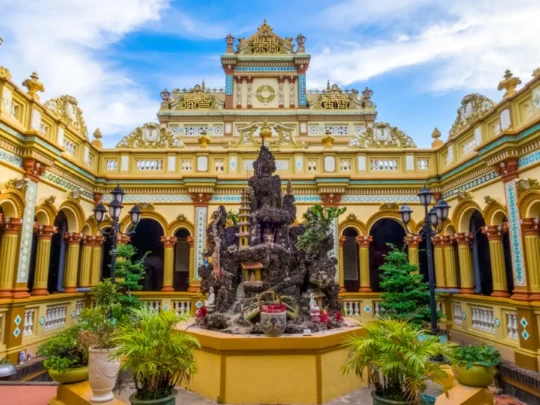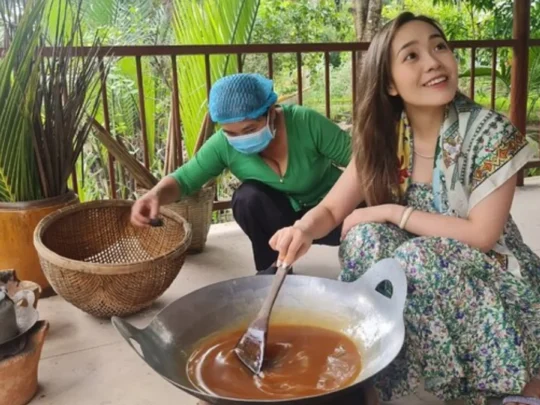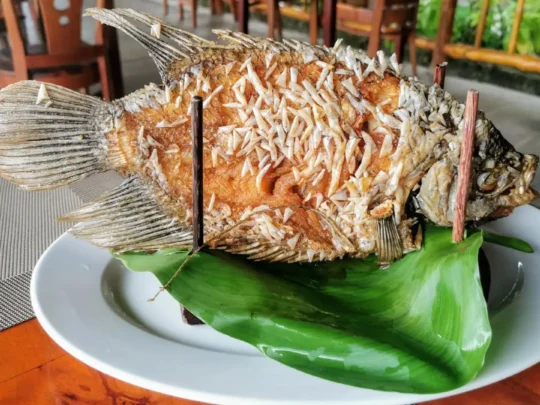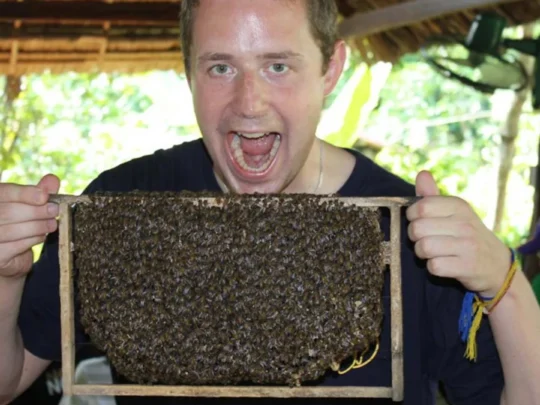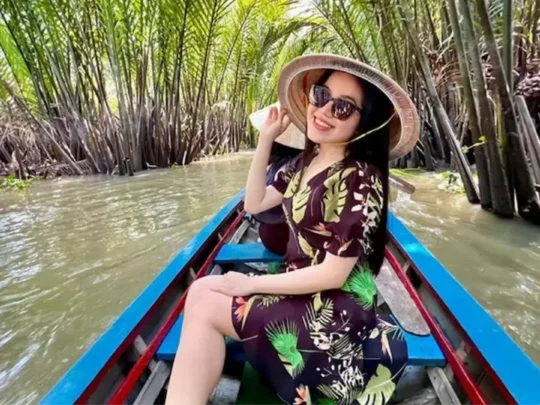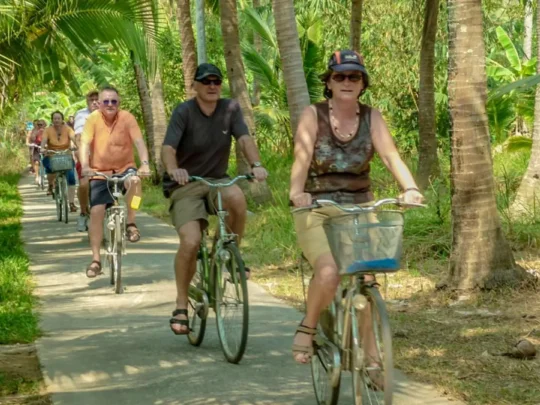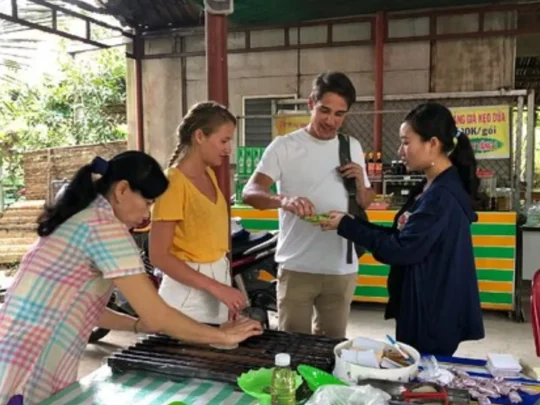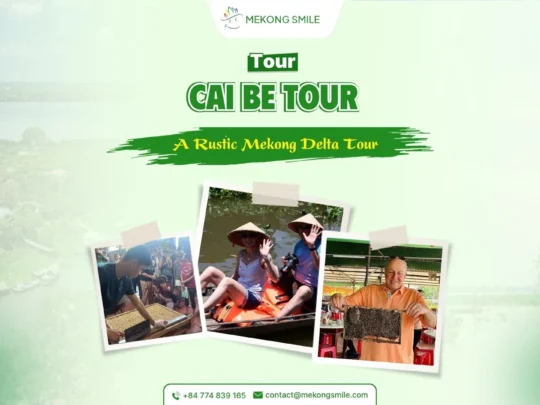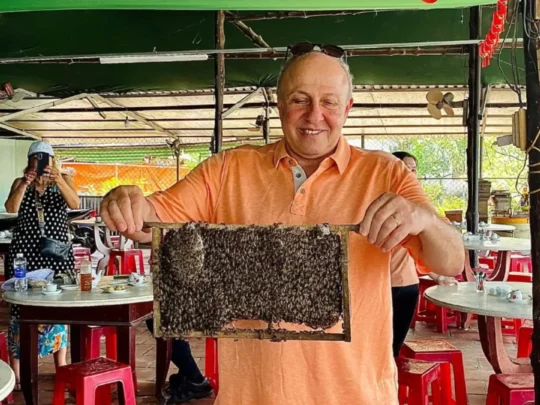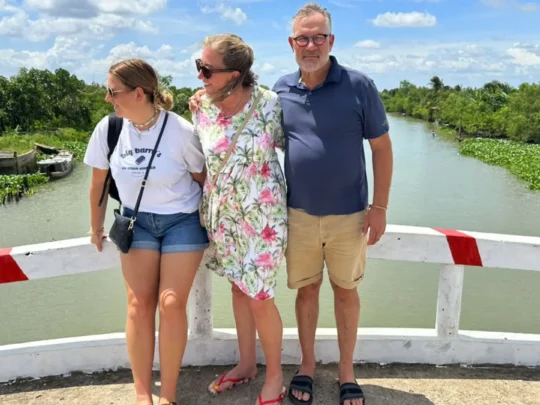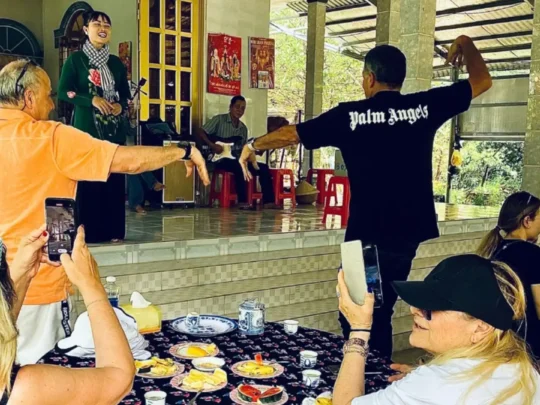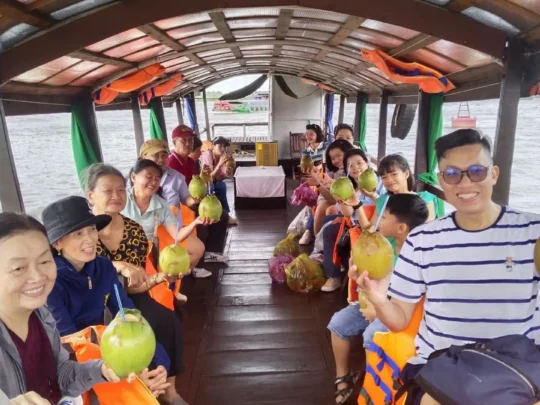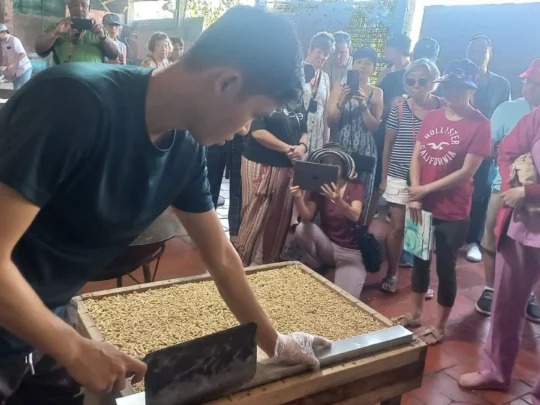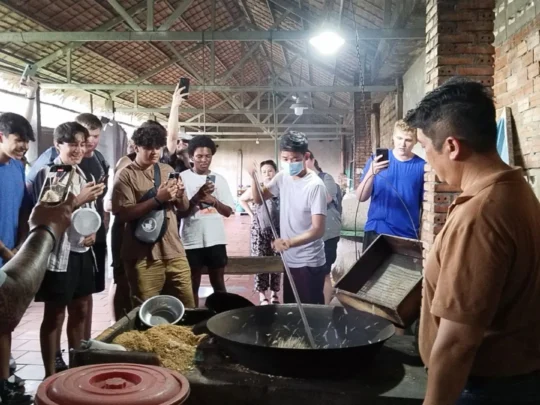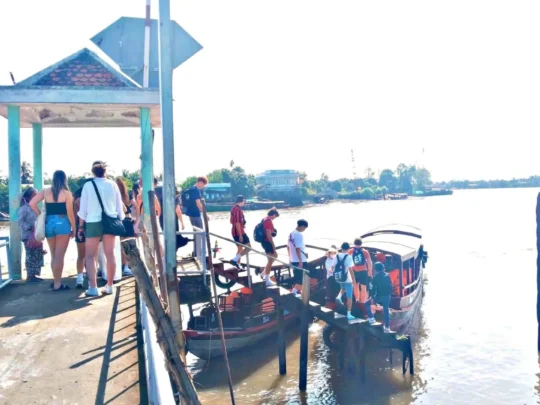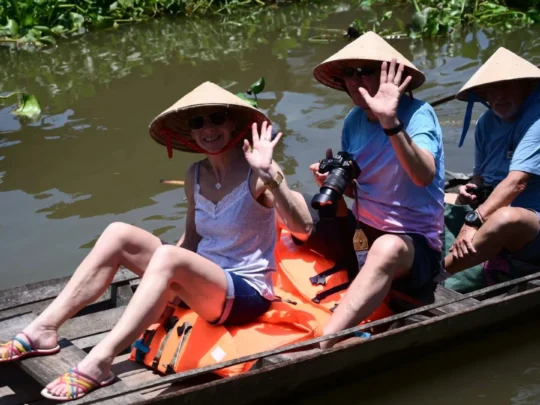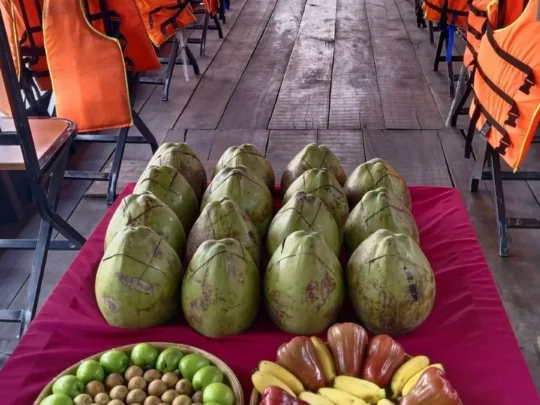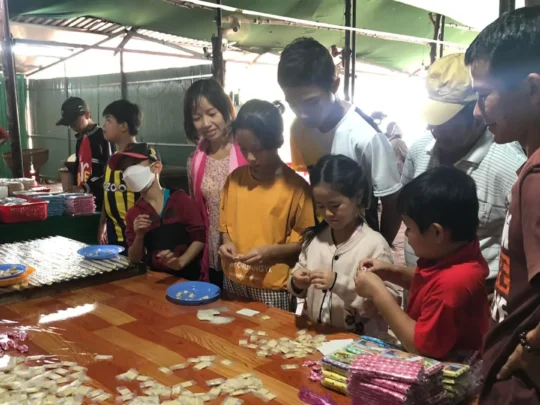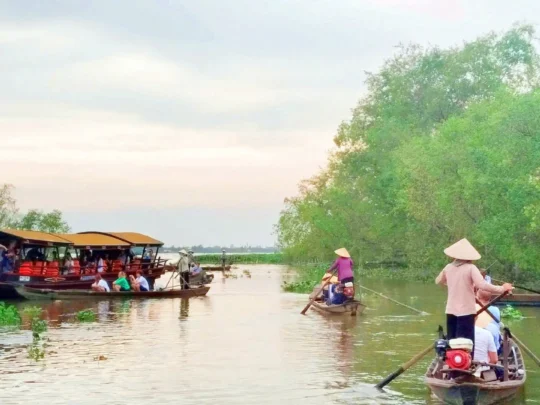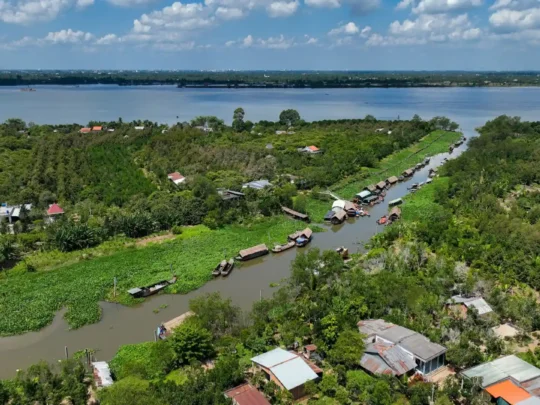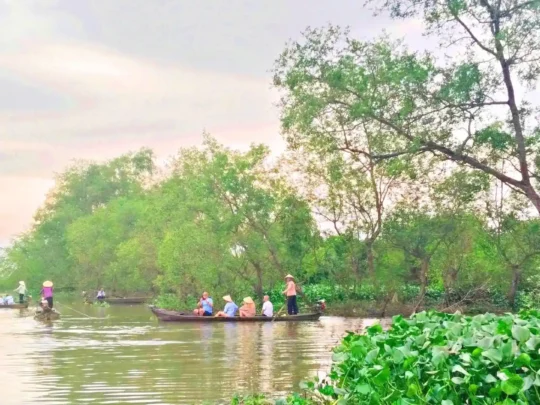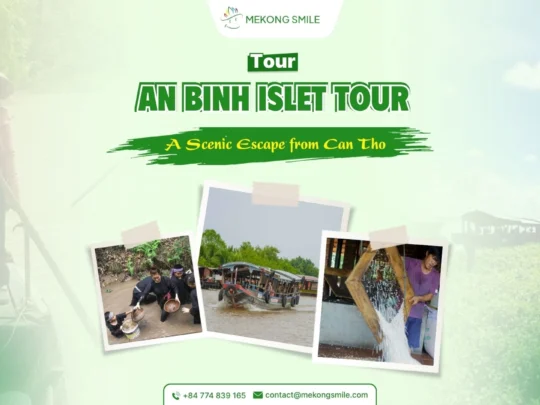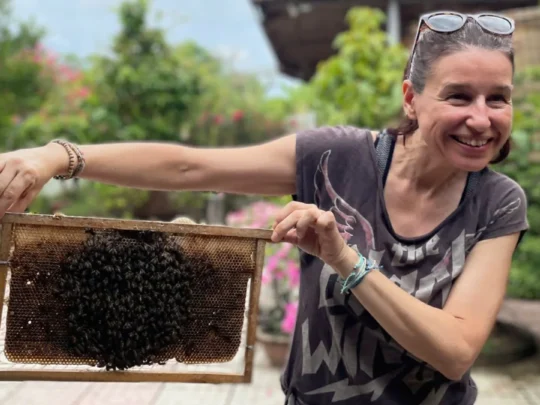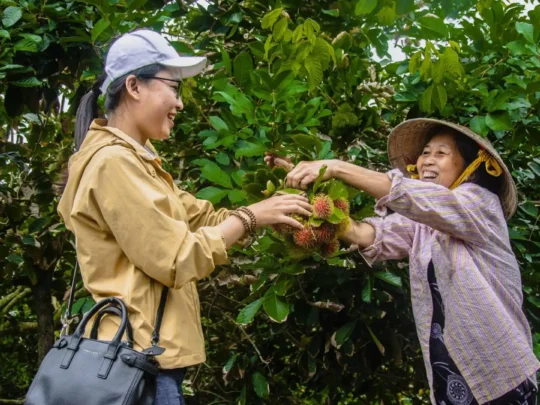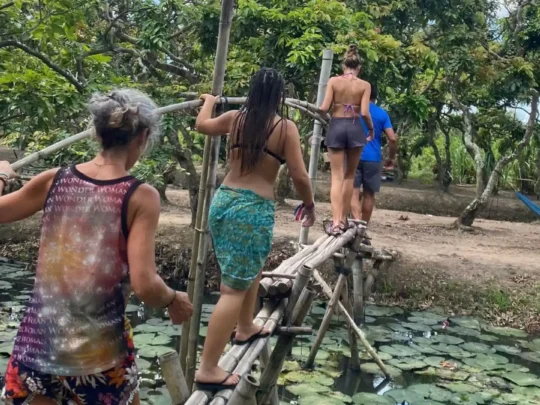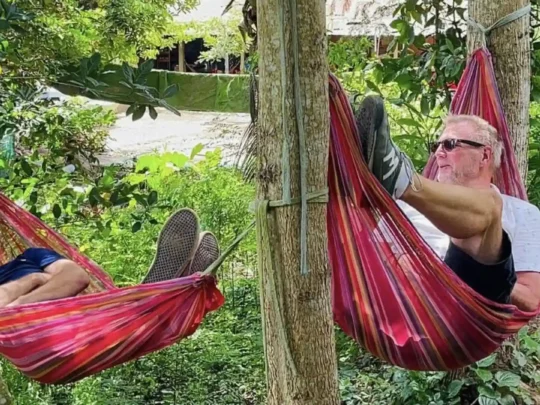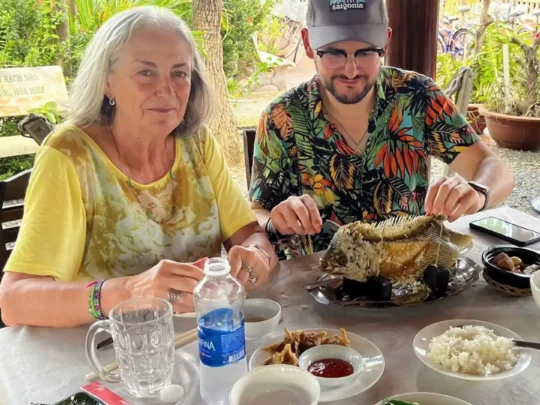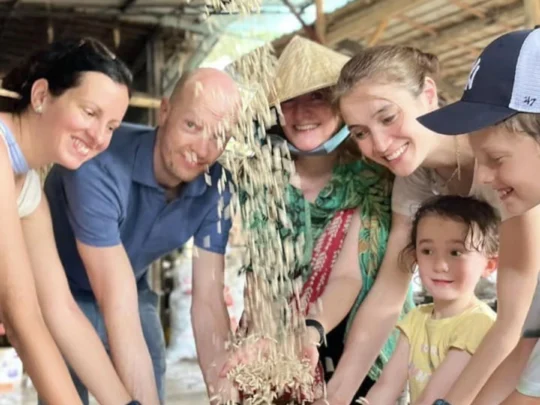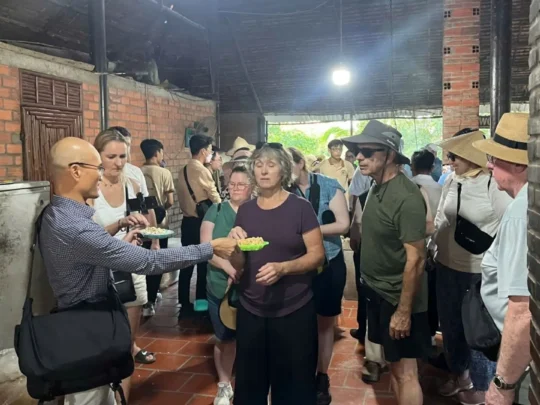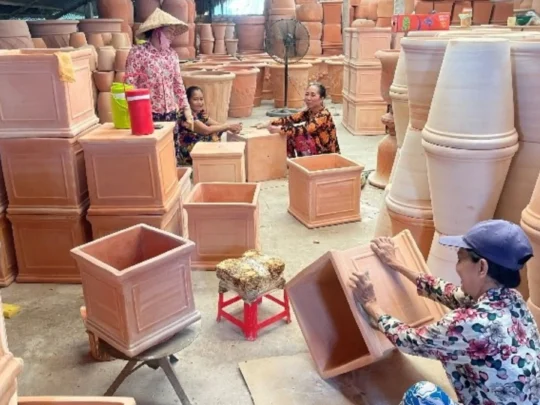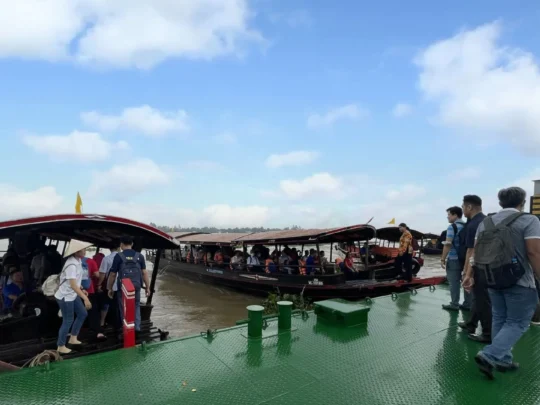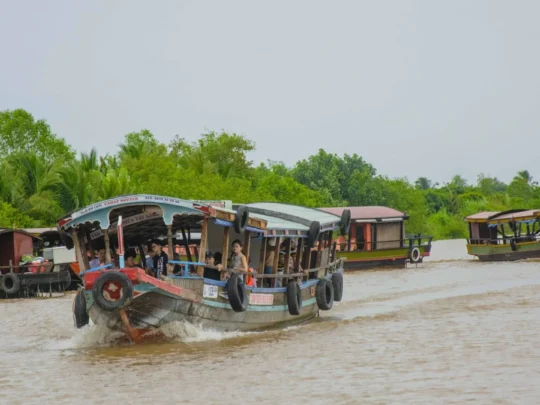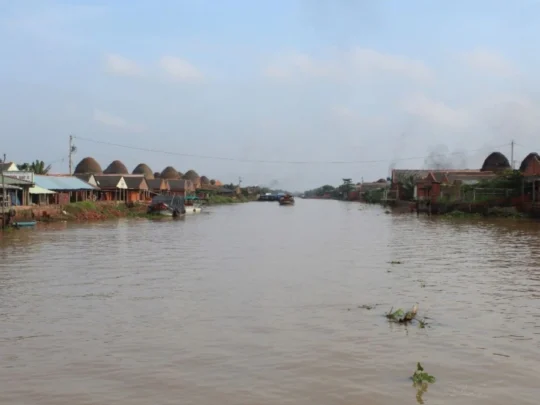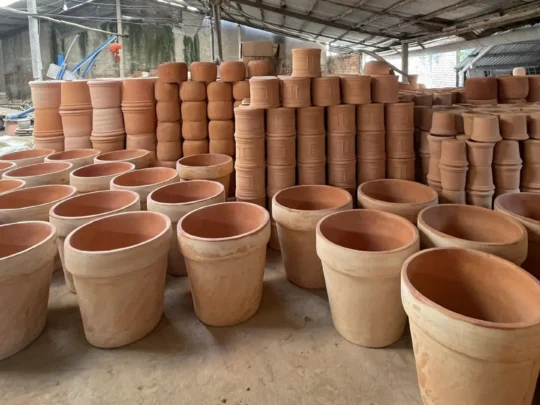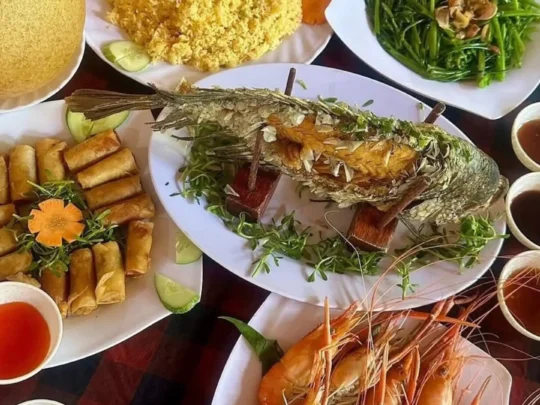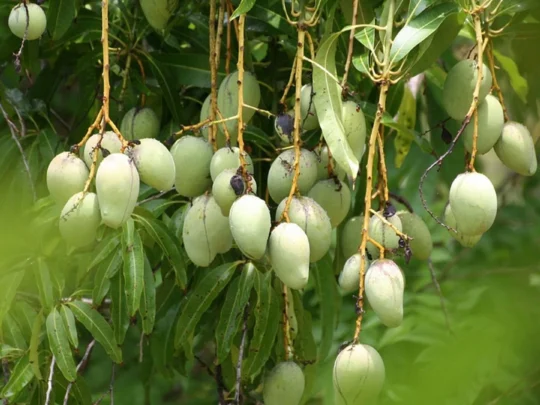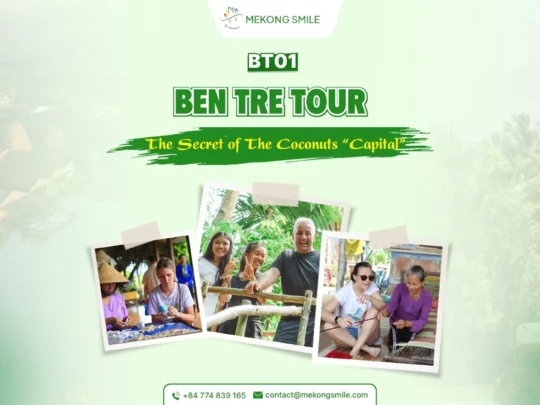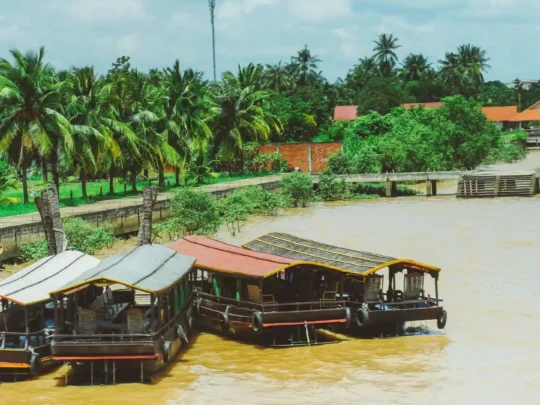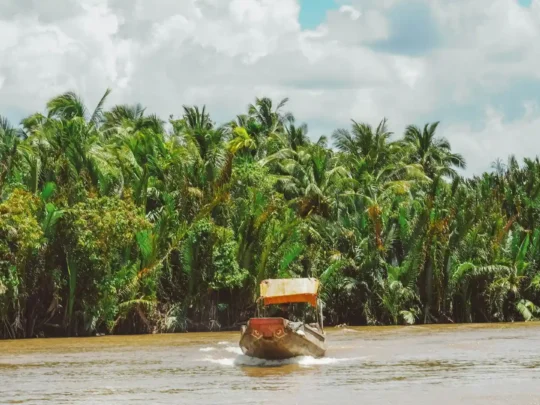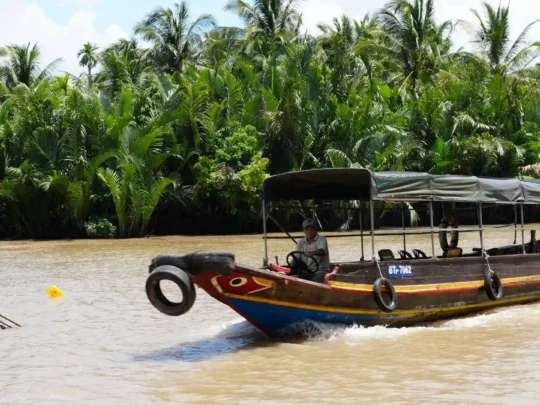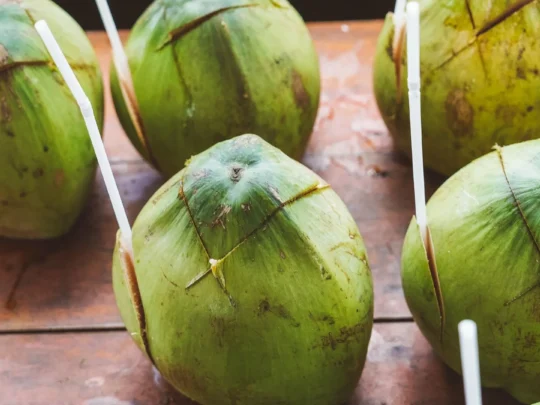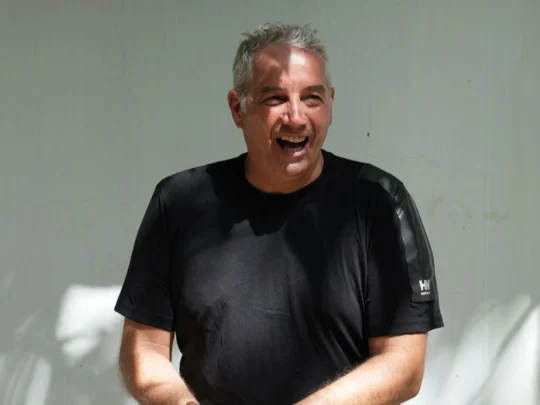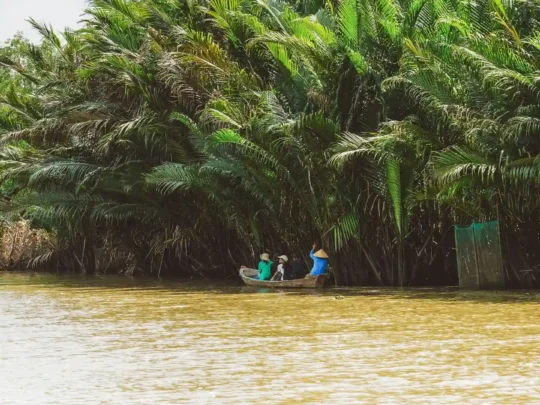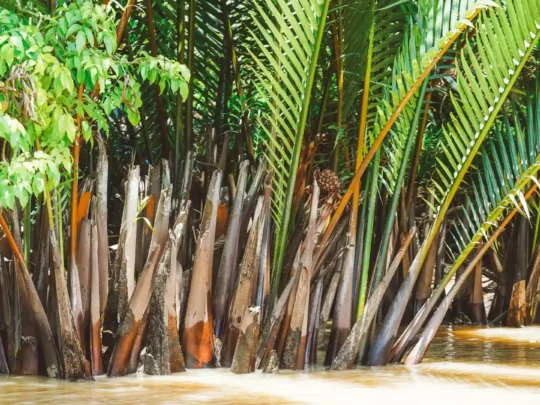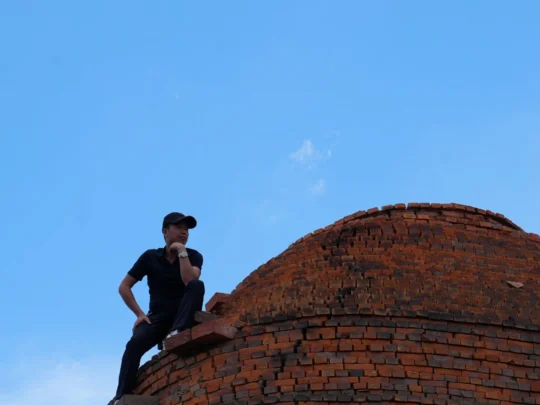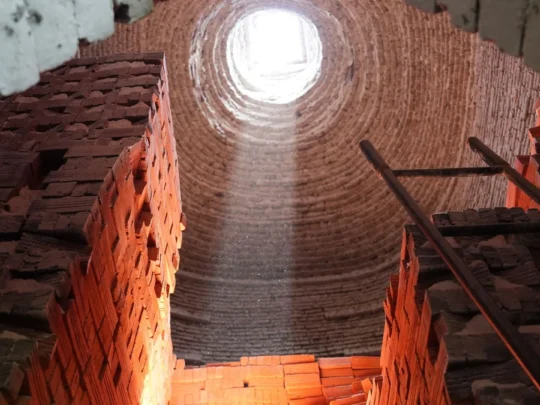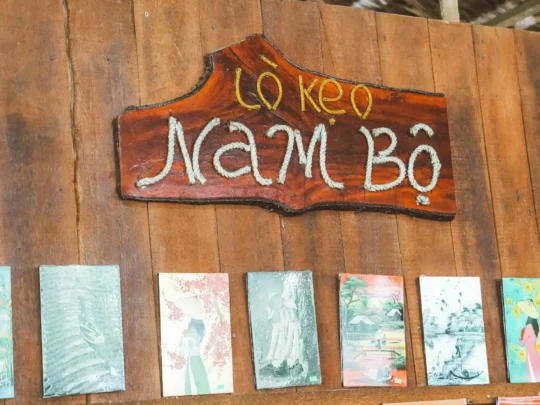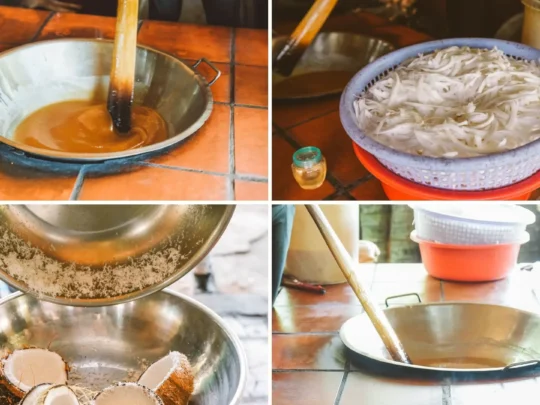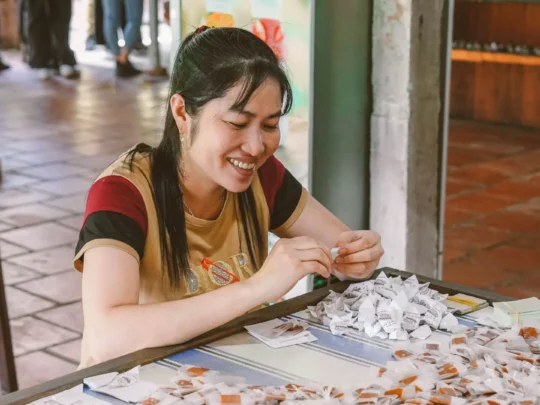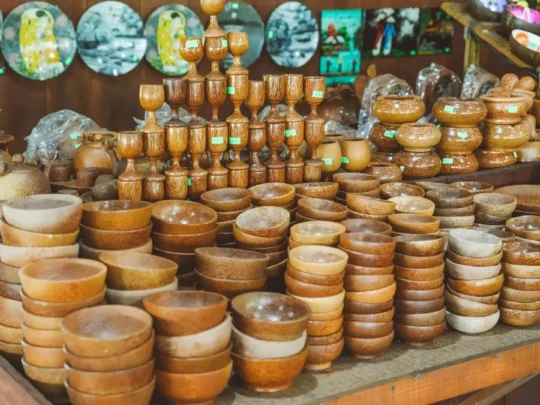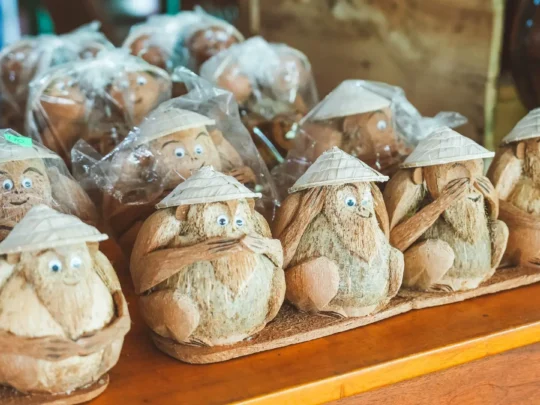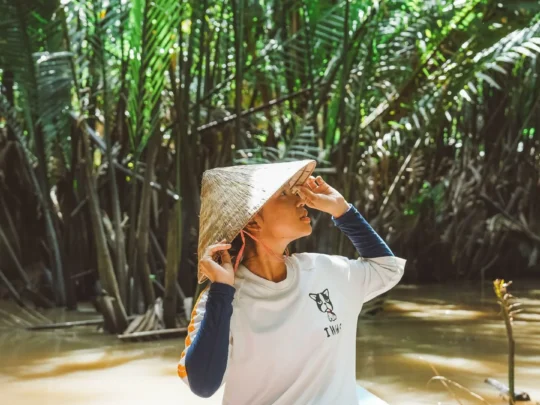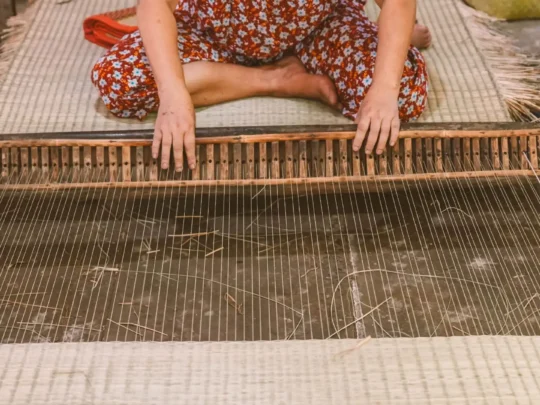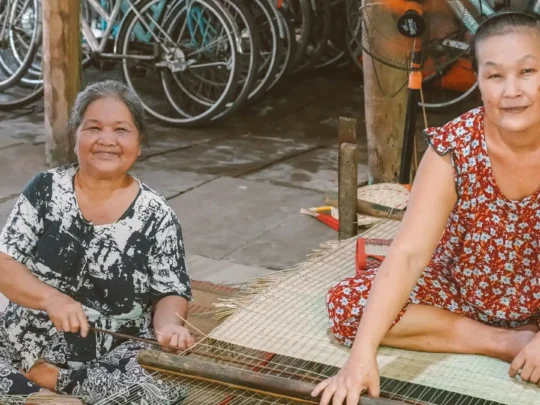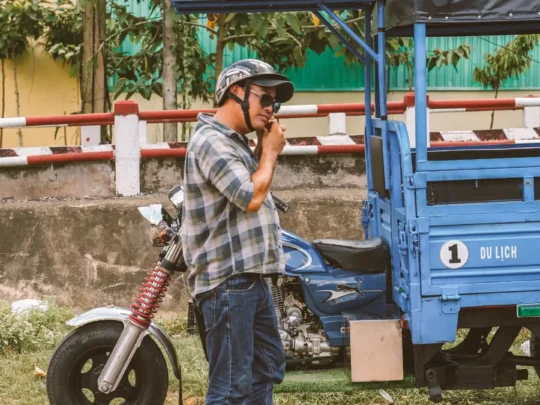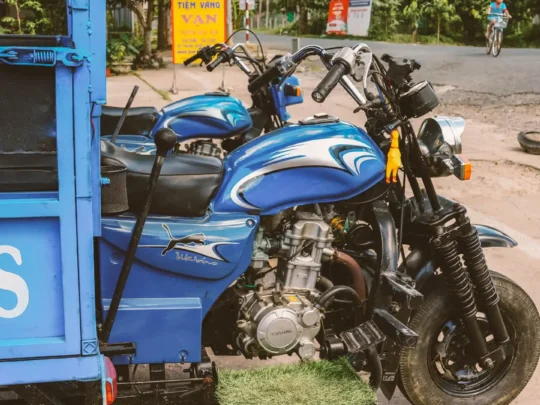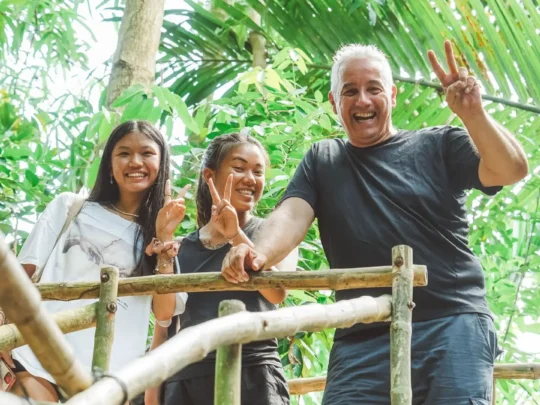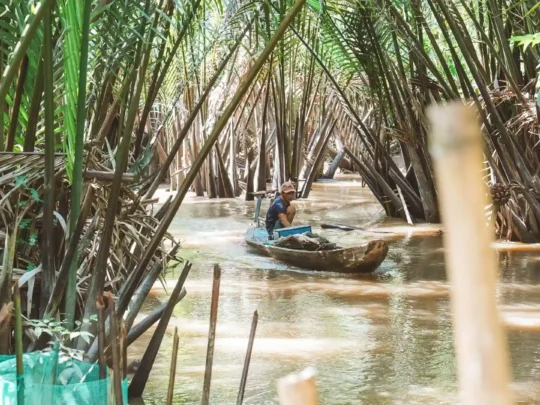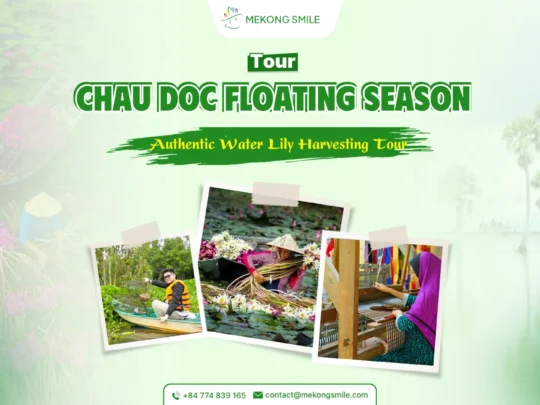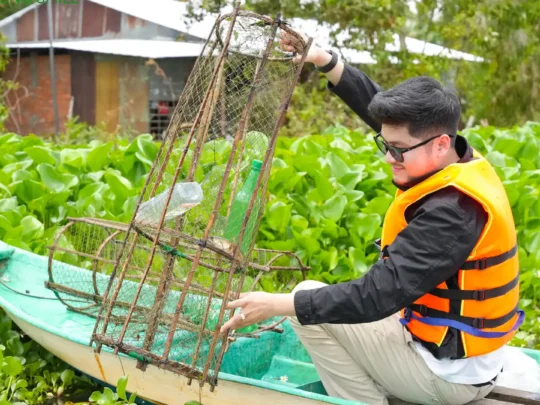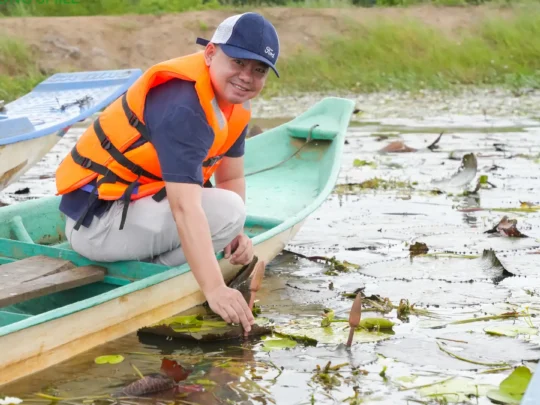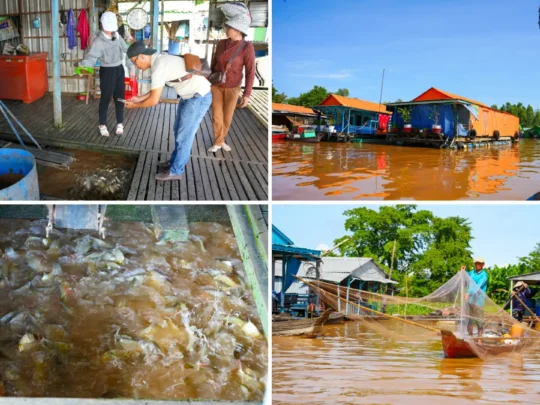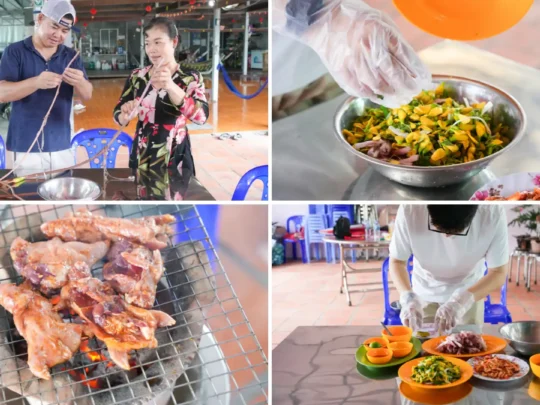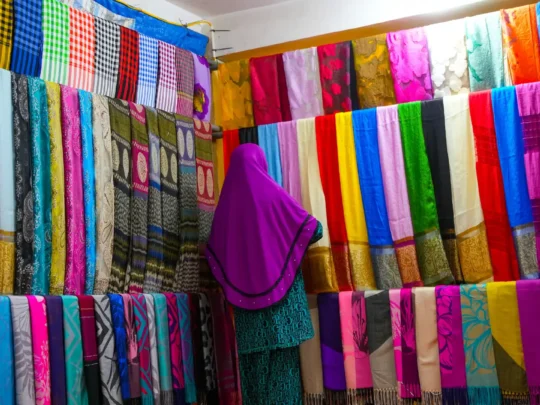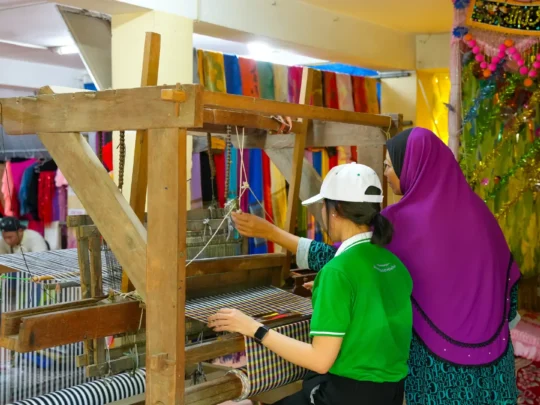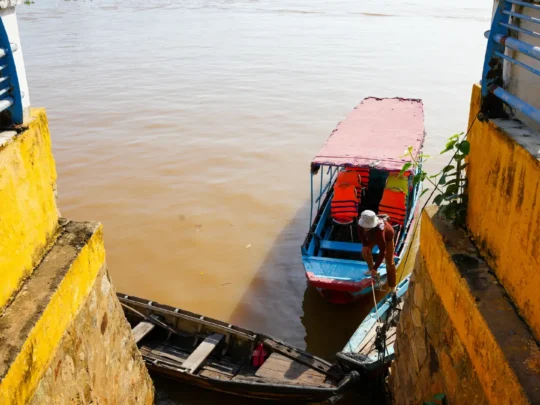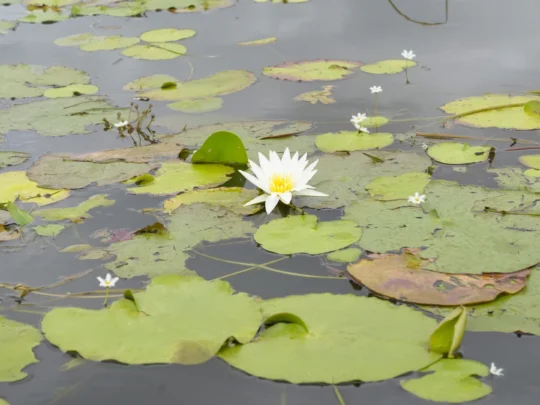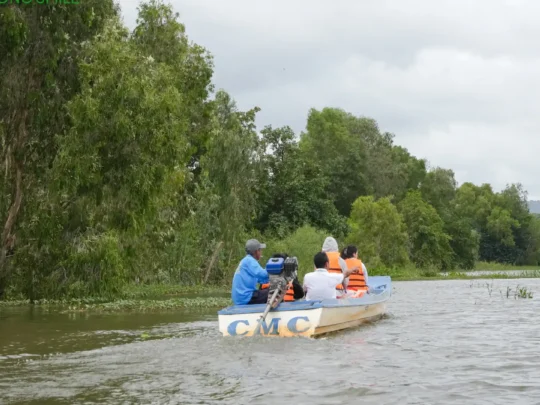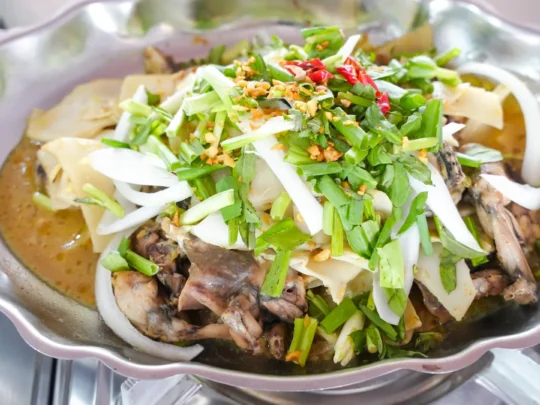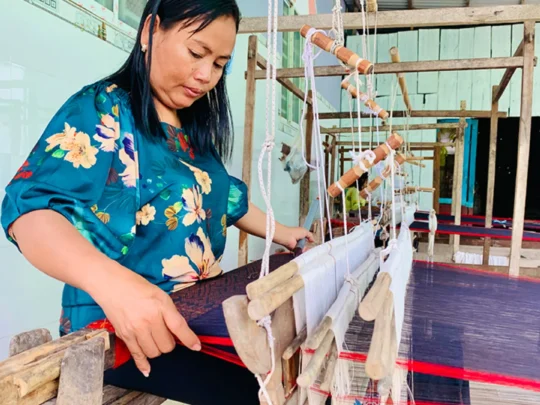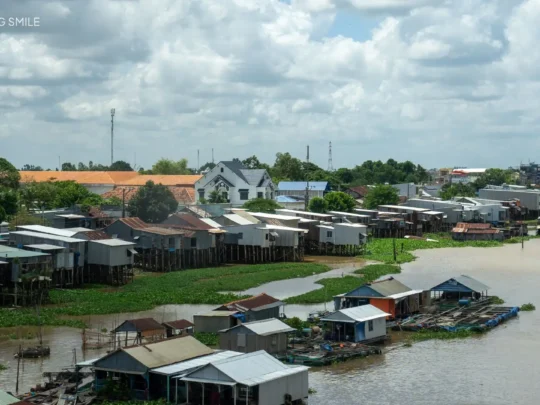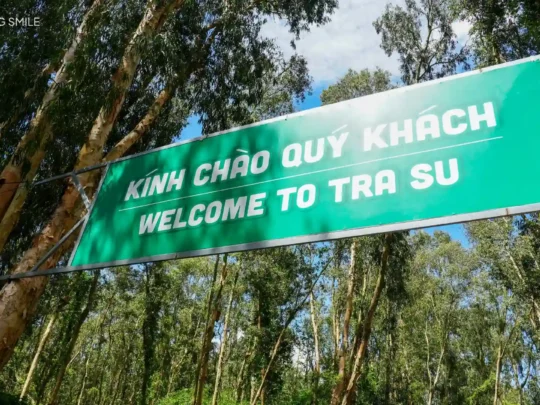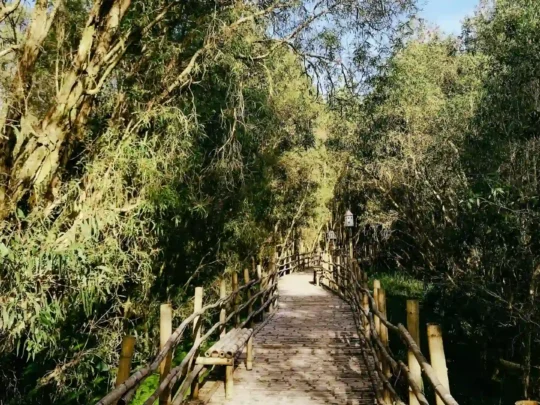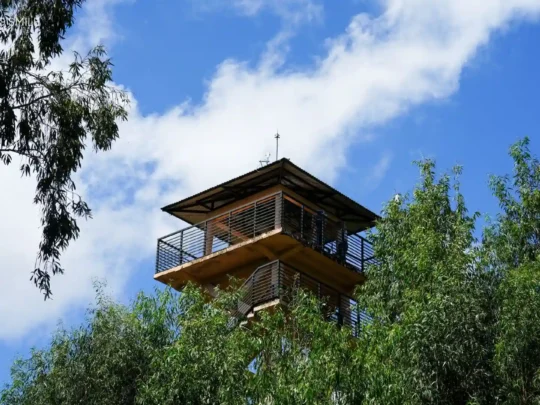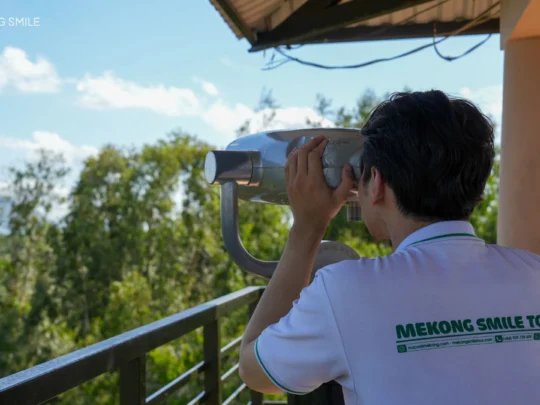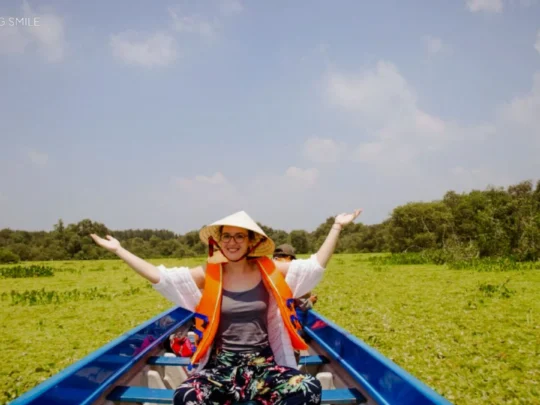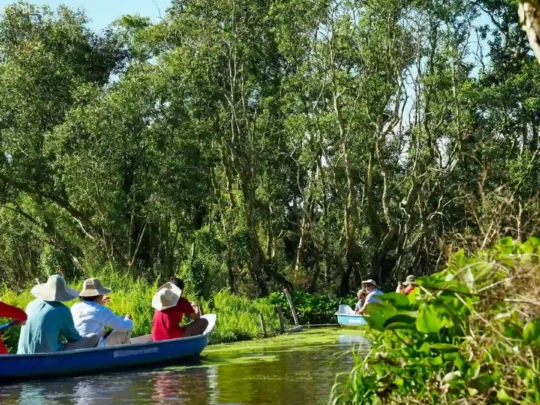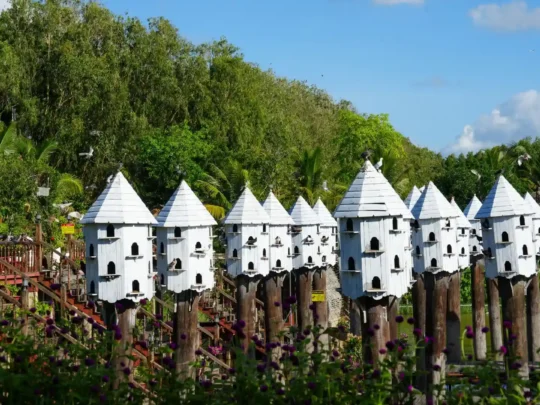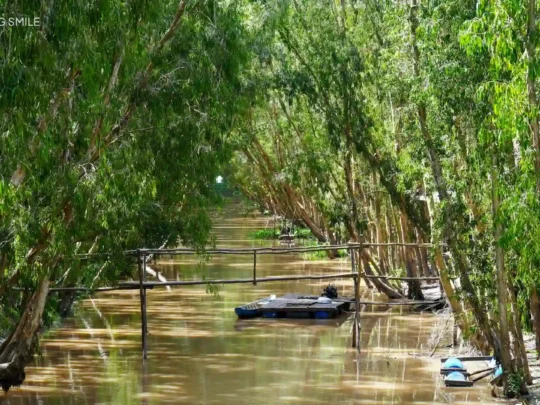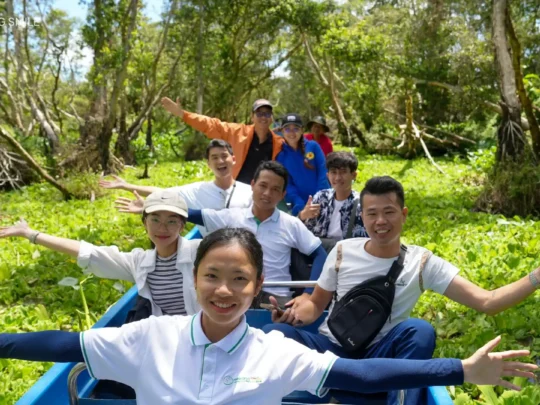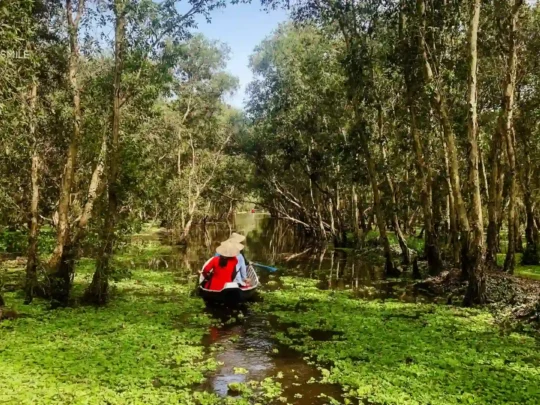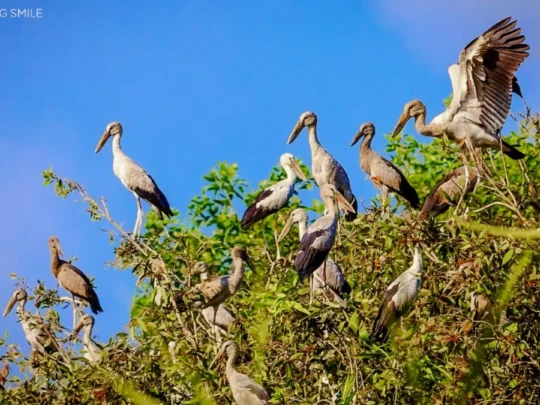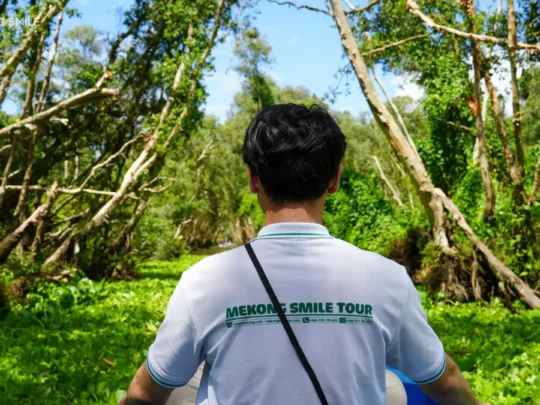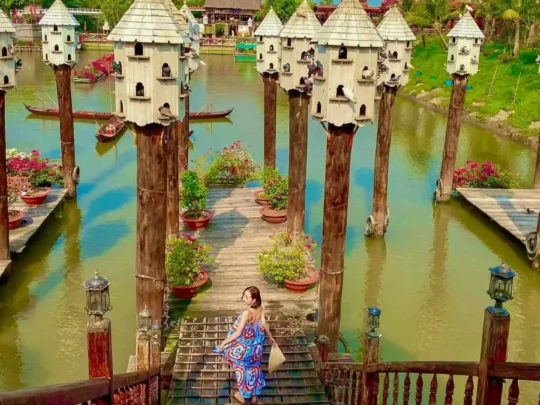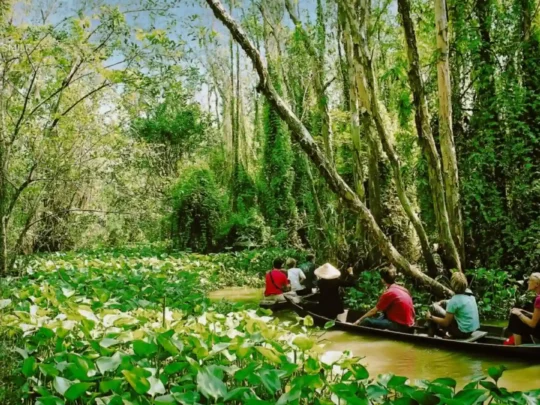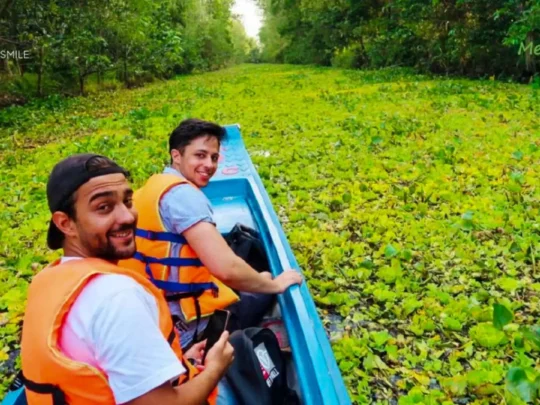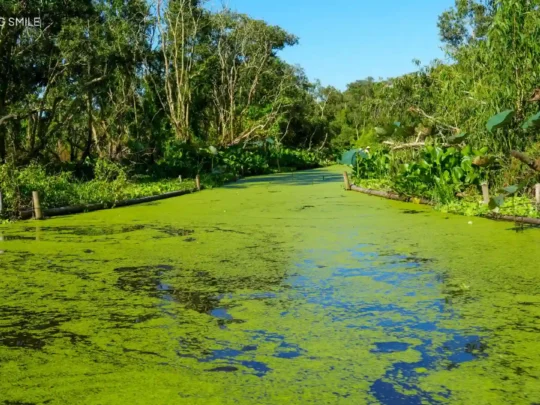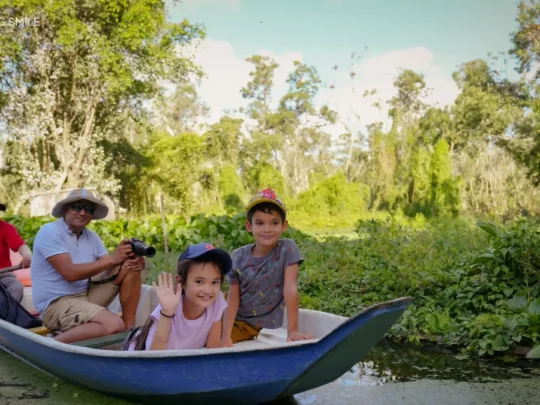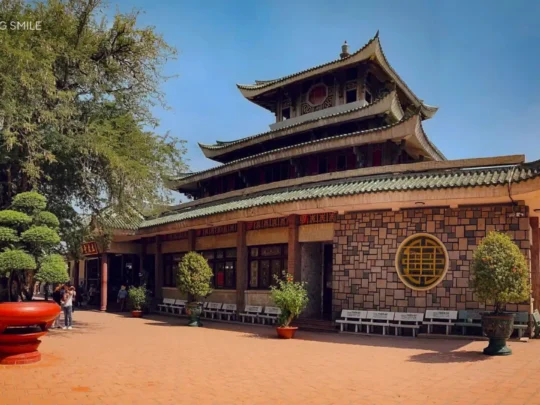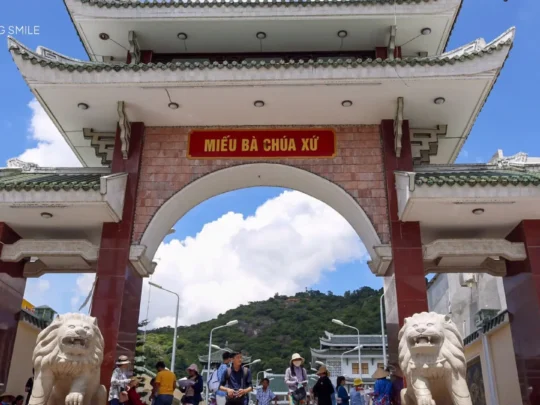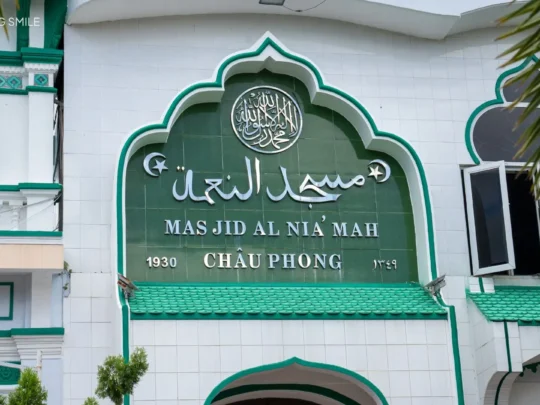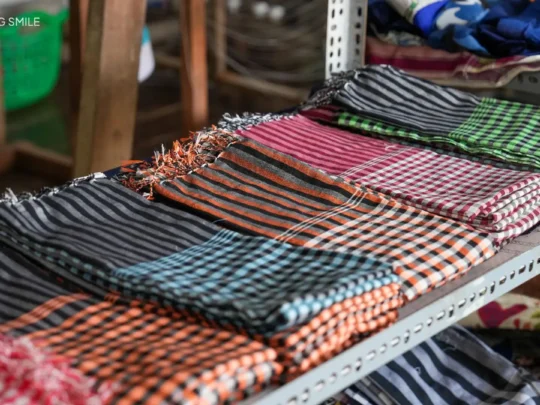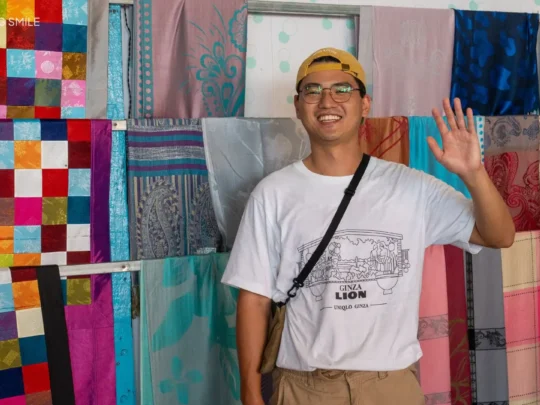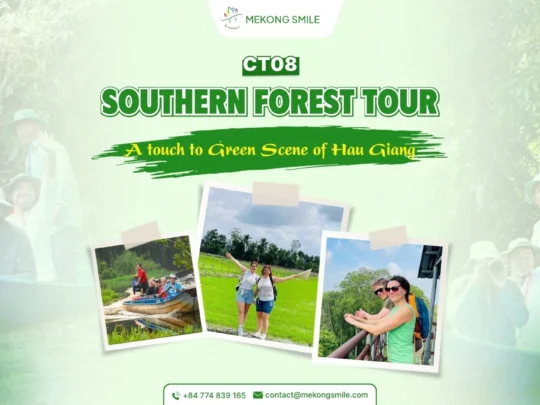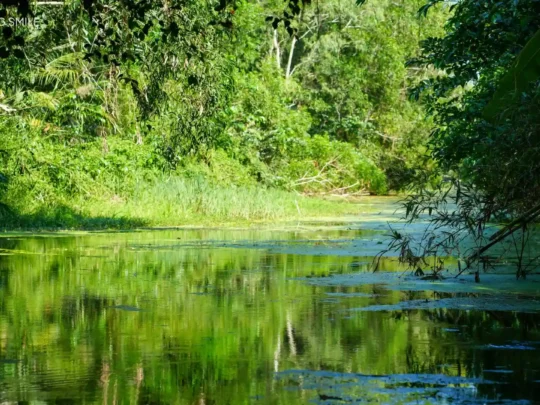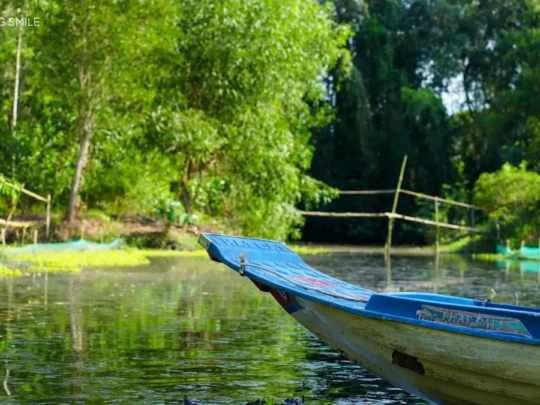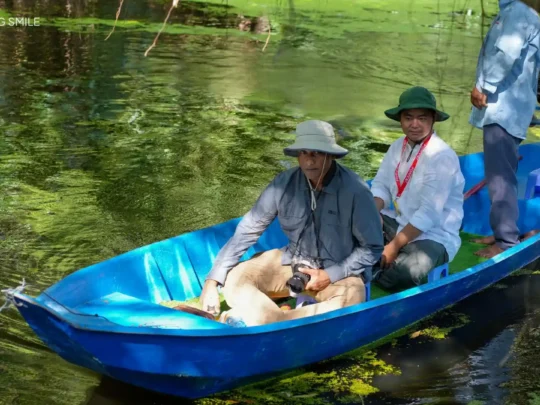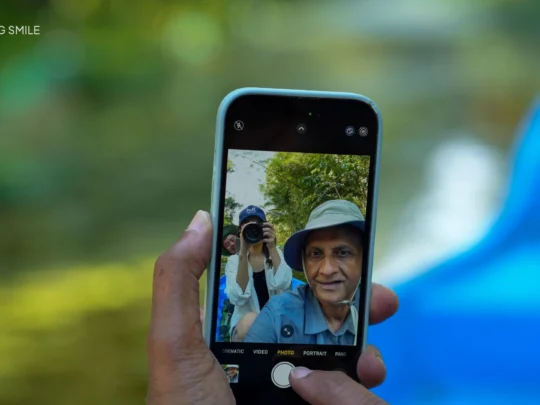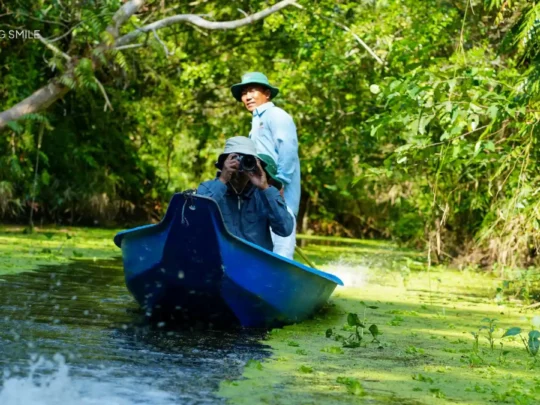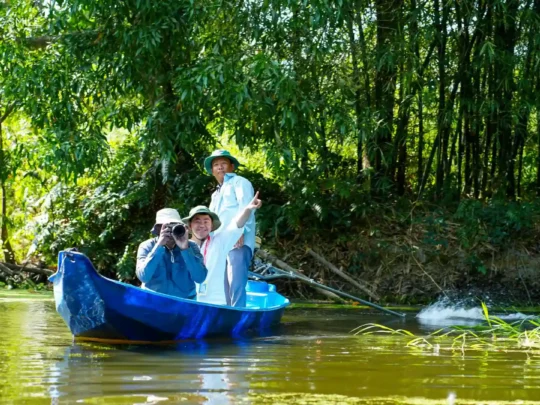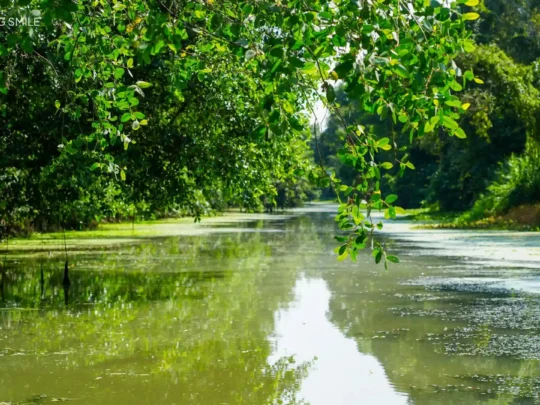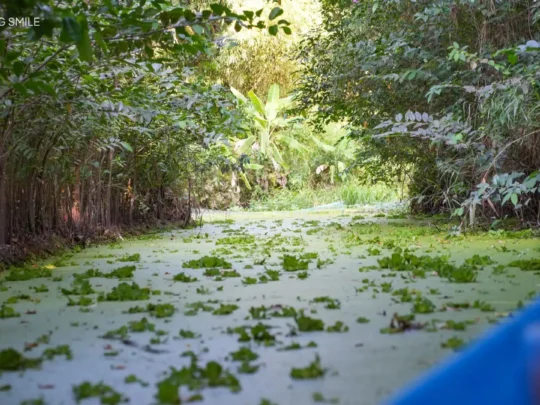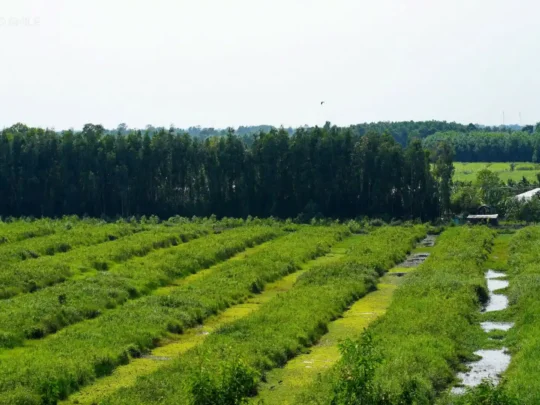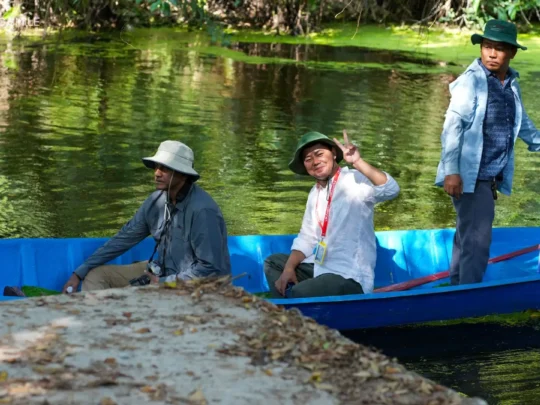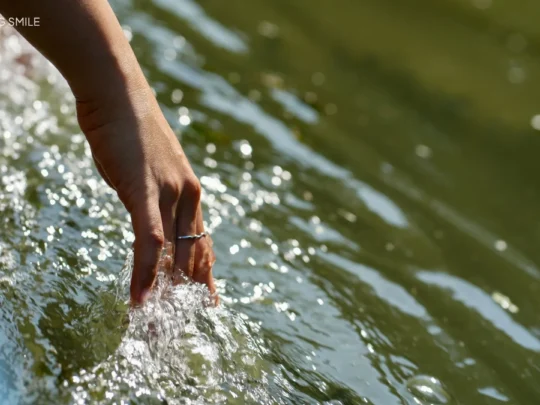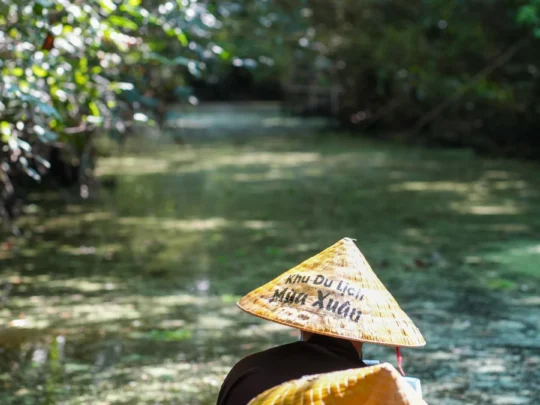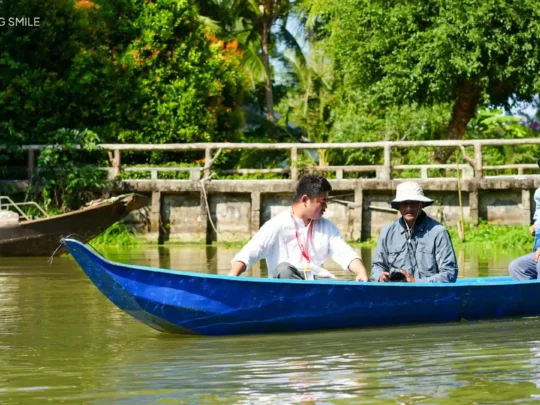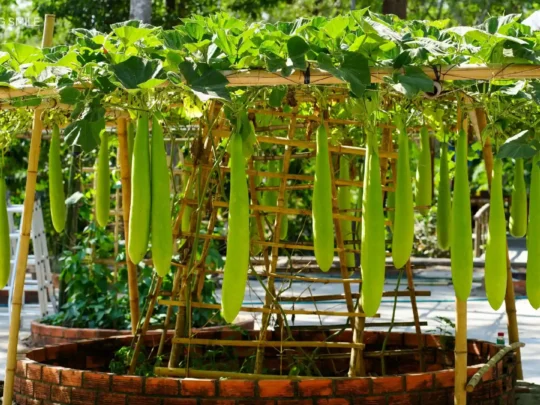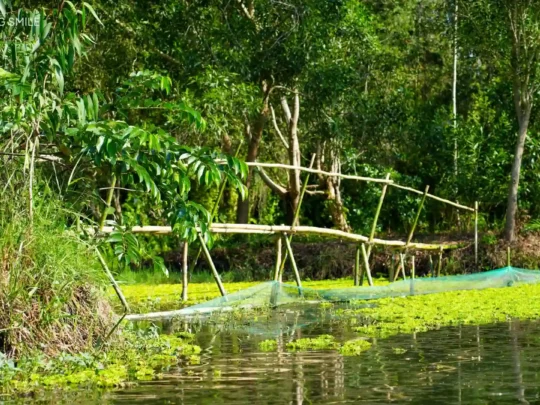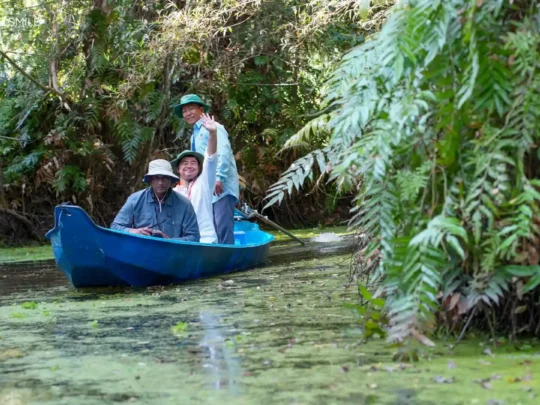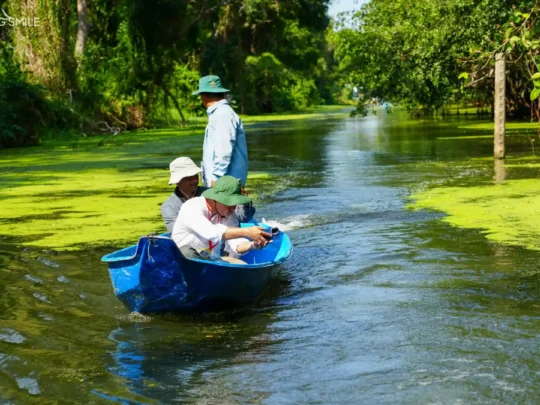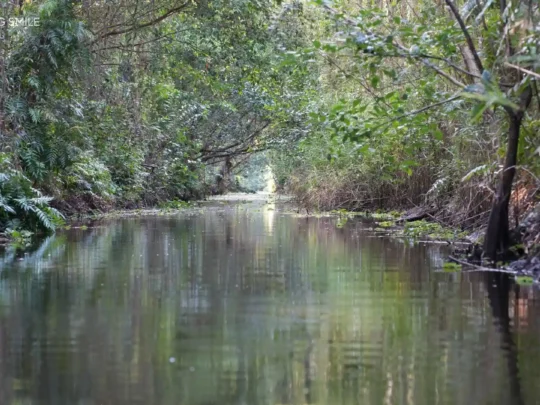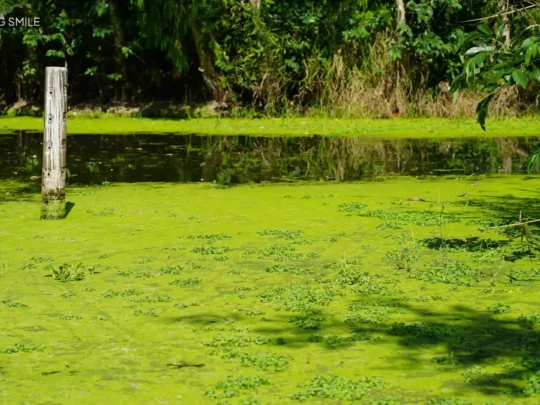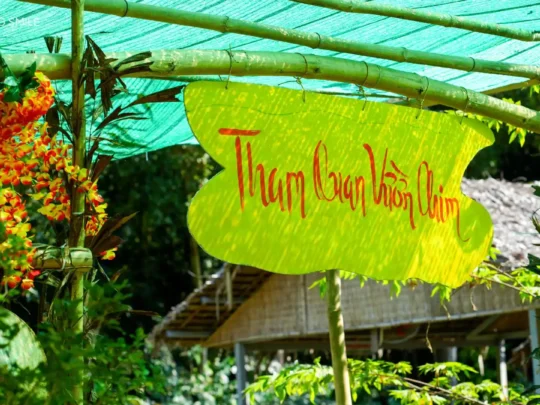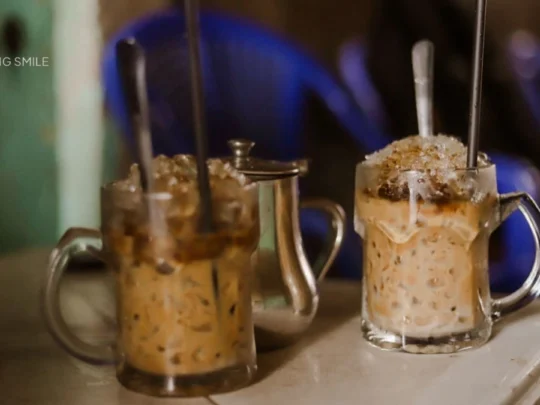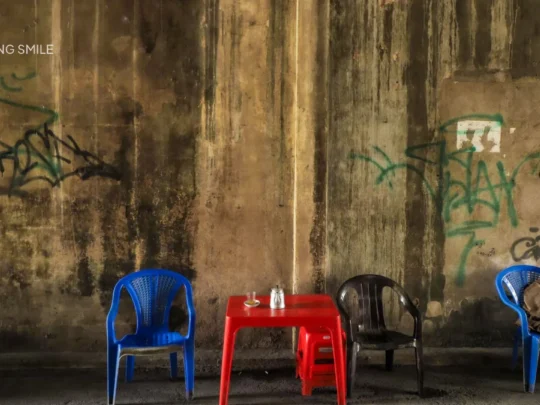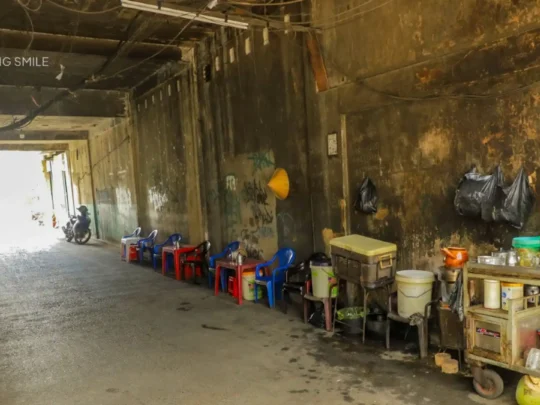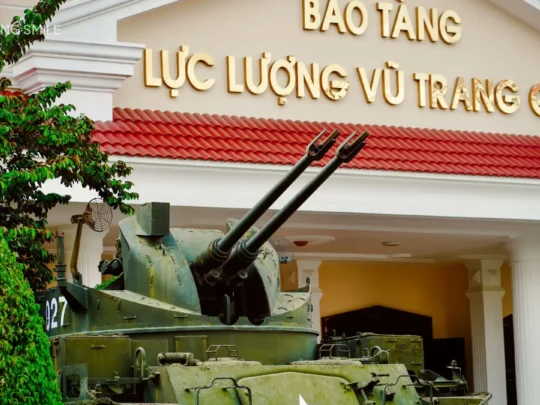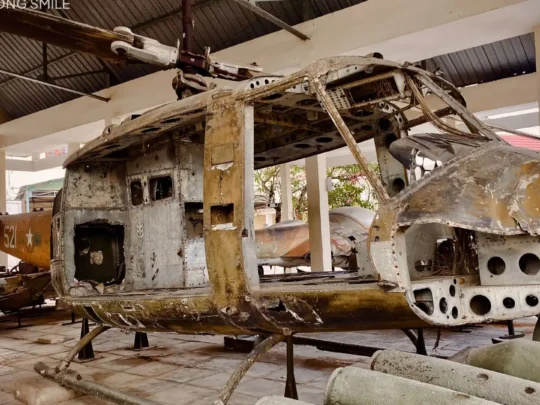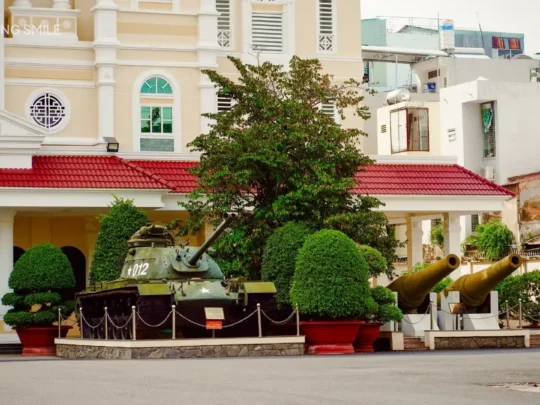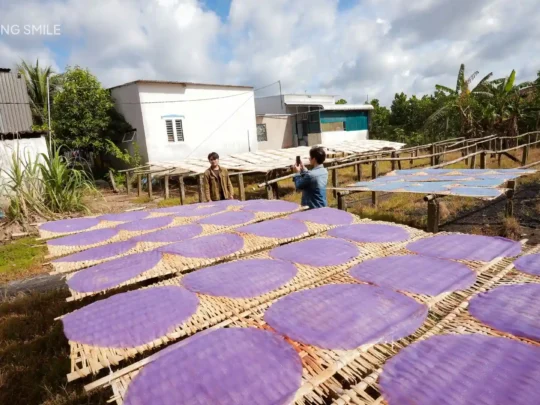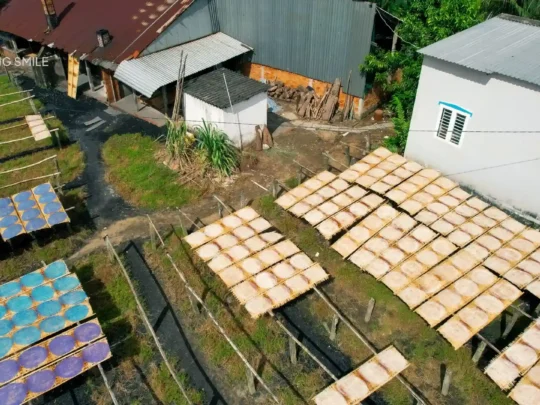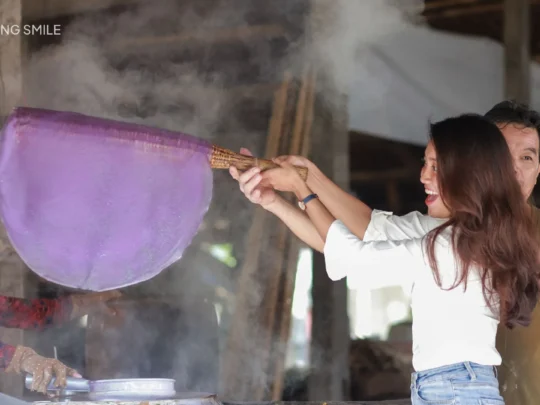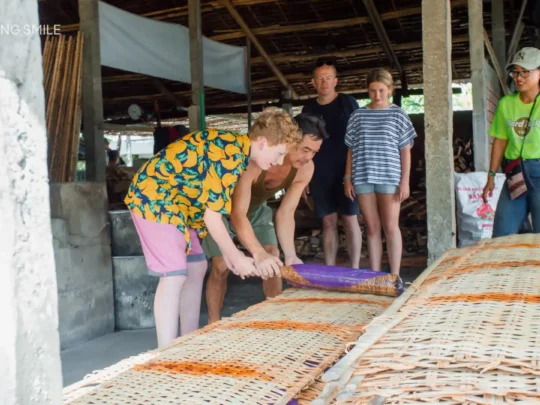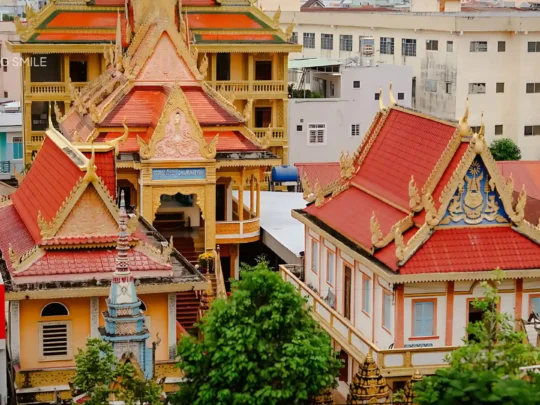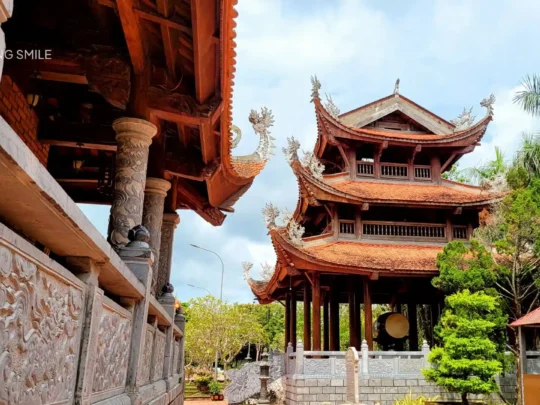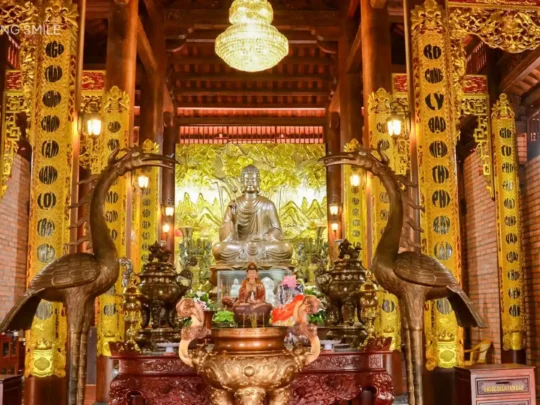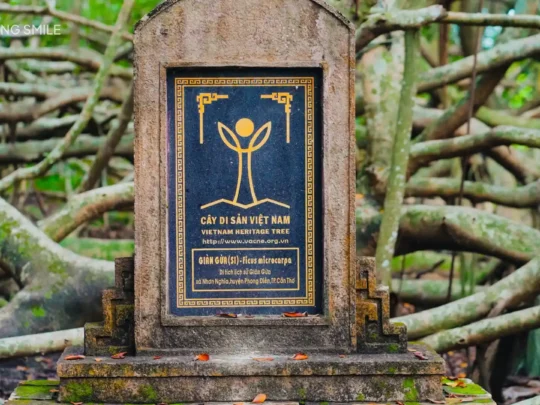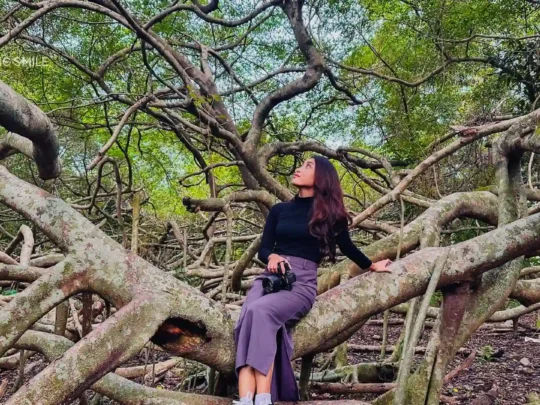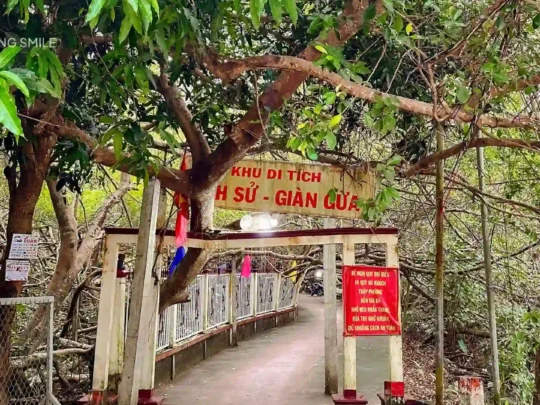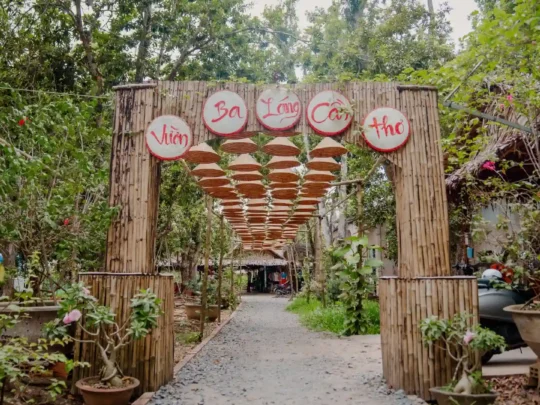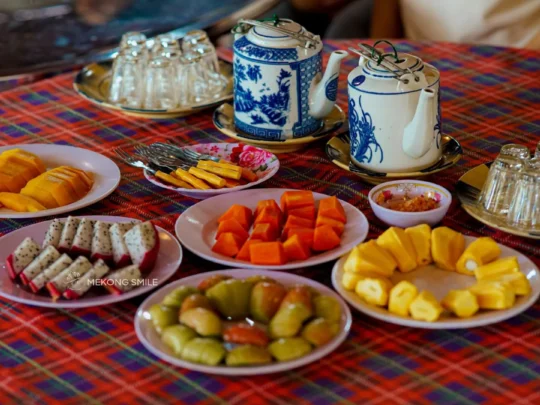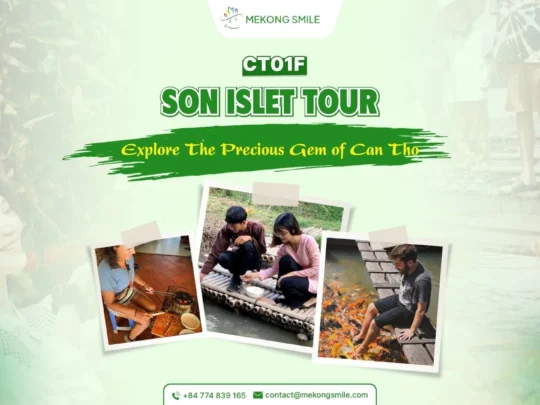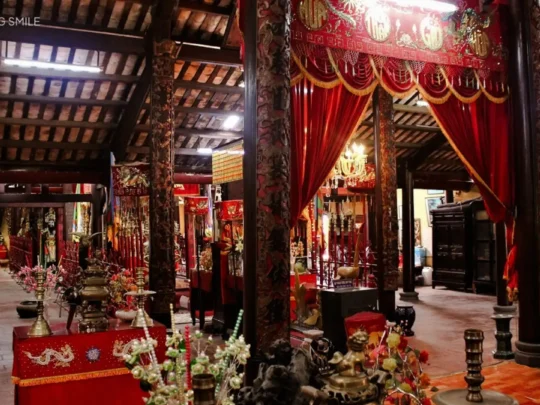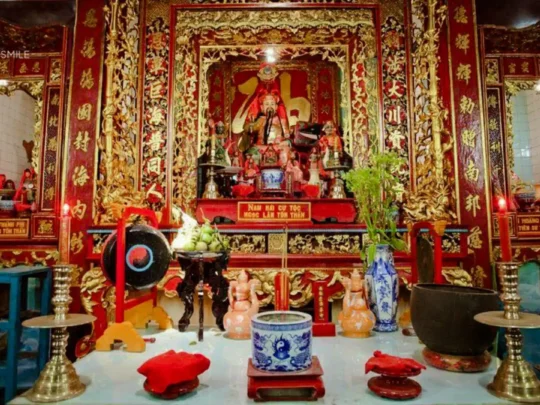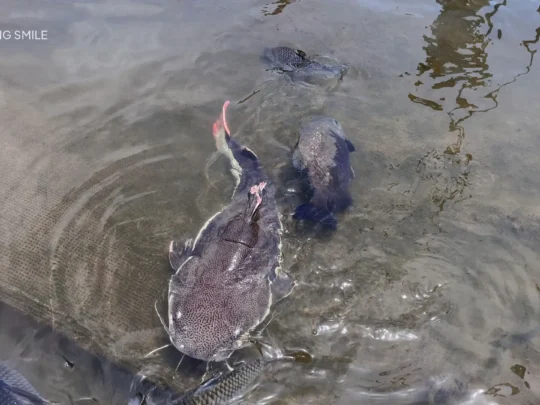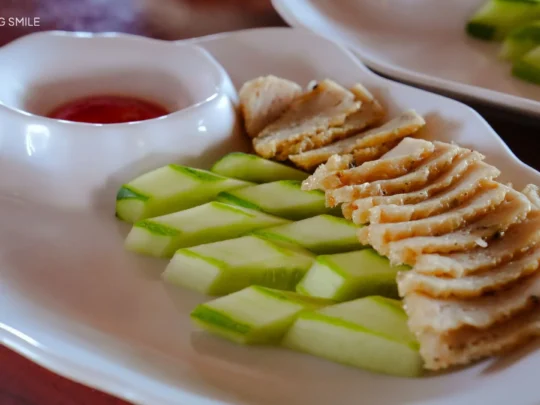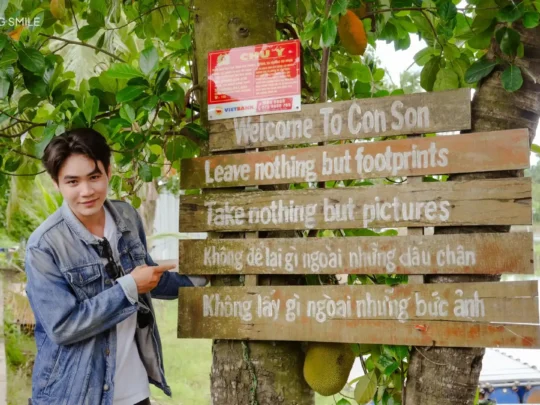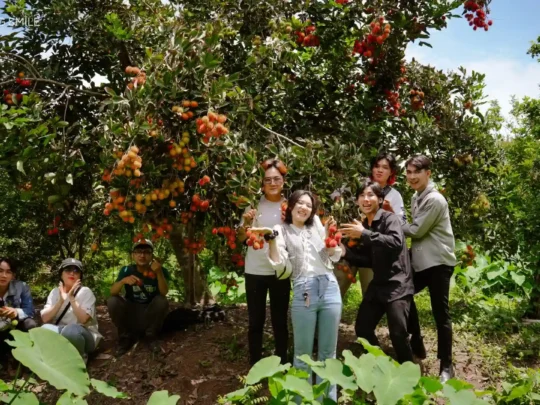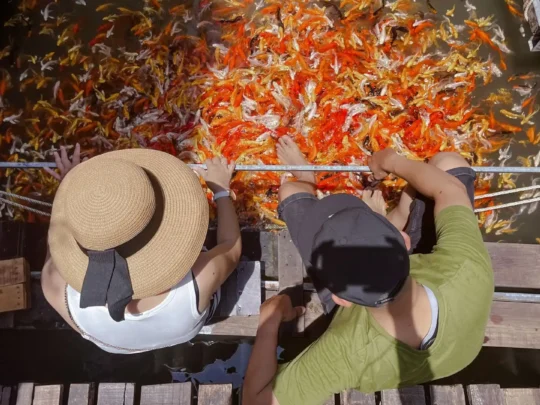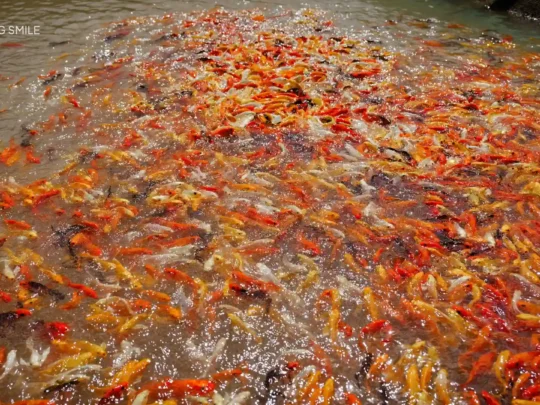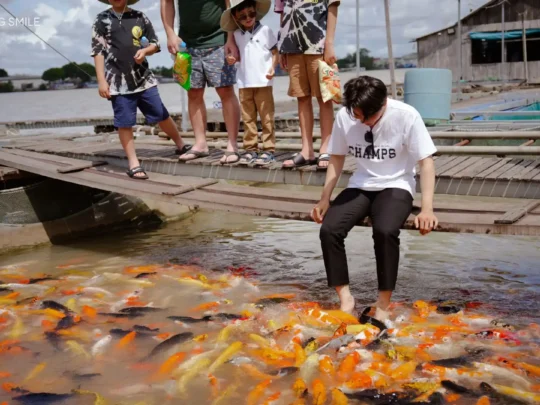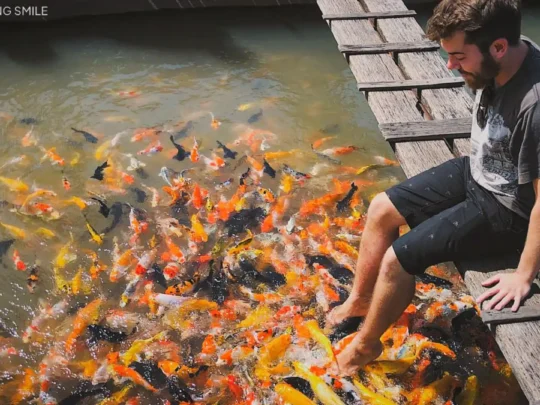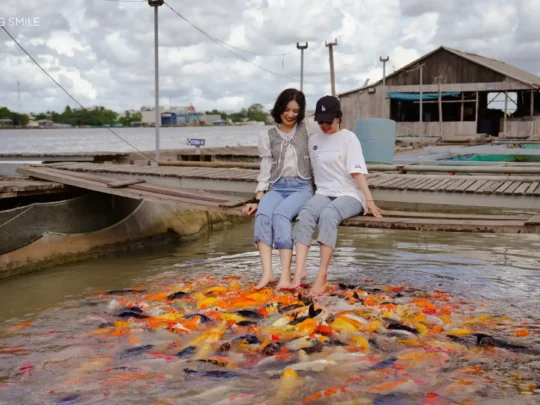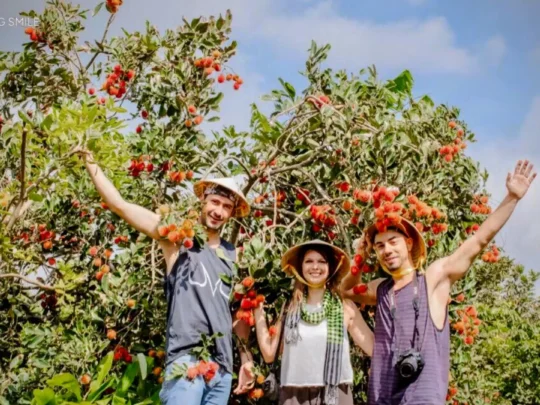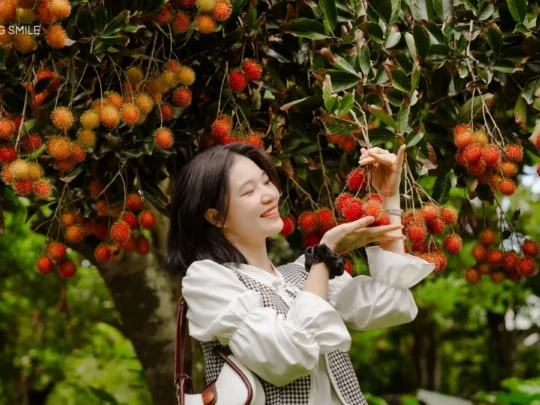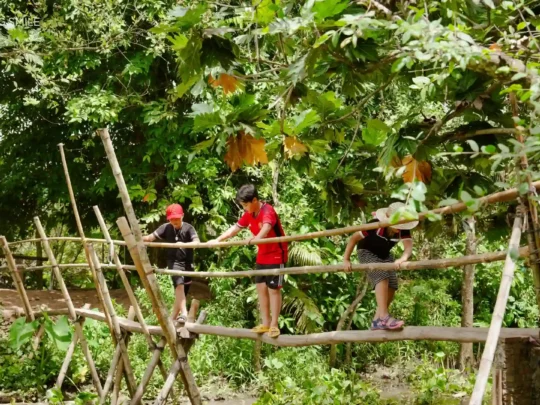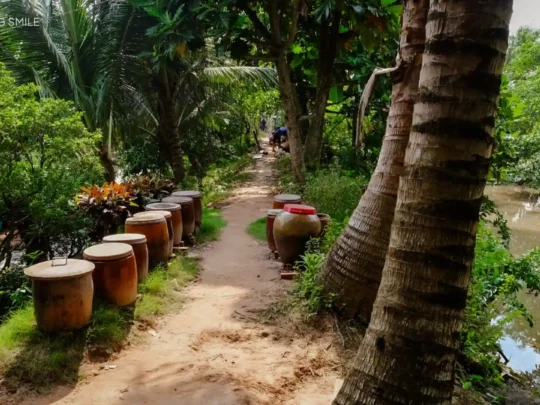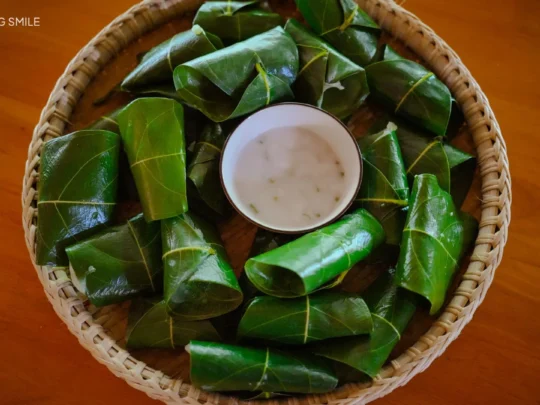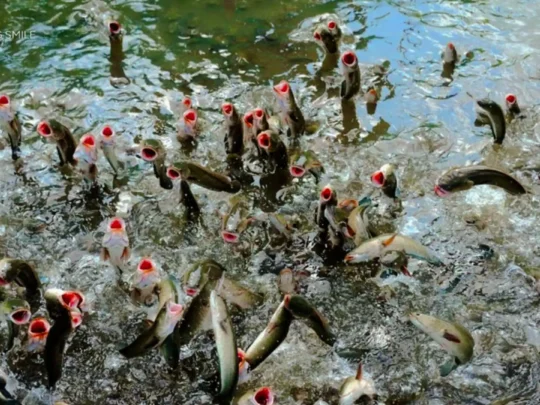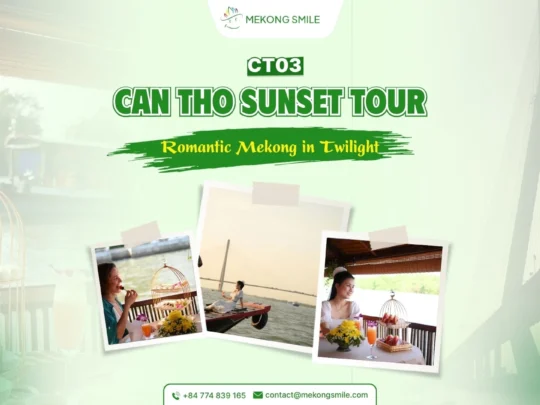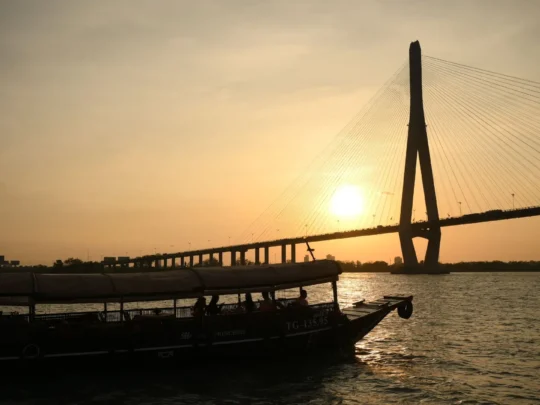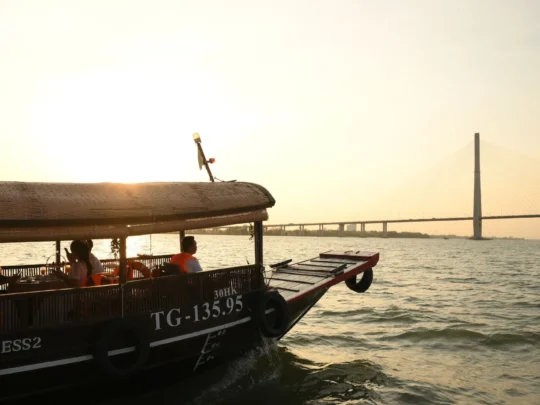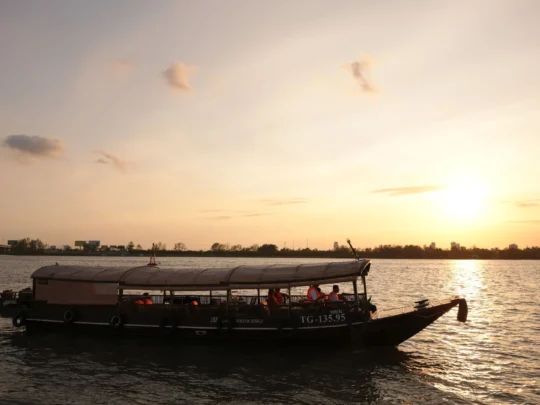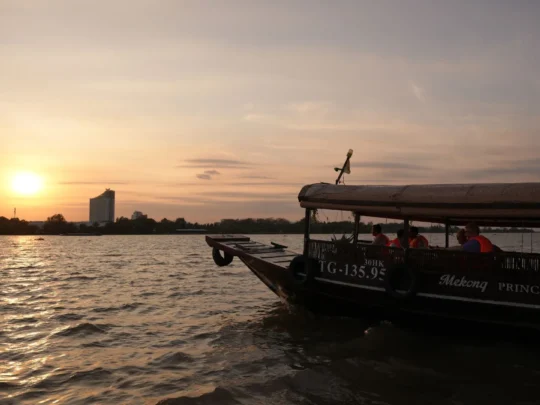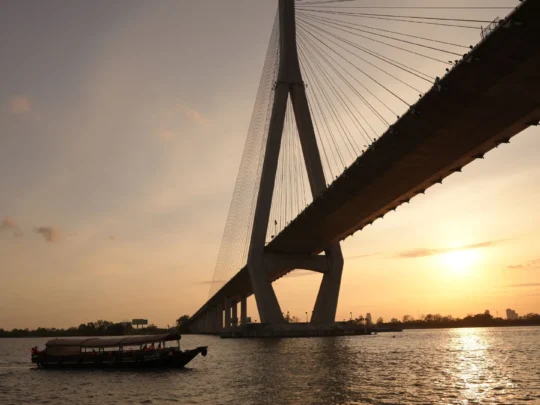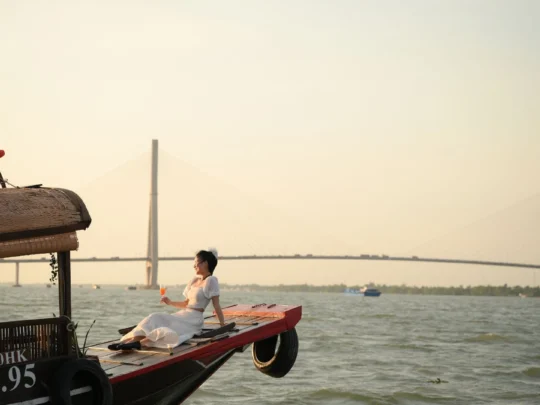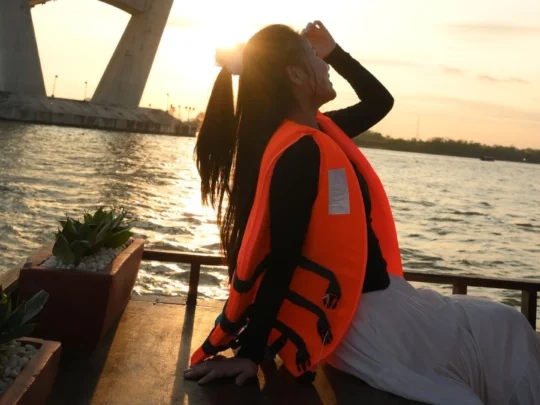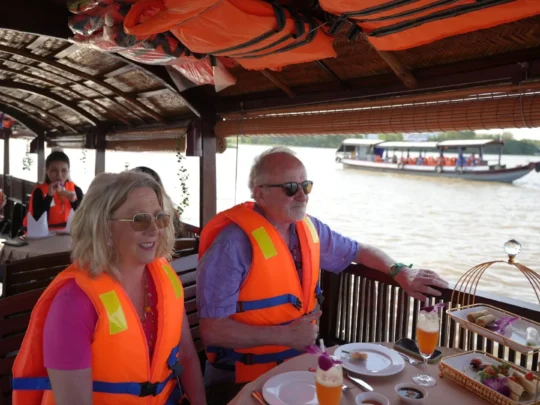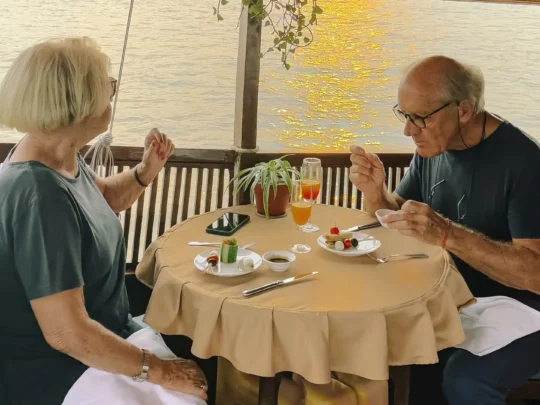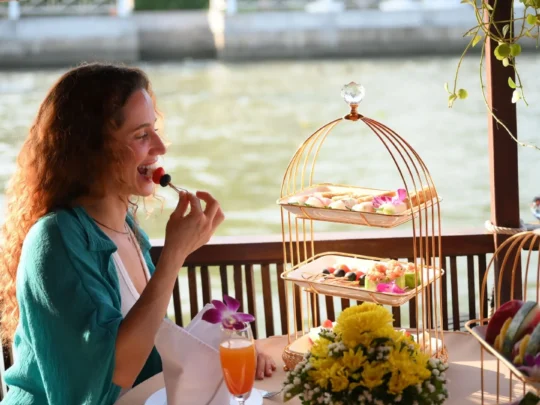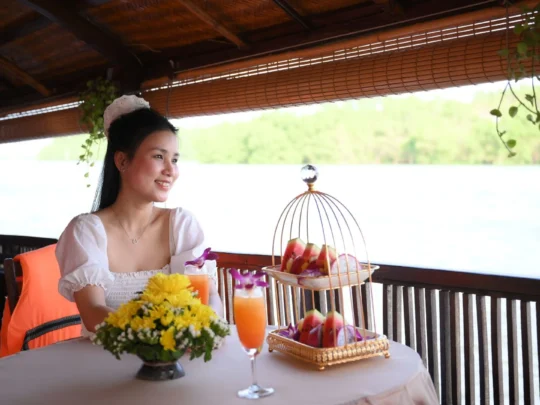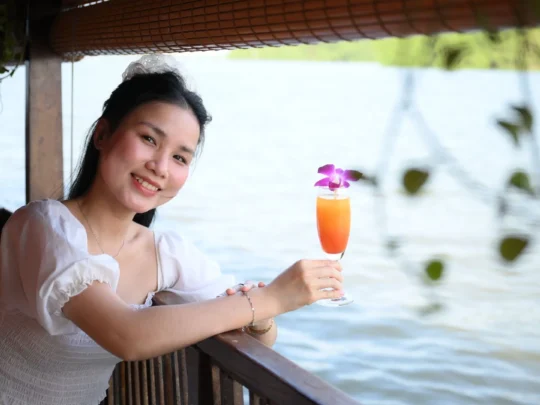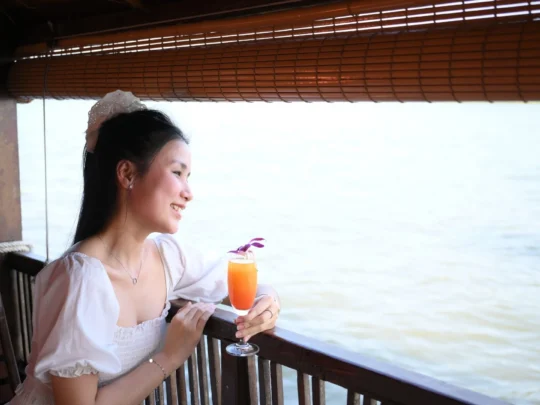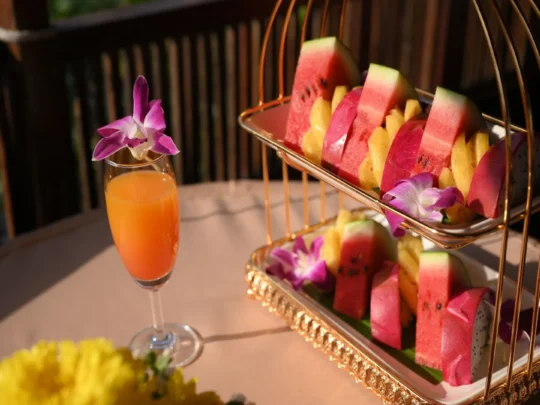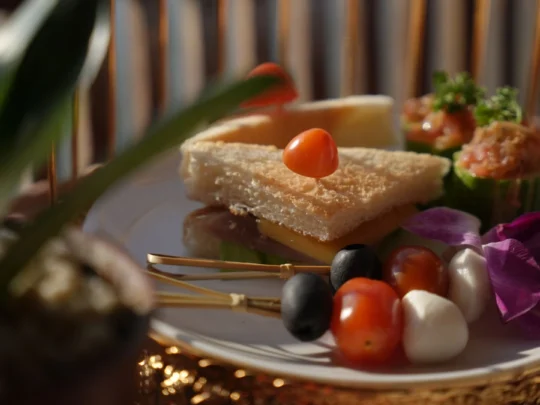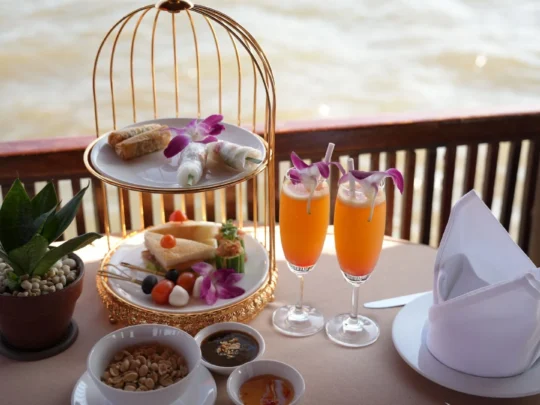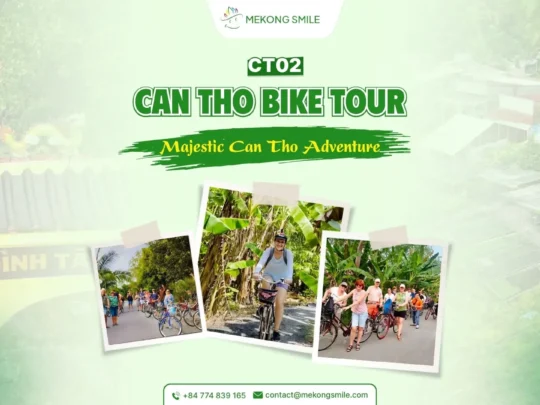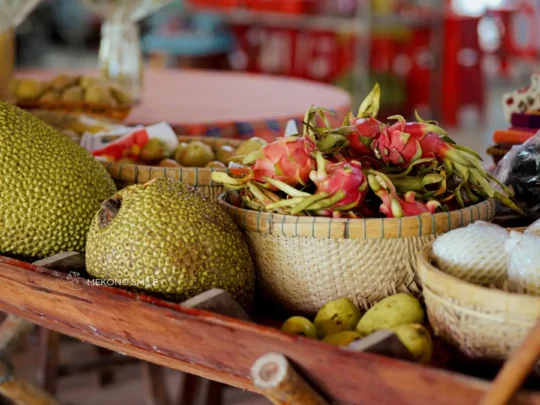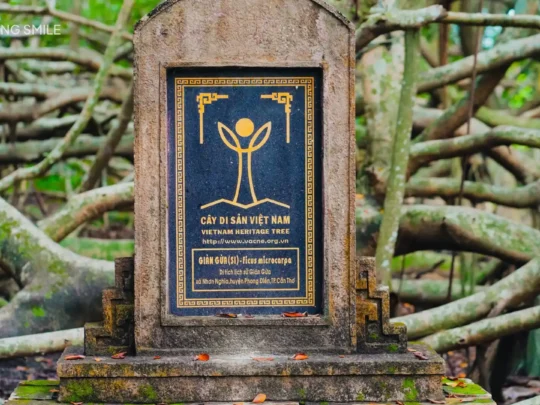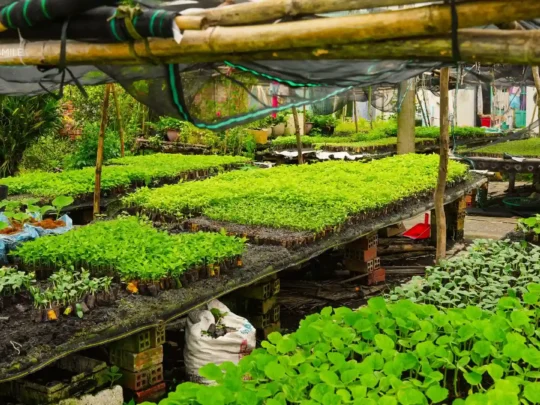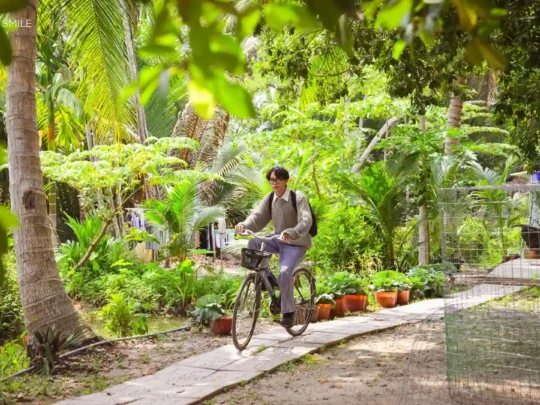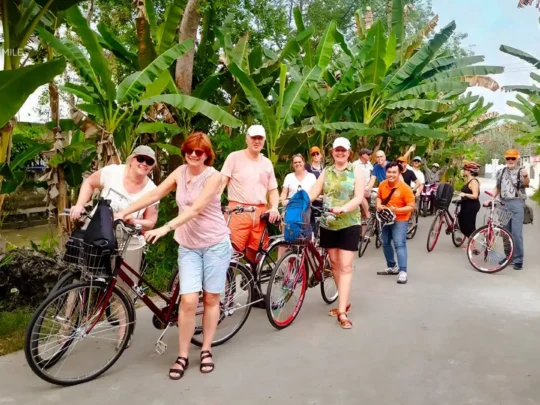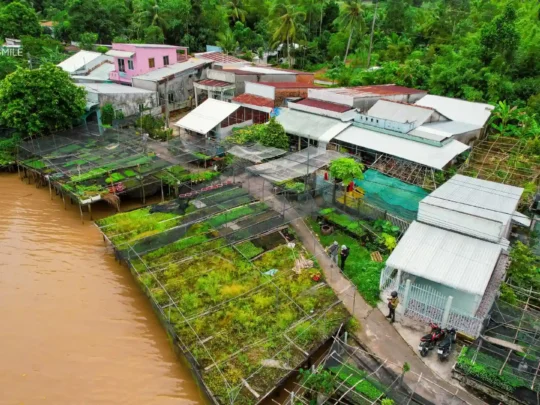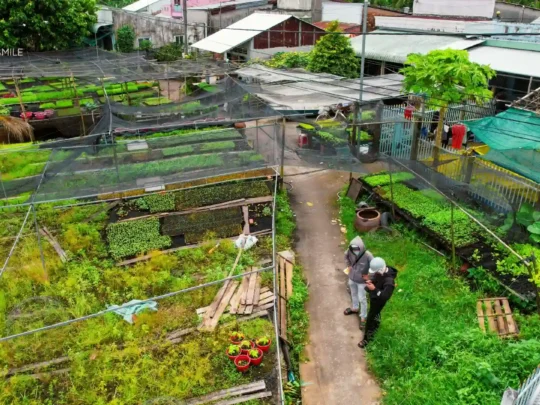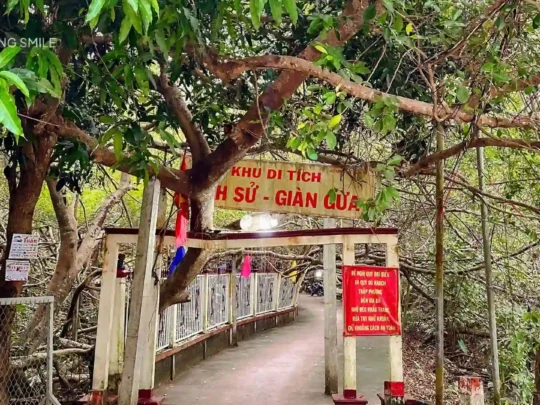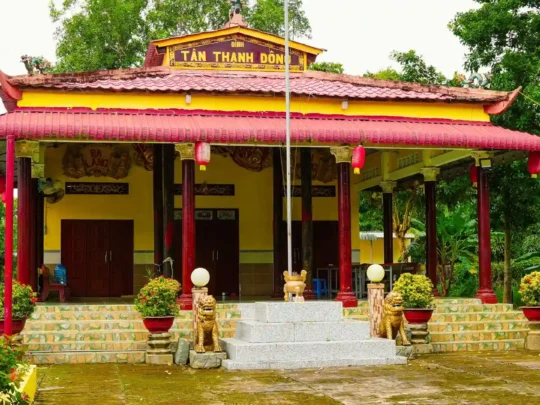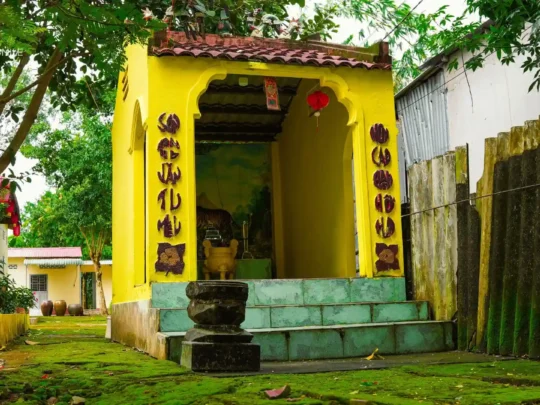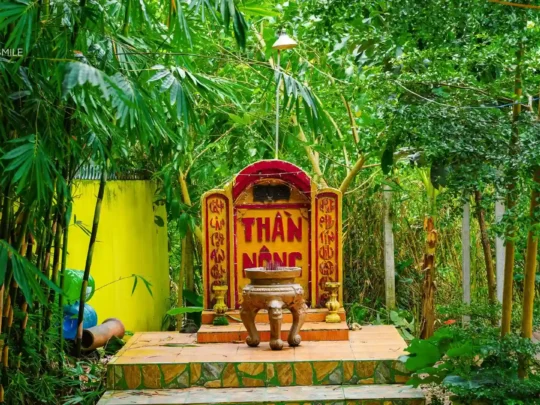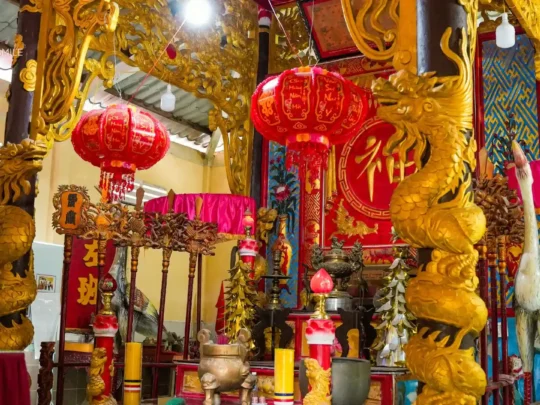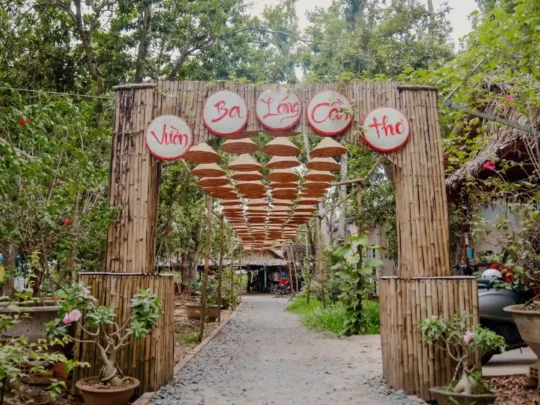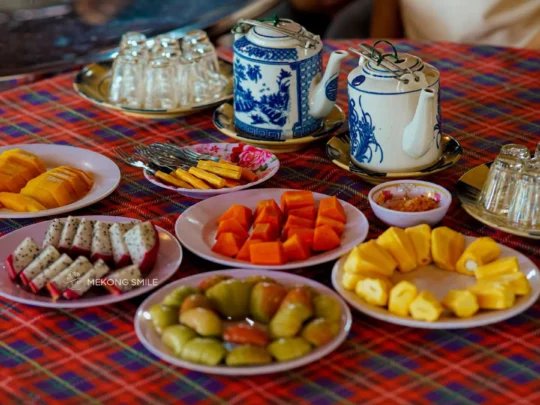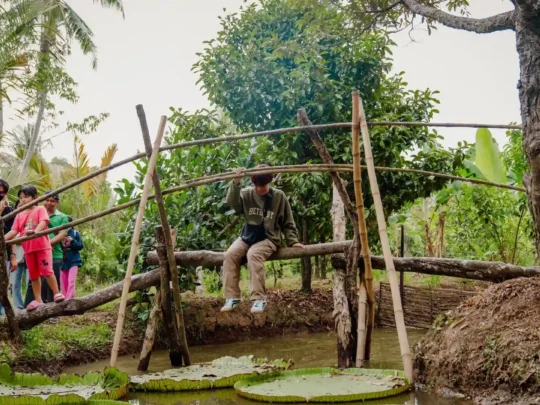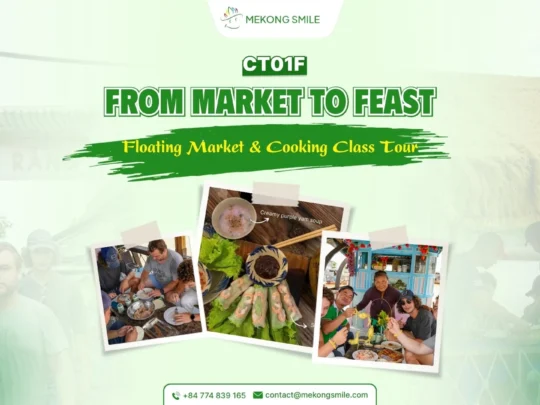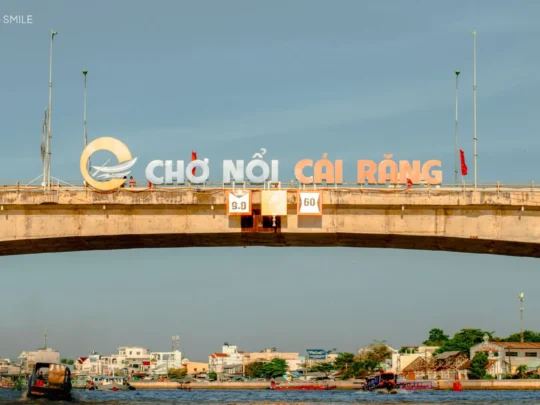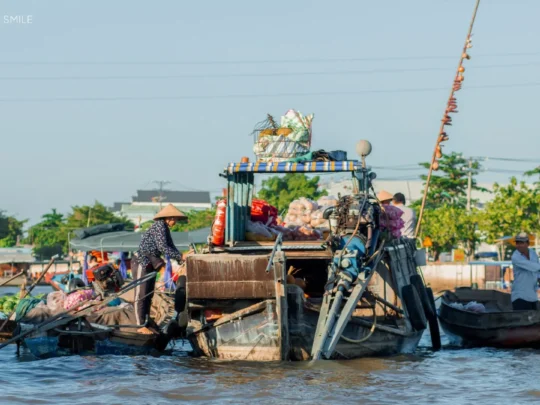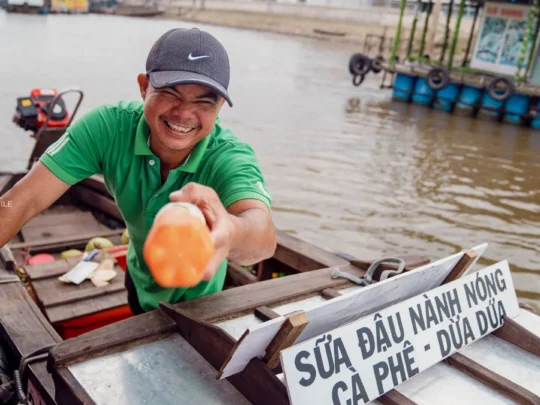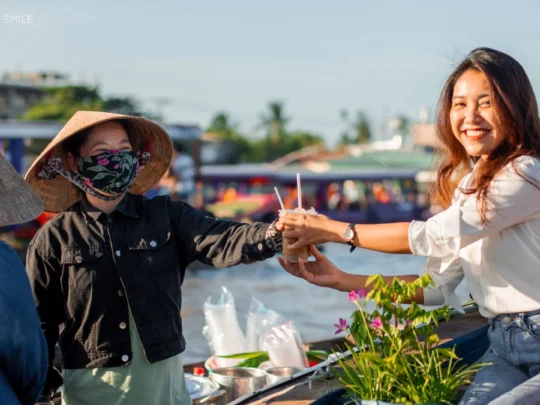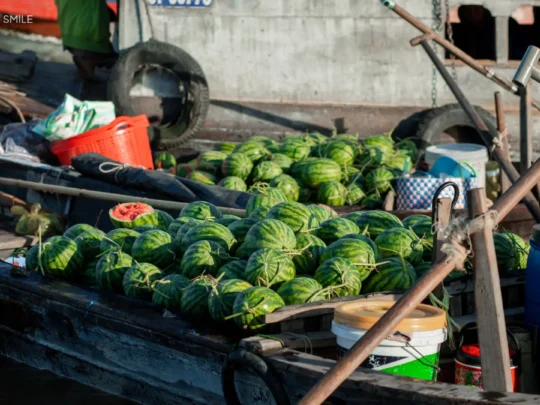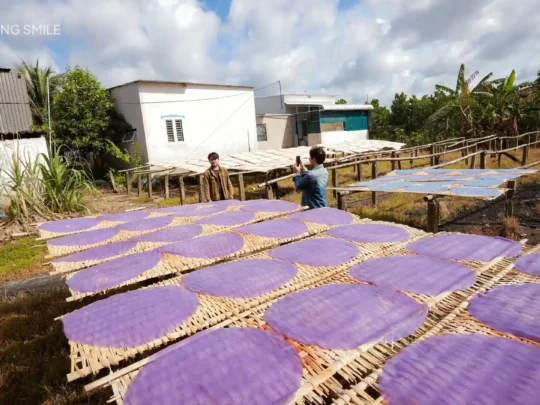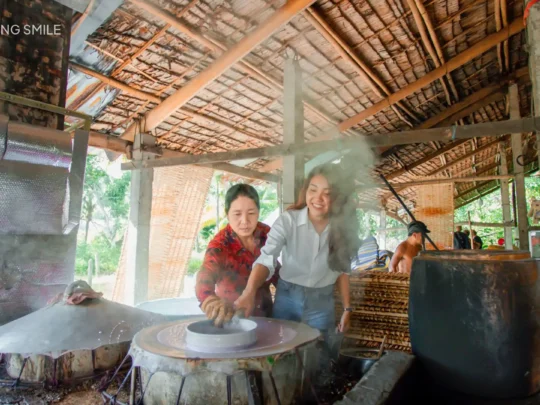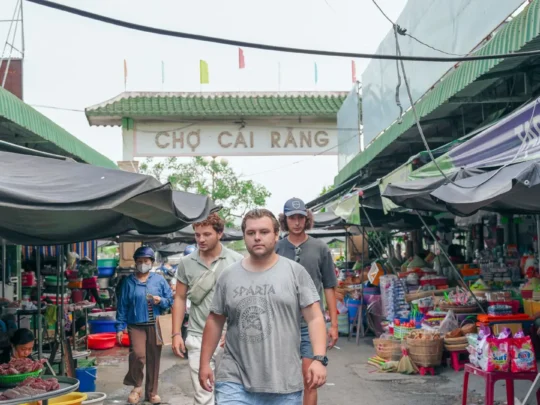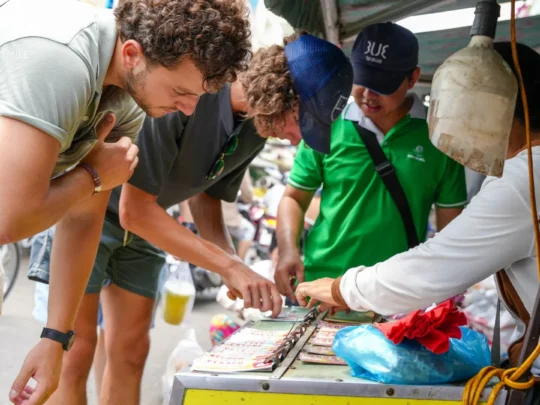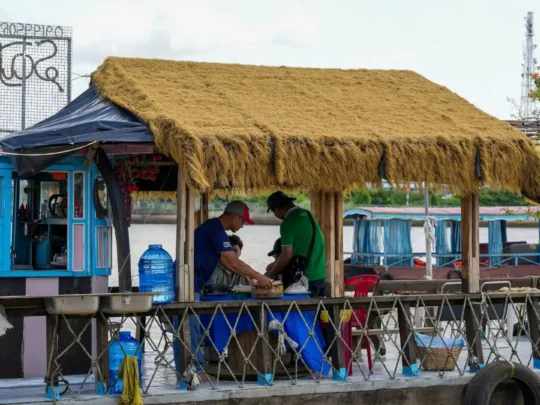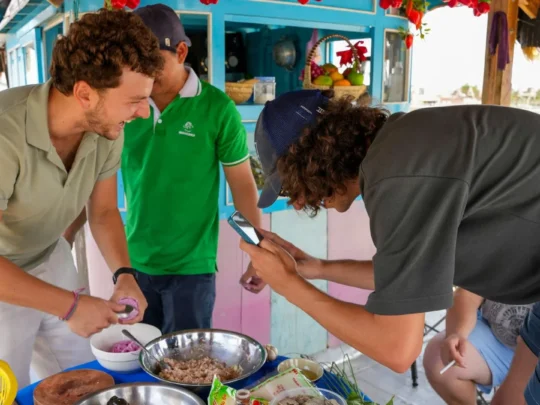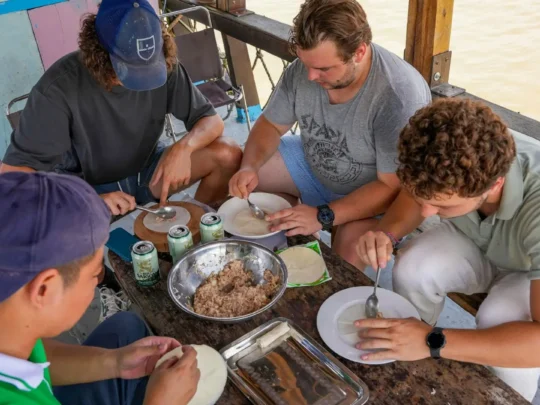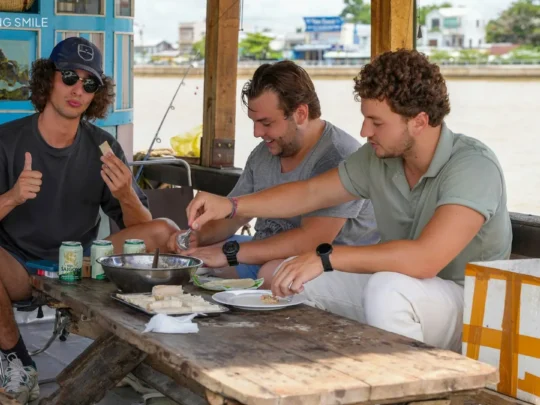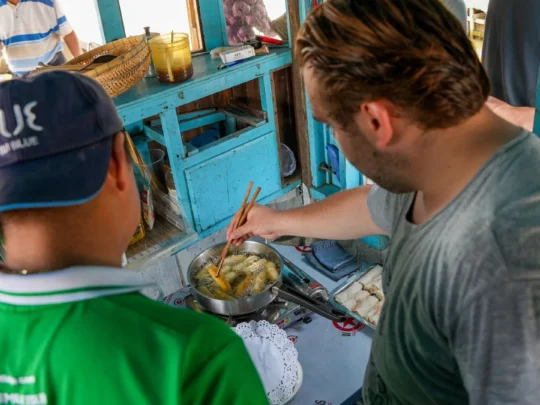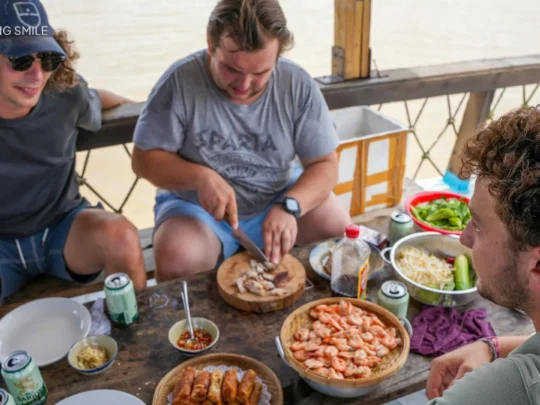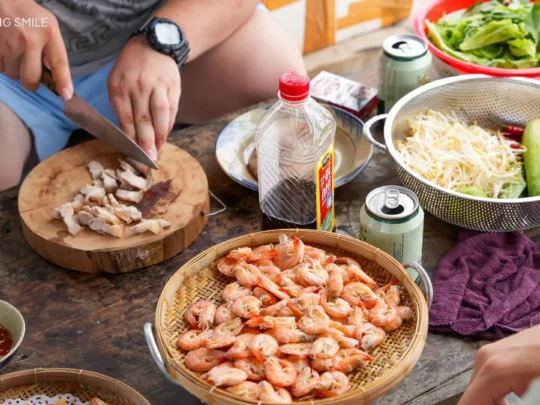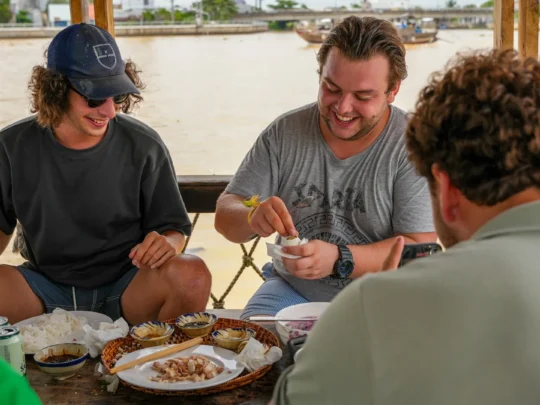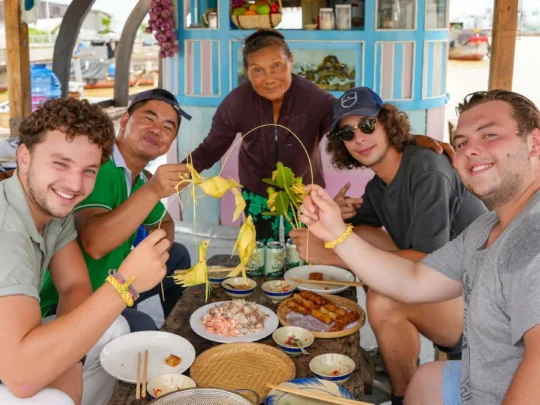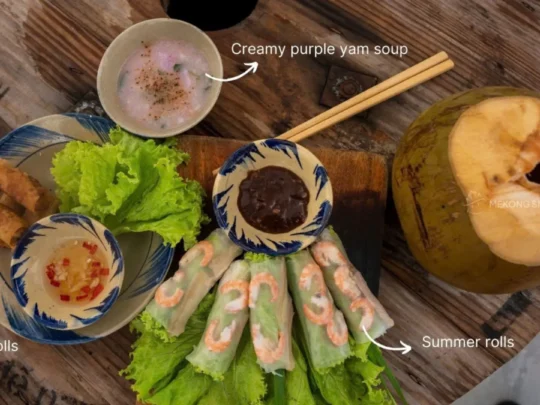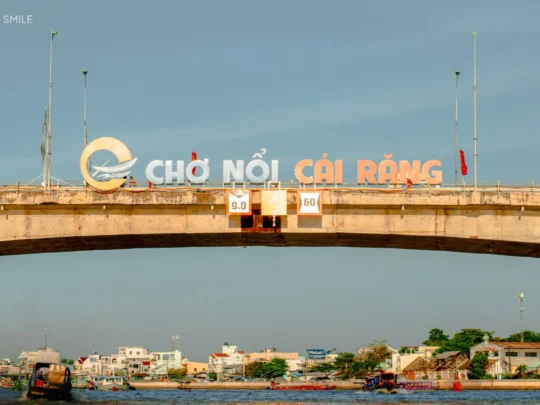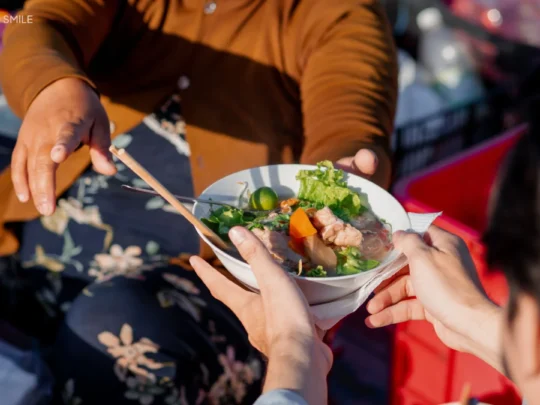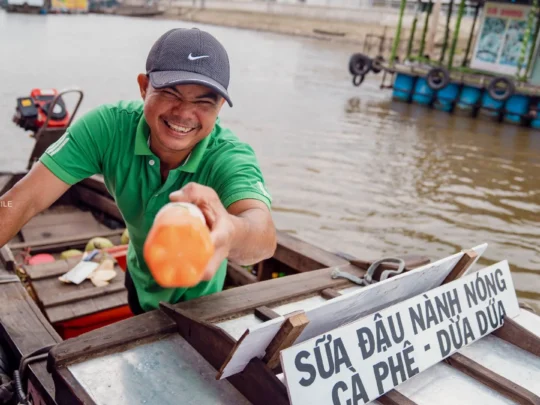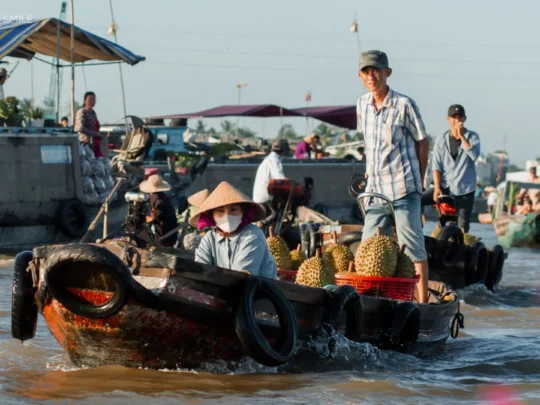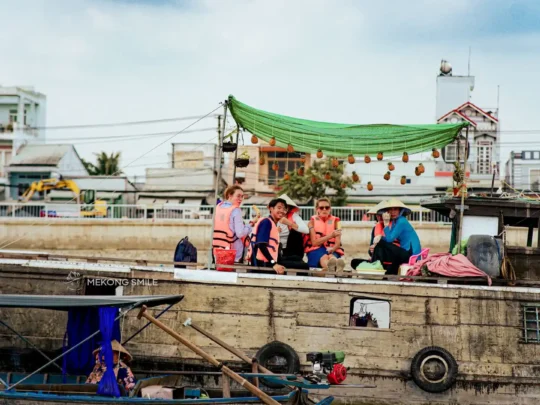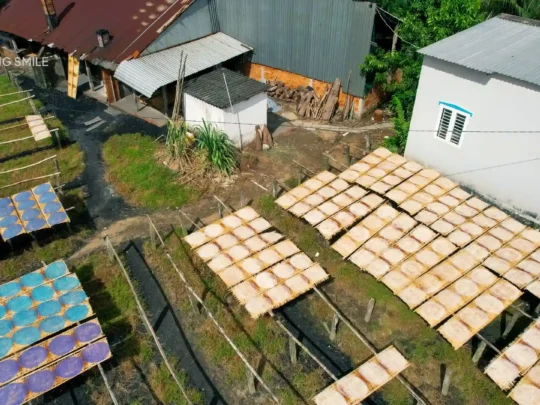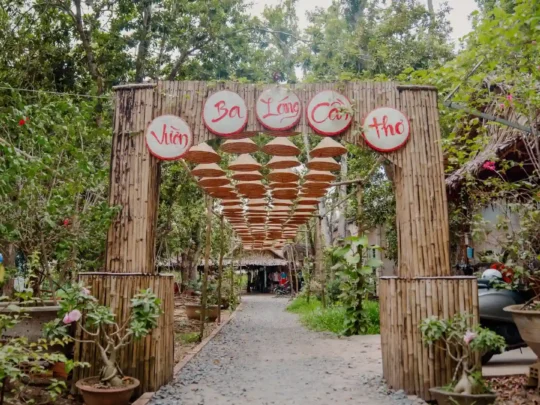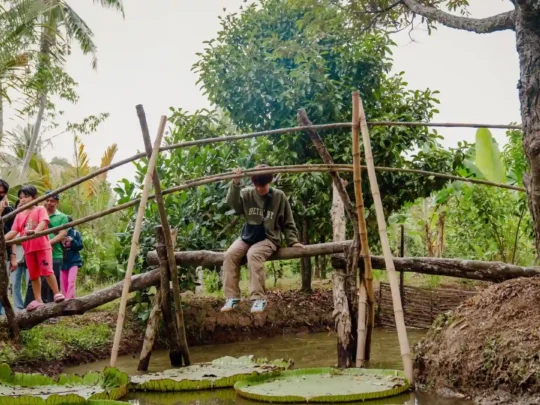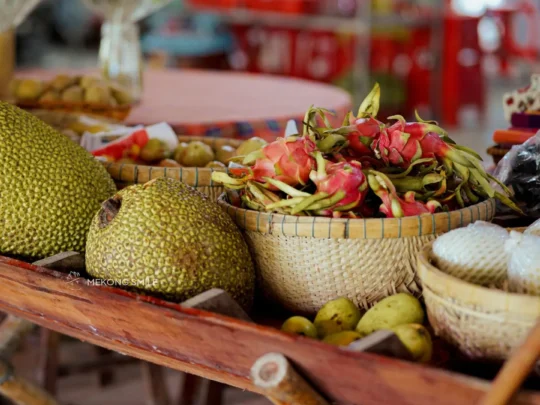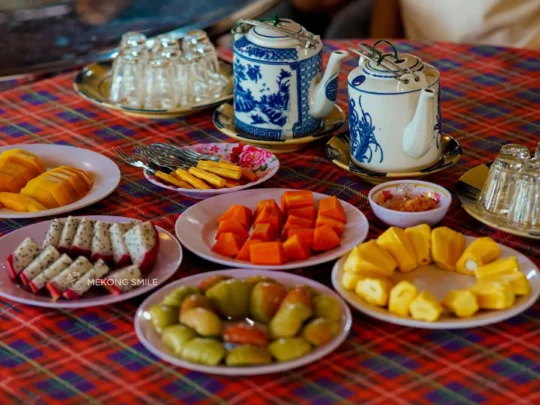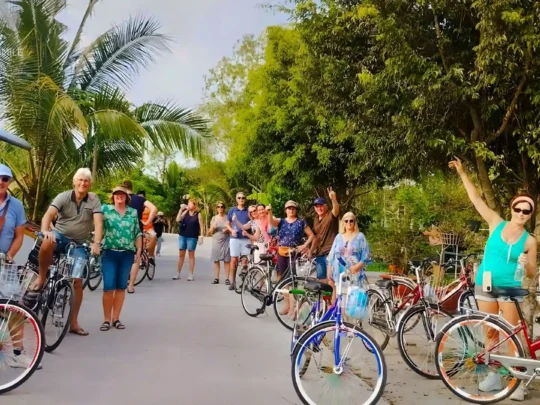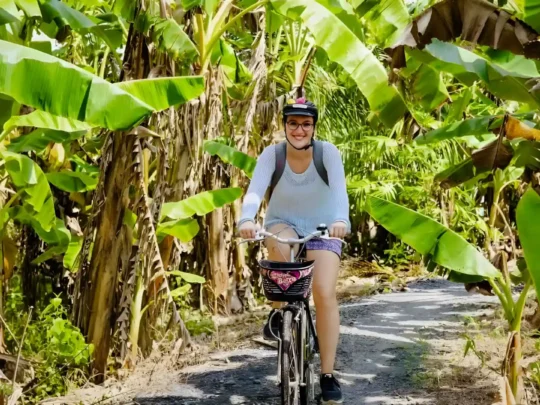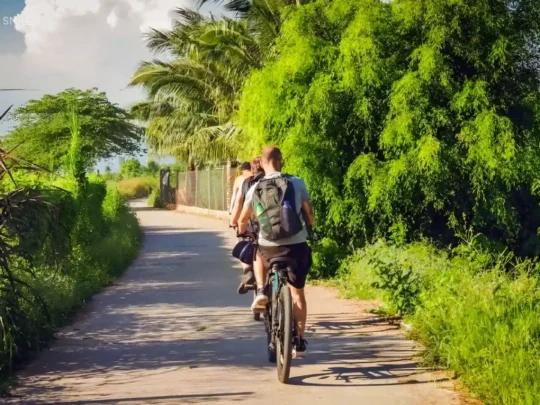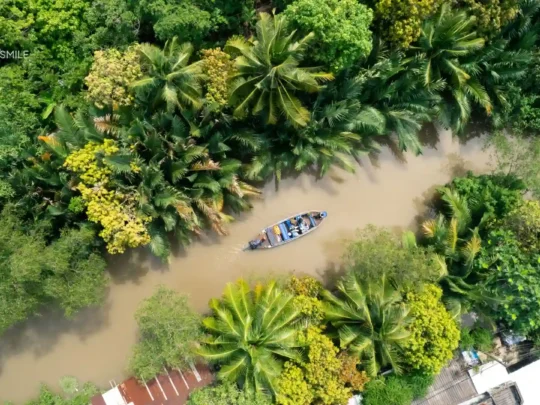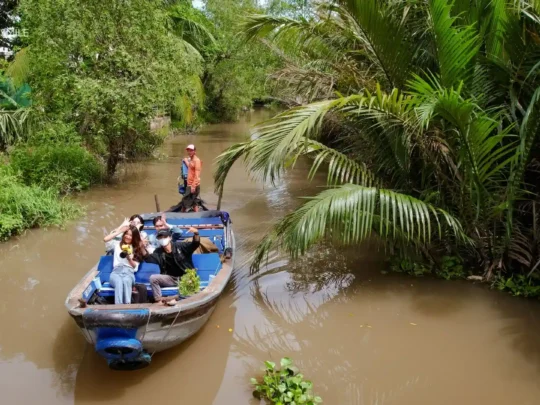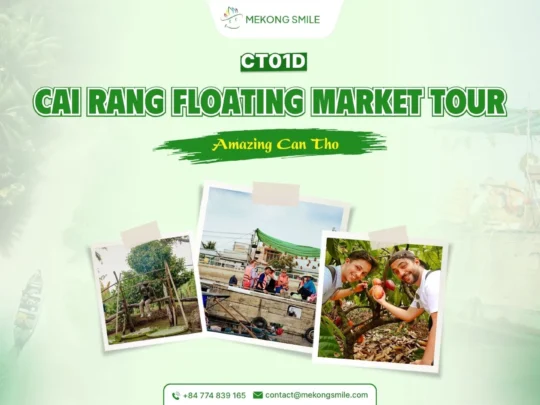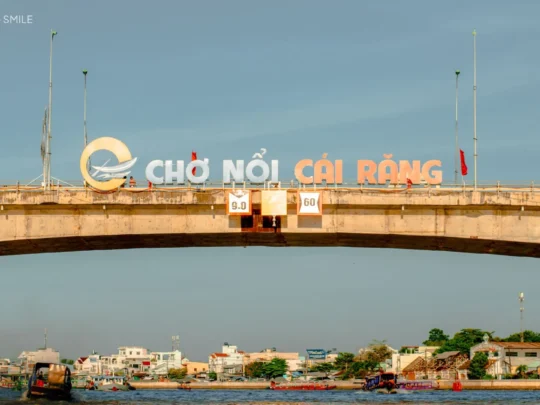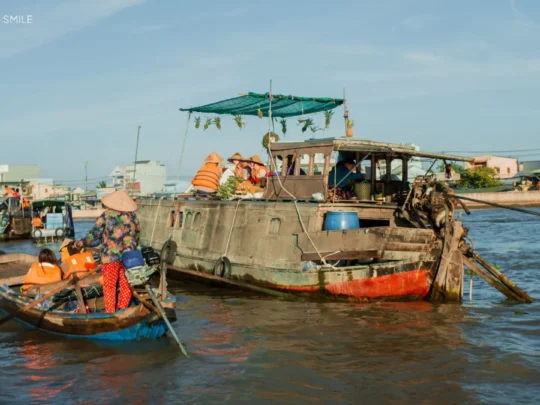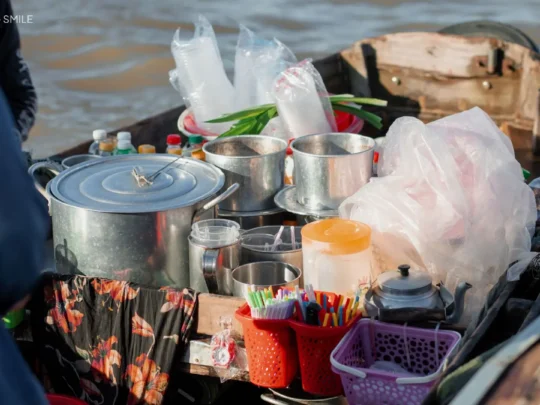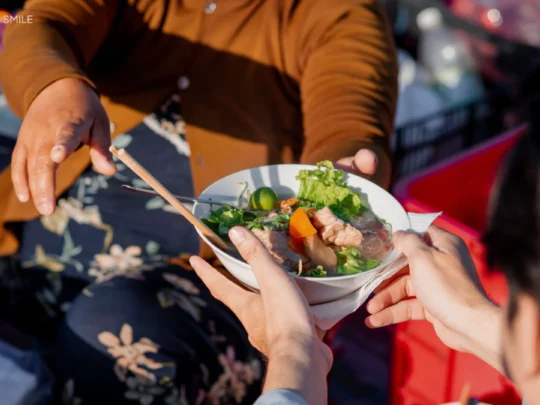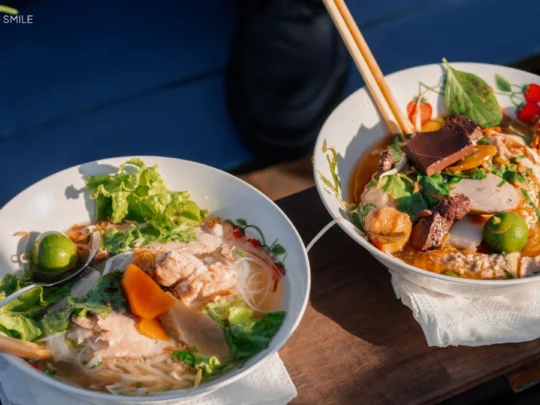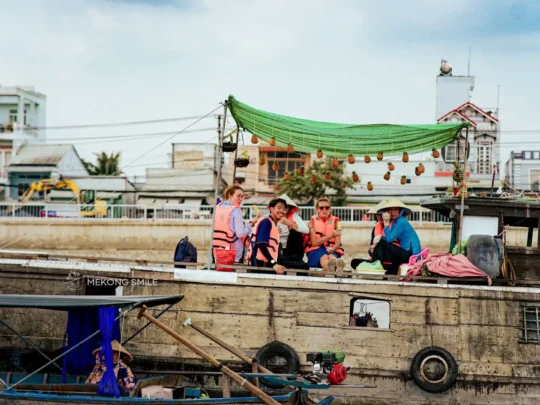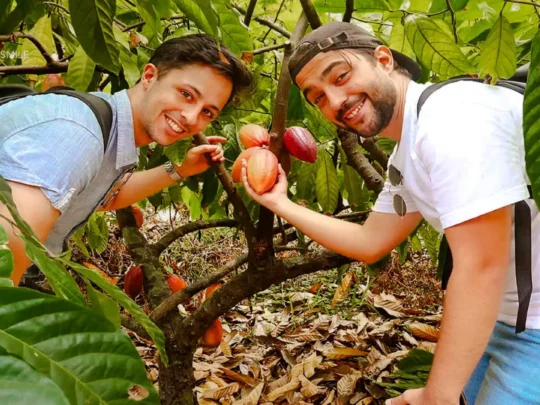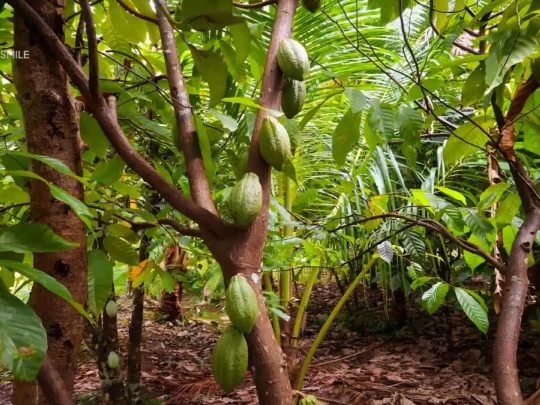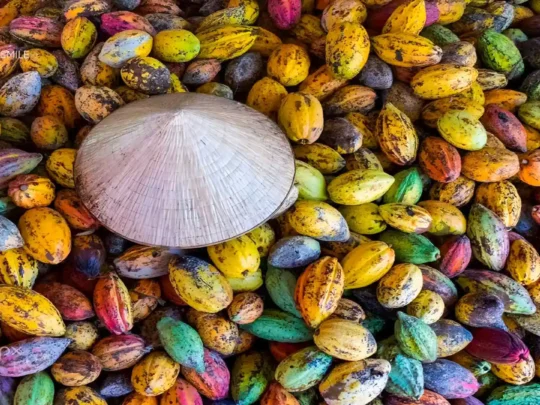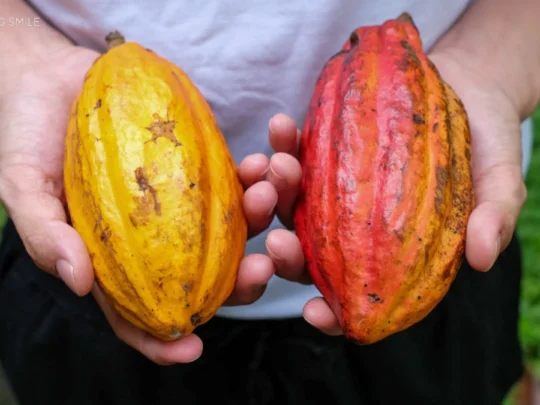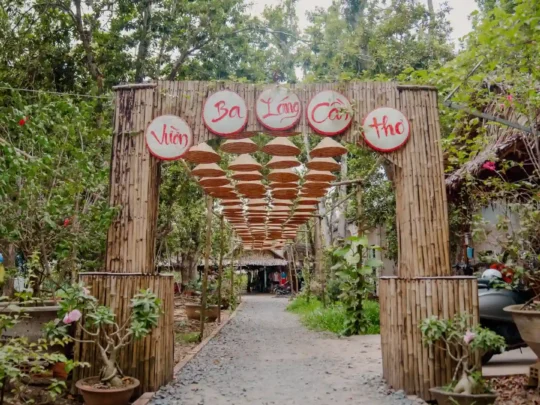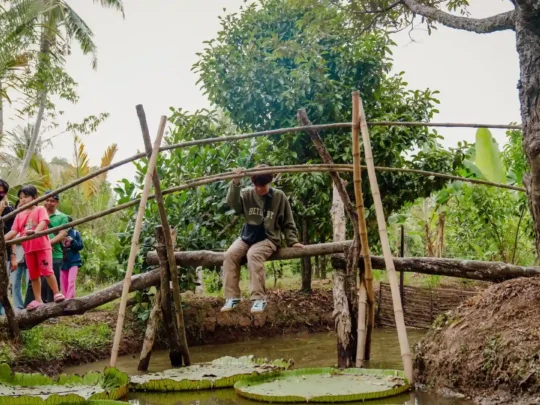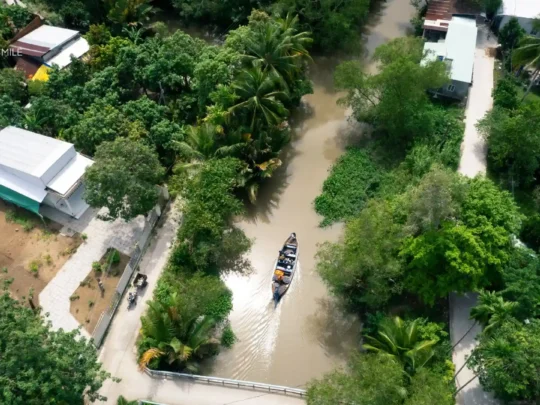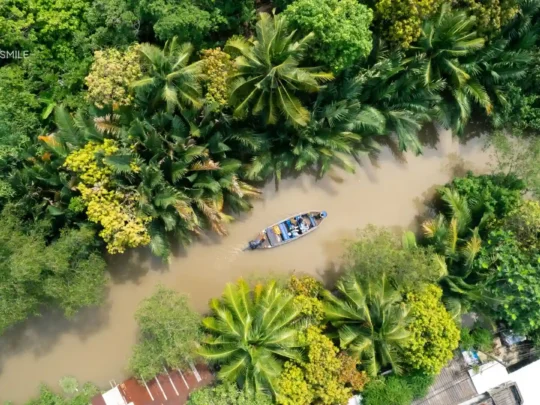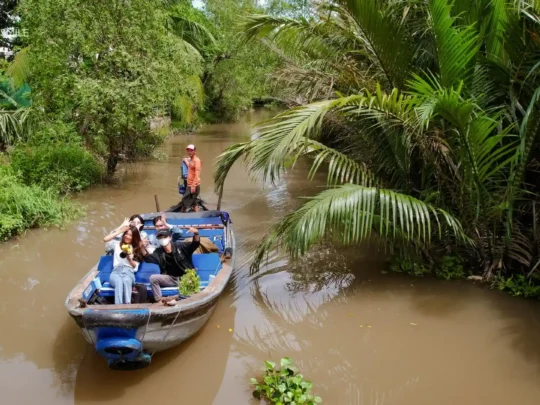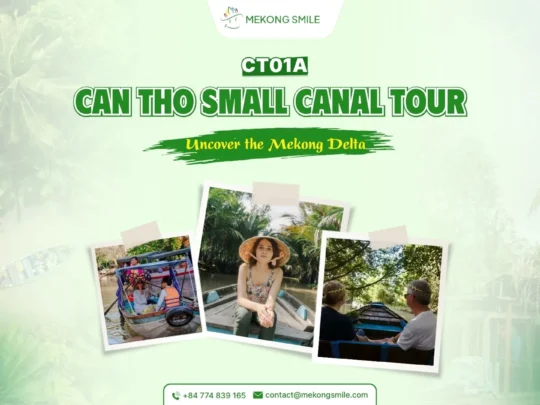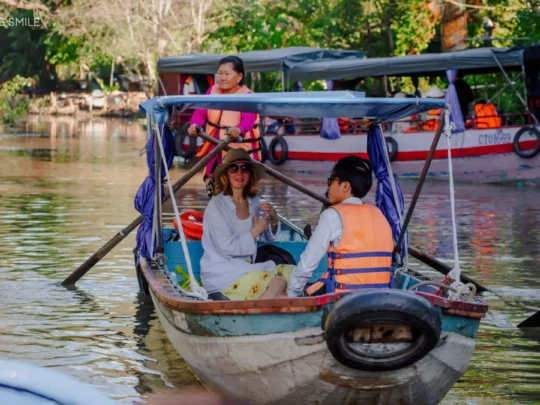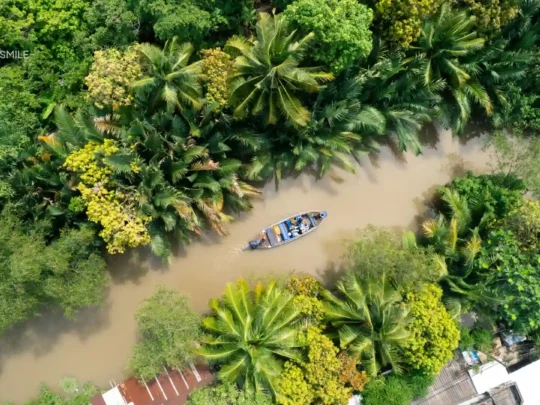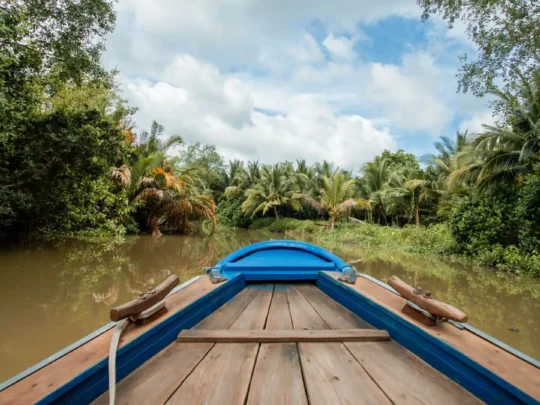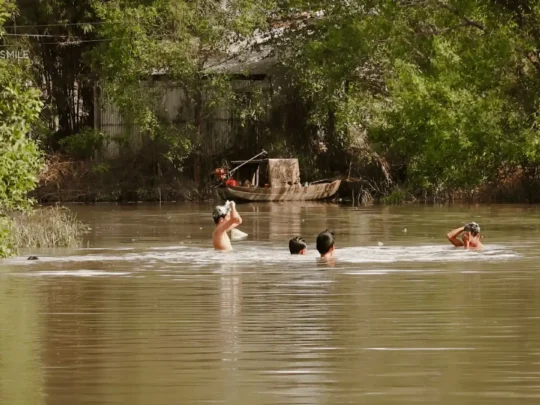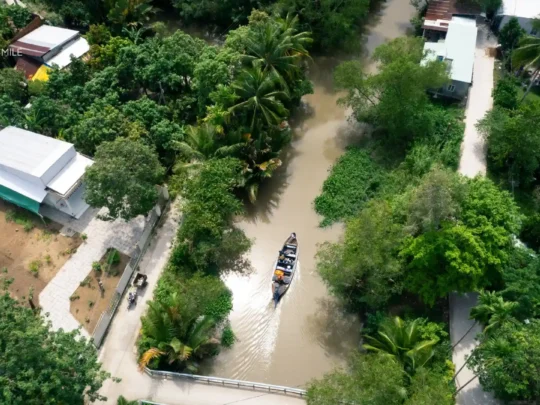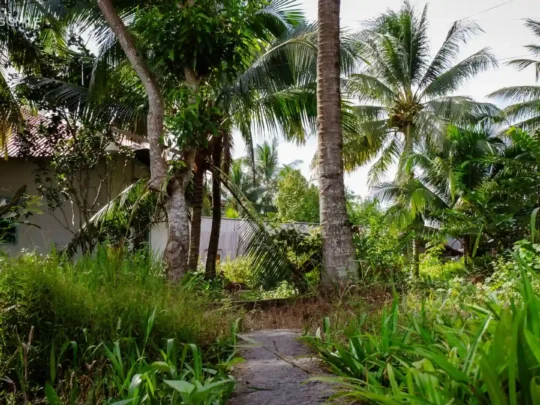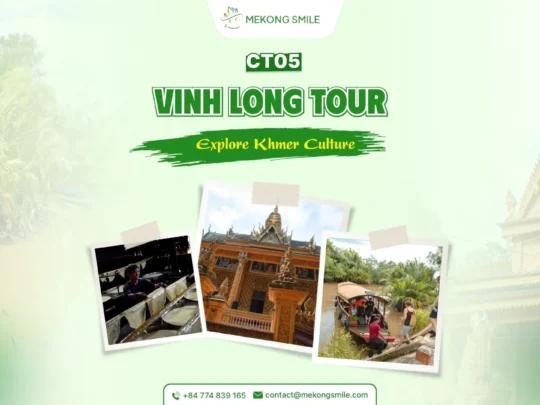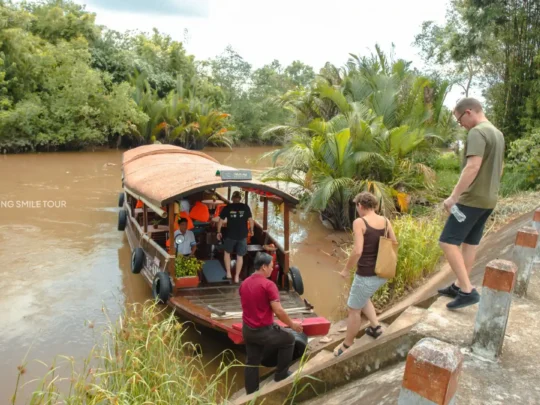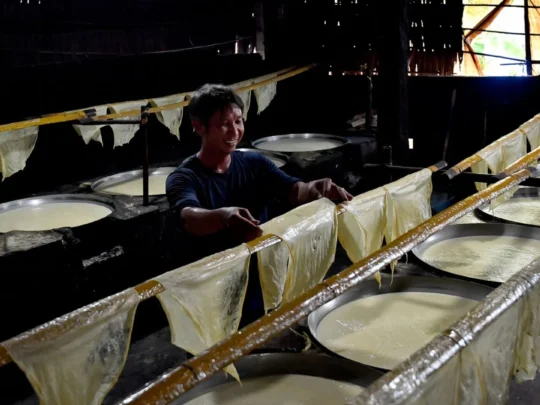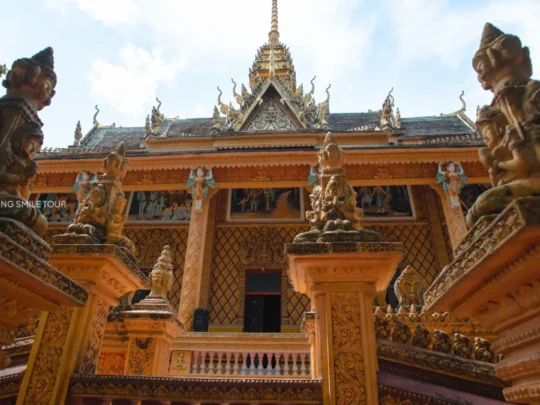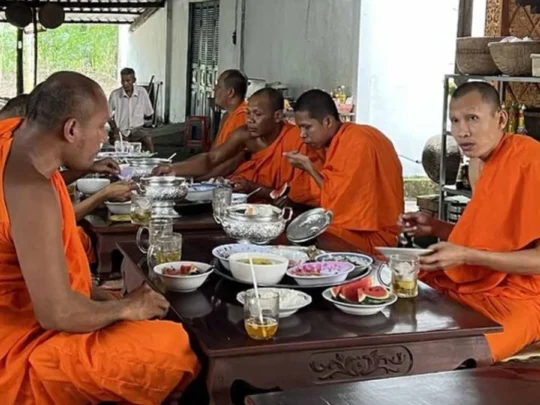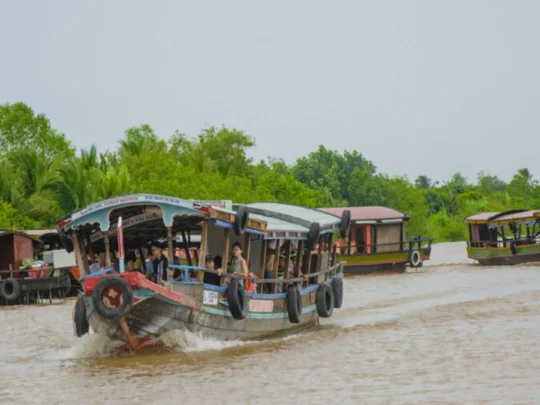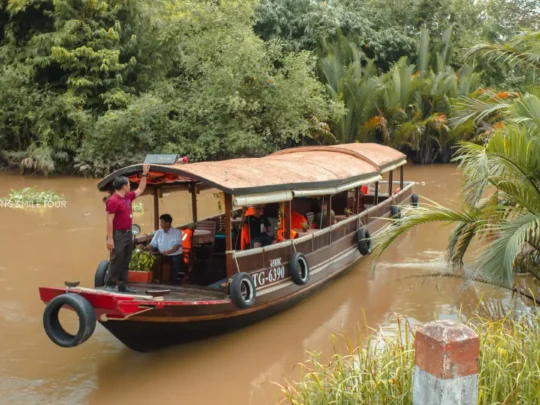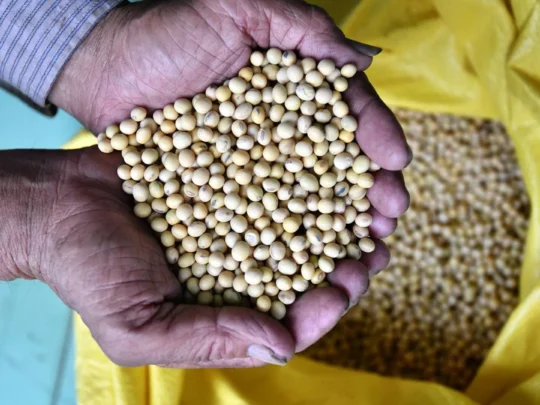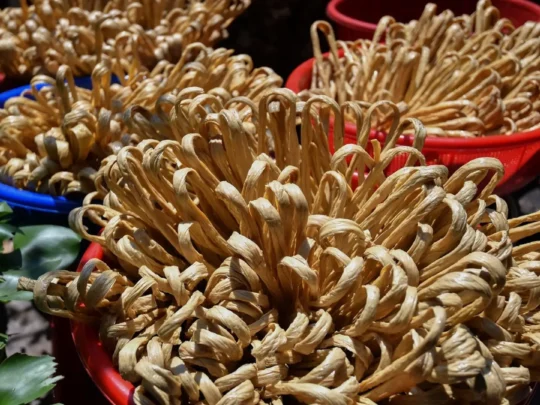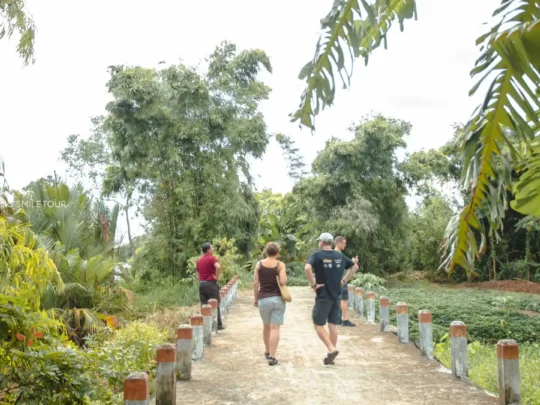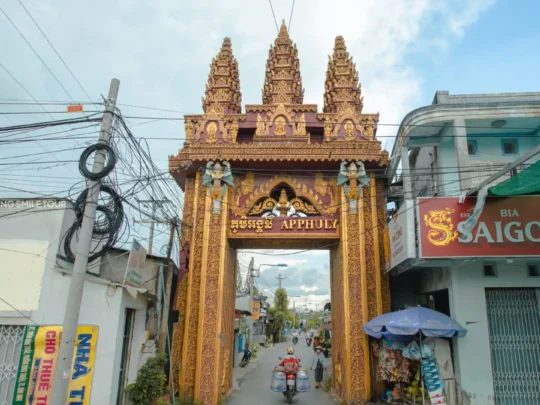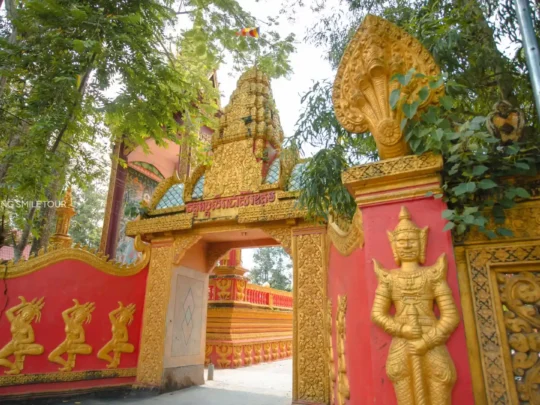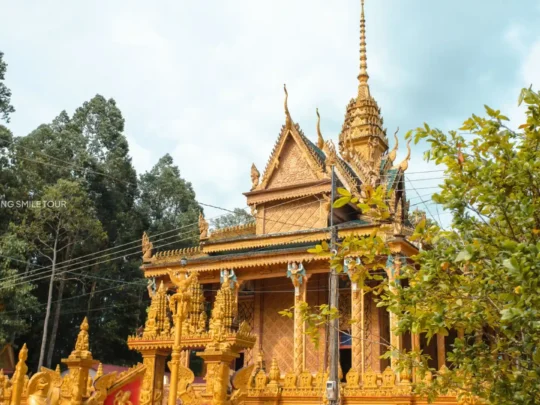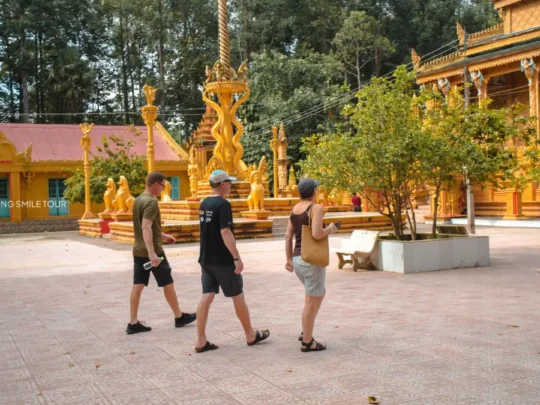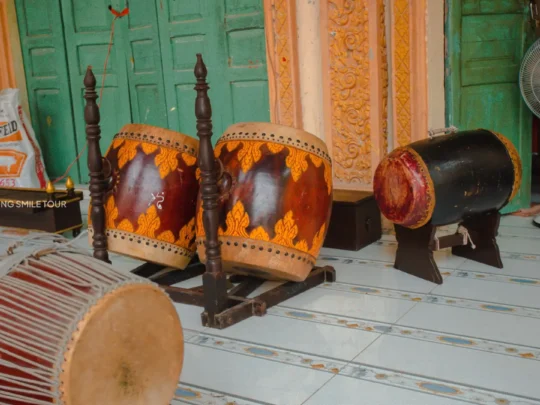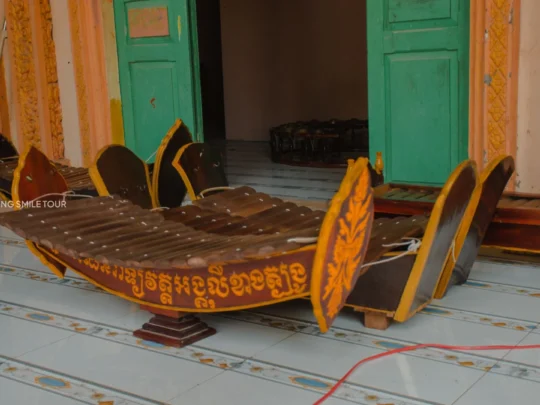Planning a trip to Vietnam but overwhelmed by where to start? This comprehensive Vietnam travel guide delivers everything you need to transform your Southeast Asian adventure from dream to reality. Whether you’re a budget backpacker, comfort-seeking traveler, or luxury enthusiast, discover practical insights on visa requirements, optimal travel seasons across three distinct regions, and essential budget planning that fits your style.
Navigate Vietnam’s iconic destinations—from Hanoi’s chaotic charm and Ha Long Bay’s limestone wonders to Hoi An’s lantern-lit streets and Mekong Delta’s floating markets. Learn insider tips on transportation, accommodation options, Vietnamese cuisine, cultural etiquette, and safety considerations that only 10 years of travel industry expertise can provide. This isn’t just another generic guide—it’s your roadmap to authentic experiences, sustainable travel practices, and unforgettable memories in one of Southeast Asia’s most captivating countries.
Understanding Vietnam: Geography, Climate, and Best Time to Travel
Geographic Diversity: Three Distinct Regions
Vietnam stretches over 1,650 kilometers along the eastern coast of the Indochina Peninsula, creating three distinct geographical and cultural regions that each offer unique travel experiences.
Northern Vietnam encompasses the capital Hanoi, the spectacular limestone karsts of Ha Long Bay, the terraced rice fields of Sapa, and the ethnic minority villages of the northwestern highlands. This region experiences four distinct seasons, with cool winters and hot summers, making it ideal for trekking and cultural immersion.
Central Vietnam serves as the country’s historical heart, home to the ancient imperial capital of Hue, the charming trading port of Hoi An, and the modern coastal city of Da Nang. The region boasts pristine beaches, UNESCO World Heritage Sites, and some of Vietnam’s finest cuisine. The climate here features a unique pattern, with the rainy season occurring from September to January.
Southern Vietnam radiates energy from Ho Chi Minh City (formerly Saigon), extends through the fertile Mekong Delta, and reaches the tropical paradise of Phu Quoc Island. The south maintains warm temperatures year-round with distinct wet and dry seasons, making it perfect for exploring floating markets, rice paddies, and coastal beaches.
Don’t know where to start? Start with the Ho Chi Minh City Travel Guide

Climate Patterns and Optimal Travel Seasons
Vietnam’s elongated shape creates diverse microclimates, meaning different regions peak at different times. Understanding these patterns helps travelers maximize their experience.
Northern Vietnam (Hanoi, Ha Long Bay, Sapa): The ideal period runs from October to April, offering cool, dry weather perfect for outdoor activities. March and April bring beautiful spring conditions with blooming flowers. Winter months (December-February) can be quite cold in mountainous regions, sometimes dropping below 10°C in Sapa.
Central Vietnam (Hue, Hoi An, Da Nang): February through May provides the best weather with sunny skies and comfortable temperatures. The rainy season from September to January can bring heavy downpours and occasional typhoons, though September and October still offer many clear days between showers.
Southern Vietnam (Ho Chi Minh City, Mekong Delta, Phu Quoc): December through April represents the dry season with minimal rainfall and pleasant temperatures around 25-30°C. This period is perfect for exploring the Mekong Delta’s waterways and enjoying beach destinations.
For travelers seeking to explore the entire country in one trip, February through April offers the most consistent weather across all three regions, though this coincides with peak tourist season and higher prices.
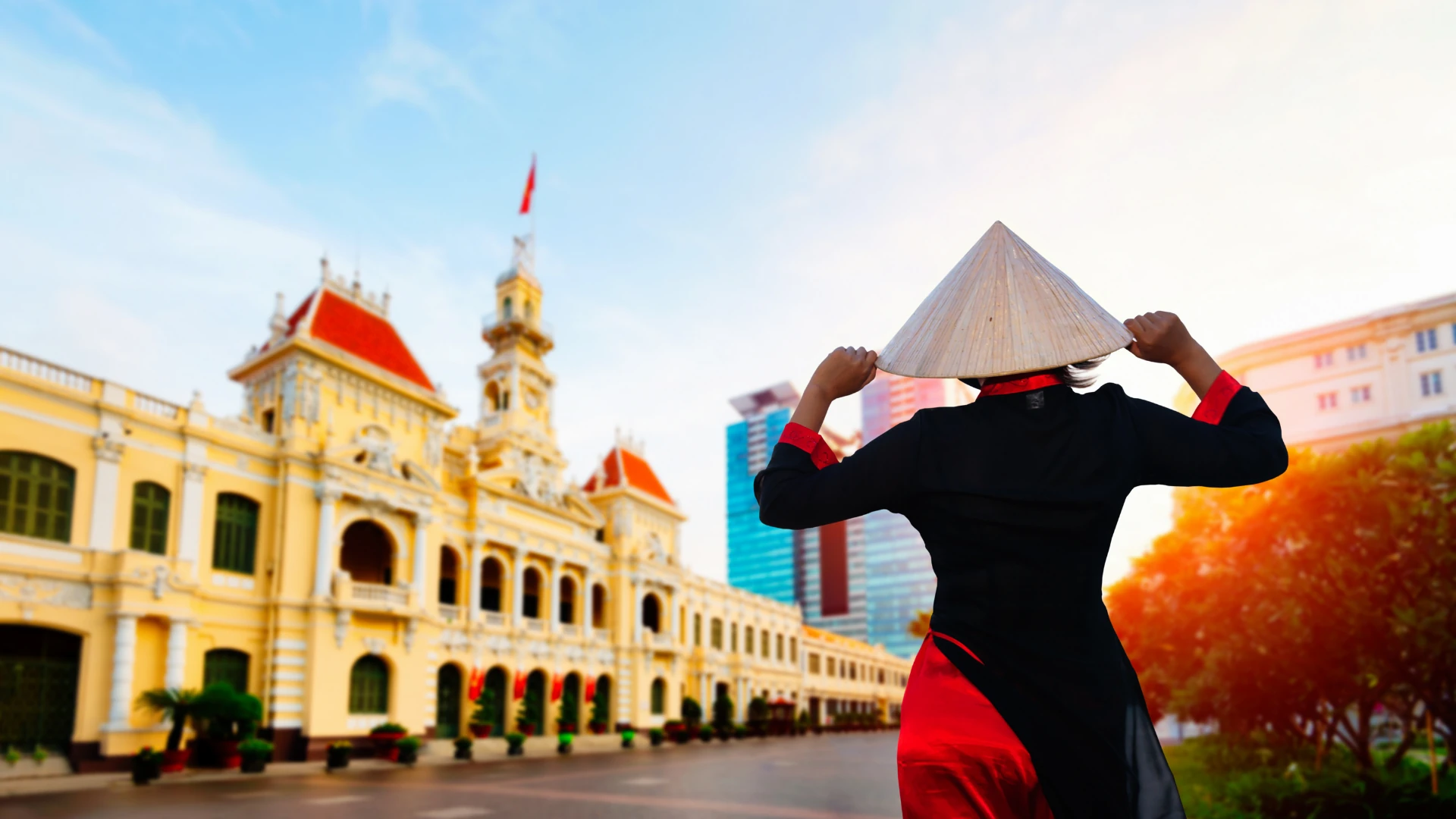
Essential Vietnam Travel Planning
Visa Requirements and Entry Procedures
Vietnam has significantly streamlined its visa process in recent years, making entry easier for international visitors. Citizens of ASEAN countries enjoy visa exemptions for 30 days, while many Western countries including the UK, France, Germany, Spain, and Italy receive 45-day visa exemptions. US citizens can enter visa-free for up to 45 days.
For longer stays or nationalities requiring visas, Vietnam offers e-visa services allowing stays up to 90 days with multiple entries. The application process takes 3-5 business days and costs approximately $25 USD. Upon arrival at major airports (Hanoi, Ho Chi Minh City, Da Nang), immigration procedures are generally straightforward, though queues are expected during peak hours.
Ensure your passport is valid for at least six months beyond your intended departure date and contains blank pages for entry stamps. Keep printed or digital copies of your visa approval letter and supporting documents easily accessible.
Budget Planning: How Much Does Vietnam Cost?
Vietnam remains one of Southeast Asia’s most budget-friendly destinations, though costs vary significantly based on travel style and location.
Budget Travelers (Backpacker Style): $25-40 USD daily covers hostel accommodations ($5-12), street food meals ($2-5), local transportation ($3-5), and basic activities. This budget allows comfortable travel using local buses, eating at Vietnamese establishments, and staying in quality hostels.
Mid-Range Travelers (Comfort-Focused): $60-100 USD daily provides comfortable hotel rooms ($25-50), restaurant meals ($10-20), private transportation for day trips ($15-30), and entrance fees to attractions. This budget enables air-conditioned comfort, guided tours, and occasional splurges.
Luxury Travelers (Premium Experiences): $150-300+ USD daily unlocks boutique hotels, fine dining, private tours, and premium experiences. Vietnam’s luxury offerings rival international standards at a fraction of Western prices.
Major cities like Hanoi and Ho Chi Minh City tend toward higher prices, while smaller towns and rural areas offer exceptional value. Activities like Ha Long Bay cruises ($100-500), cooking classes ($25-50), and diving certifications ($300-400) require additional budget allocation.
Currency, Money Management, and Tipping
The Vietnamese Dong (VND) is the official currency, with approximate exchange rates of 25,000 VND per USD. ATMs are widely available in cities and towns, dispensing up to 10 million VND (approximately $400) per transaction with withdrawal fees of $2-5.
Credit cards are accepted at hotels, upscale restaurants, and tourist-oriented businesses, particularly Visa and Mastercard. However, cash dominates daily transactions, especially at local markets, street food stalls, and smaller establishments. Carry a mix of small and large denominations, as vendors often struggle with change.
Tipping isn’t traditionally expected in Vietnam, though it’s becoming more common in tourist areas. For exceptional service, 5-10% at restaurants or 50,000-100,000 VND for tour guides and drivers shows appreciation without creating expectation.
Must-Visit Destinations: Vietnam’s Iconic Locations
Hanoi: The Cultural Capital
Vietnam’s capital city mesmerizes with its blend of French colonial architecture, ancient temples, tree-lined boulevards, and chaotic traffic. The Old Quarter’s 36 streets, each historically dedicated to specific trades, create a labyrinth of discovery where silk merchants, silver craftsmen, and street food vendors occupy narrow lanes filled with motorcycles and pedestrians.
Top Hanoi Experiences:
- Hoan Kiem Lake and Ngoc Son Temple offer a peaceful respite in the city center, particularly beautiful during early morning or sunset
- The Ho Chi Minh Mausoleum complex provides historical context about Vietnam’s revolutionary leader.
- Temple of Literature, Vietnam’s first university dating to 1070, showcases traditional Vietnamese architecture and Confucian educational heritage
- The Vietnamese Women’s Museum presents compelling narratives about women’s roles throughout Vietnamese history and conflicts
- Weekend night markets near Dong Xuan Market transform streets into pedestrian zones filled with street food, shopping, and entertainment
Hanoi’s culinary scene deserves dedicated exploration. Bun cha (grilled pork with noodles), pho (beef noodle soup), banh mi (Vietnamese baguette sandwiches), and egg coffee represent just the beginning of the city’s gastronomic offerings.
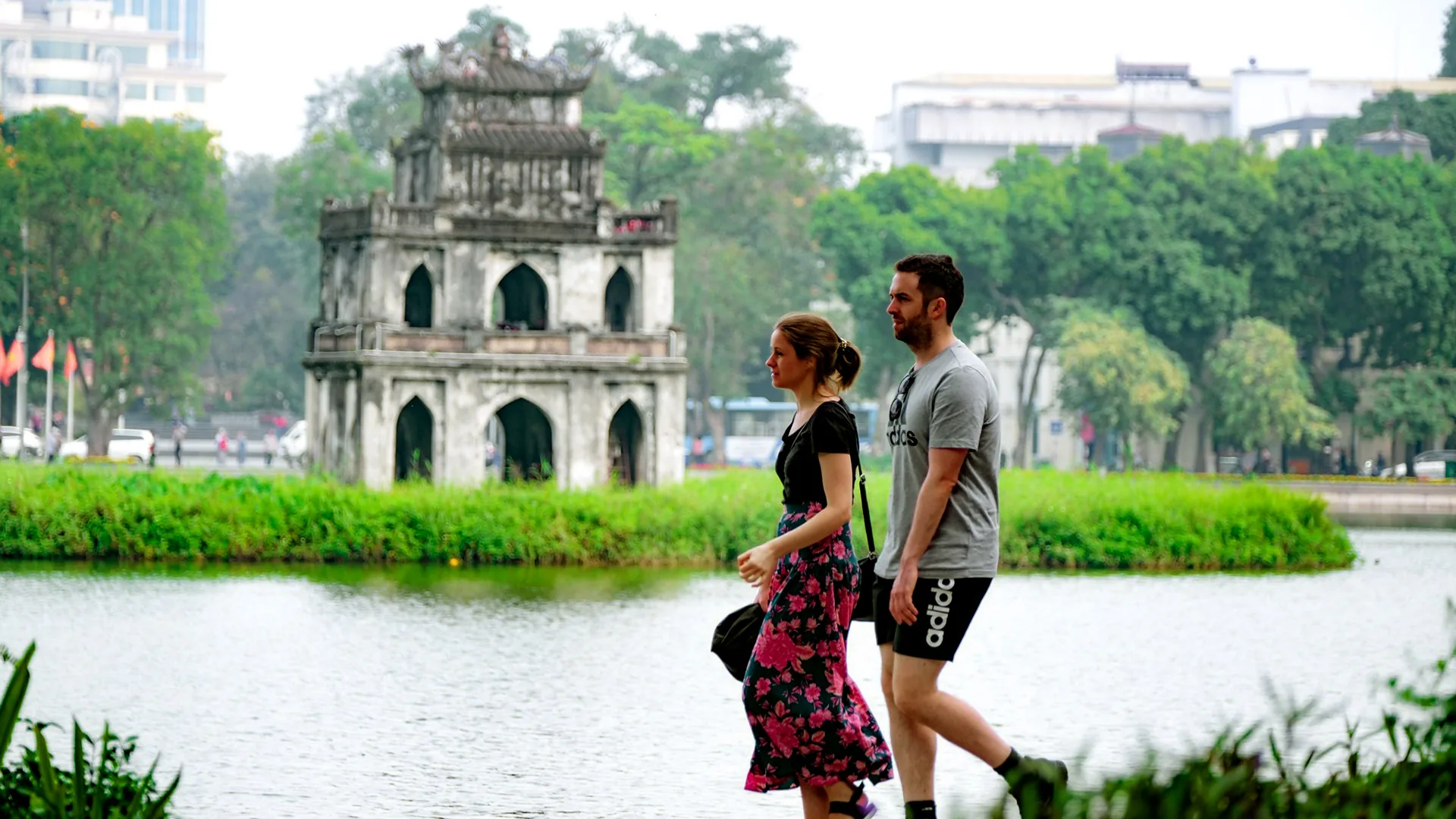
Ha Long Bay: Natural Wonder
This UNESCO World Heritage Site encompasses nearly 2,000 limestone karsts rising dramatically from emerald waters, creating one of Earth’s most photographed seascapes. Ha Long Bay rewards travelers who venture beyond standard cruise routes to discover hidden lagoons, floating villages, and pristine beaches.
Cruise Options and Recommendations:
- Day cruises ($40-80) provide basic Ha Long Bay exposure but feel rushed, with limited time for activities
- Overnight cruises ($100-200) offer the quintessential experience, including cave visits, kayaking, sunrise tai chi, and overnight accommodation aboard traditional junks
- Luxury cruises ($300-500) deliver premium service, spacious cabins, fine dining, and exclusive itineraries to less-visited areas
Consider Lan Ha Bay (Cat Ba Island area) as an alternative to overcrowded Ha Long Bay proper. Lan Ha offers equally stunning scenery with fewer tourists and more opportunities for swimming and water sports.

Sapa: Mountain Majesty
Perched at 1,600 meters in Vietnam’s northwest mountains, Sapa provides access to some of Southeast Asia’s most spectacular mountain scenery and authentic ethnic minority cultures. The region’s terraced rice fields cascade down the mountainsides, creating a living artwork that changes colors with the seasons—bright green during the growing season (May-September), golden during harvest (September-October).
Trekking and Cultural Experiences: Multiple ethnic minority groups including Hmong, Red Dao, Tay, and Giay peoples maintain traditional lifestyles in surrounding villages. Trekking routes range from easy 2-3 hour walks to challenging multi-day expeditions, often including homestay experiences where visitors sleep in traditional stilt houses and share meals with local families.
Fansipan, Vietnam’s highest peak at 3,143 meters, can be reached via cable car or a challenging two-day trek. The summit offers panoramic views across the Tonkinese Alps, though clouds frequently obscure vistas.
Plan Sapa visits between March and May or September and November for optimal weather and scenic beauty. Winter months (December-February) can be quite cold with occasional snowfall, while summer brings heavy rains that can limit trekking.
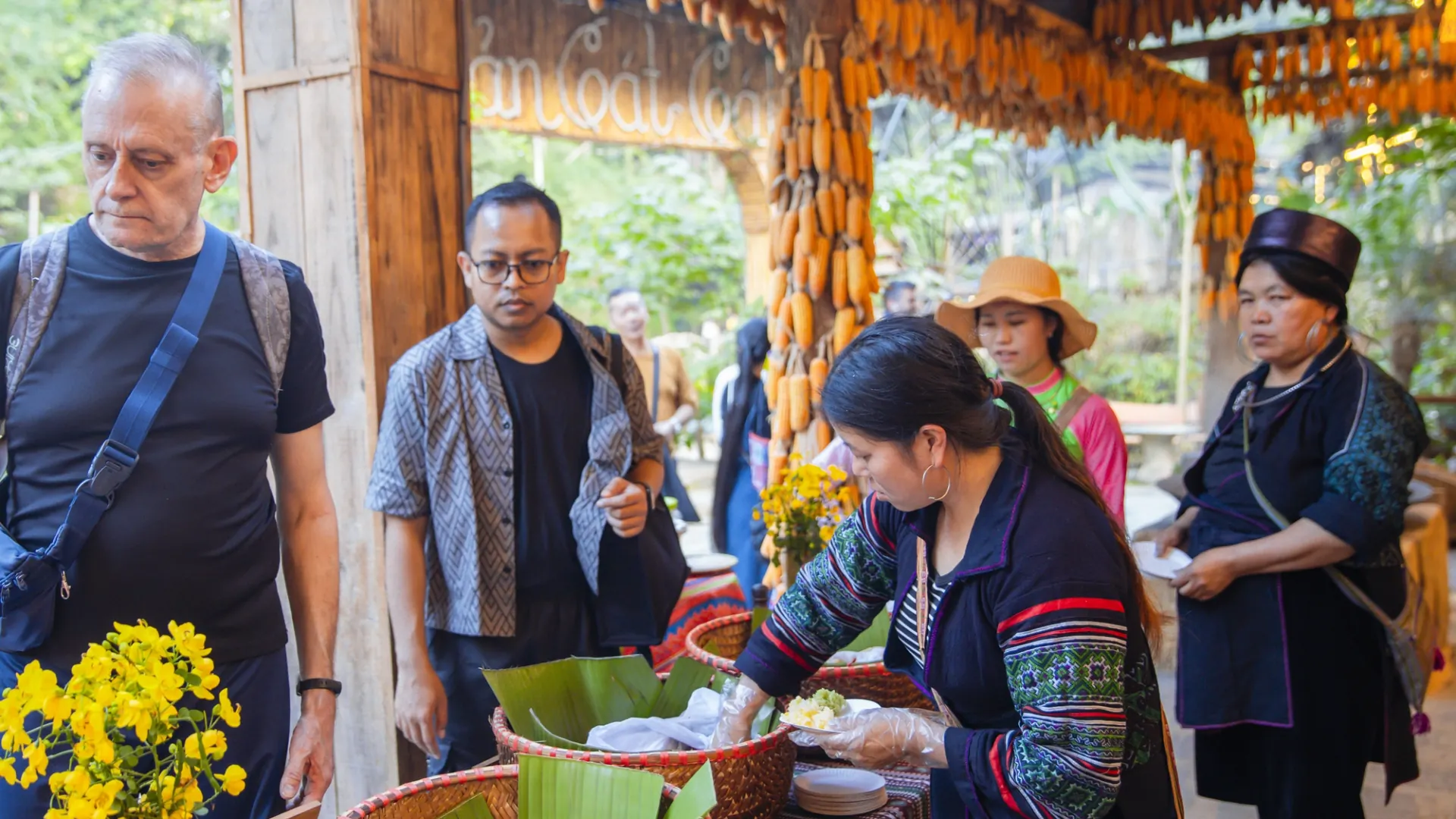
Hoi An: The Ancient Town
This perfectly preserved trading port captures visitors’ hearts with its lantern-lit streets, tailor shops, riverside cafes, and culinary traditions. Hoi An’s UNESCO-protected Ancient Town bans motor vehicles, creating a pedestrian-friendly environment that encourages leisurely exploration.
Unique Hoi An Experiences:
- Custom clothing from Hoi An’s hundreds of tailors, who can produce suits, dresses, or shoes within 24-48 hours at reasonable prices
- Japanese Covered Bridge, an iconic 400-year-old structure connecting the town’s Chinese and Japanese quarters
- Monthly lantern festivals on full moon nights when electric lights are extinguished, and thousands of paper lanterns illuminate the town
- Cooking classes at organic farms, learning to prepare cao lau, white rose dumplings, and banh xeo (sizzling crepes)
- Cycling through nearby rice paddies to An Bang or Cua Dai beaches for swimming and seafood
Hoi An’s culinary scene ranks among Vietnam’s finest. Don’t miss cao lau (pork and noodle dish unique to Hoi An), banh mi from Madam Khanh, and Morning Glory Restaurant’s white rose dumplings.

Ho Chi Minh City: The Economic Powerhouse
Vietnam’s largest city pulses with entrepreneurial energy, where gleaming skyscrapers tower over French colonial buildings and traditional markets. While lacking Hanoi’s refined charm, Ho Chi Minh City (still commonly called Saigon) offers dynamic energy, world-class dining, and important historical sites.
Essential Saigon Experiences:
- The War Remnants Museum provides sobering perspective on the Vietnam War (called the American War in Vietnam) through photography, equipment displays, and personal accounts
- Cu Chi Tunnels, an extensive underground network 70km from the city, offers insight into Viet Cong warfare tactics and living conditions
- Ben Thanh Market serves as the city’s commercial heart, selling everything from food to souvenirs
- Notre-Dame Cathedral and Central Post Office showcase French colonial architecture
- Bitexco Financial Tower’s Saigon Skydeck offers 360-degree city views from the 49th floor
Saigon’s District 1 contains most tourist attractions, while Districts 3, 7, and Binh Thanh offer authentic local experiences. The city’s cafe culture thrives with options ranging from traditional Vietnamese coffee shops to Instagram-worthy modern establishments.
More famous attractions and the top things to do are waiting for you in the Ho Chi Minh City Travel Guide
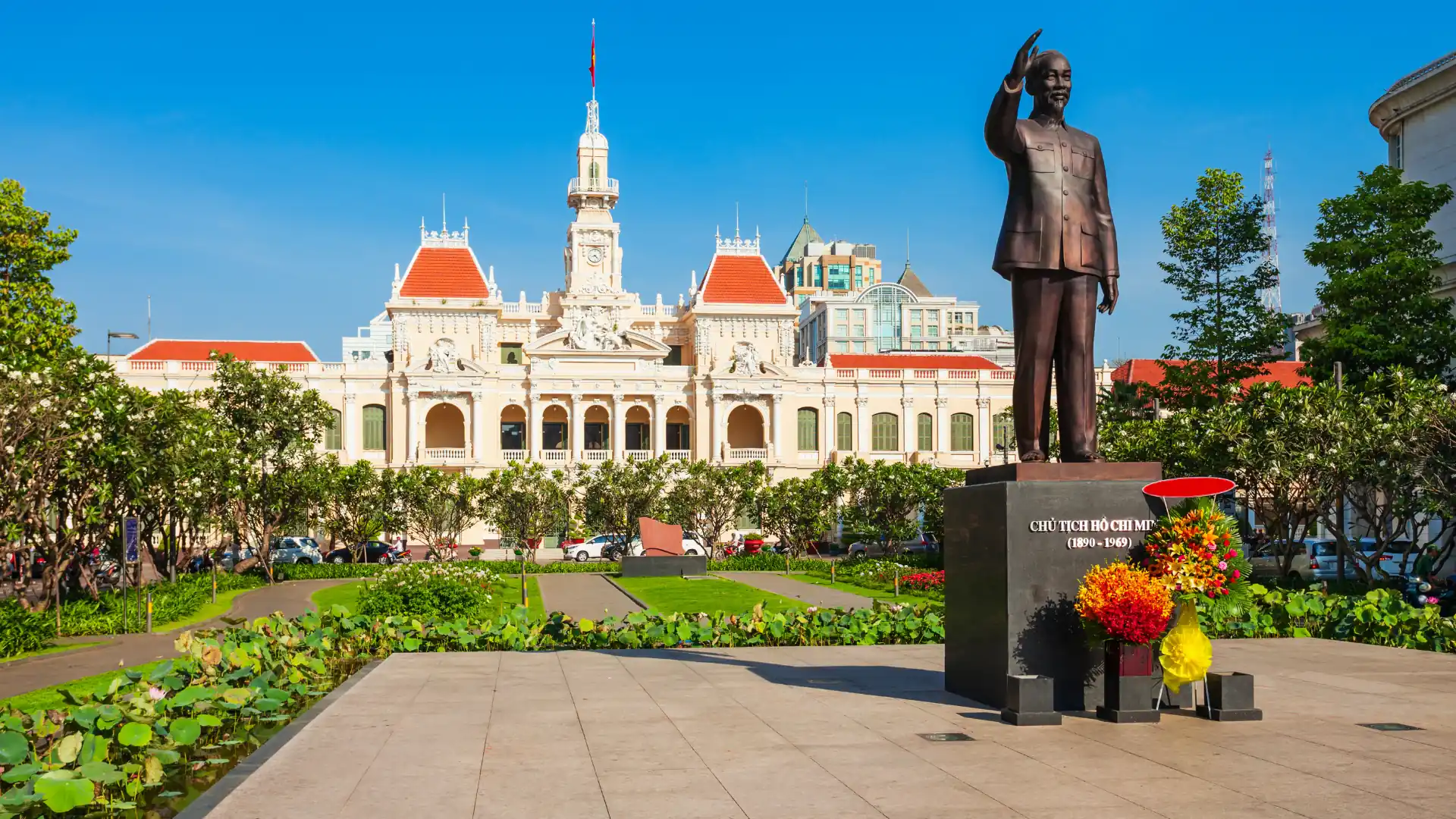
Mekong Delta: The Rice Bowl
Southern Vietnam’s vast river delta creates a watery landscape where rivers, canals, and waterways define daily life. The Mekong Delta produces half of Vietnam’s agricultural output, with rice paddies, fruit orchards, and fish farms extending across nine provinces.
Mekong Delta Highlights:
- Cai Rang Floating Market (Can Tho) operates most vigorously between 6-9 AM when wholesale traders sell produce directly from boats
- My Tho and Ben Tre offer accessible day trips from Ho Chi Minh City, visiting coconut candy factories, honey farms, and fruit orchards
- Can Tho provides the delta’s best tourist infrastructure with comfortable accommodations and riverside dining
- Chau Doc near the Cambodian border features floating villages, fish farms, and access to Sam Mountain’s panoramic views
- Phu Quoc Island, technically part of the delta region, offers pristine beaches, pepper plantations, and emerging luxury resorts
Consider multiple-day Mekong tours that include homestays in local villages, bicycle rides through rice paddies, and sampan trips through narrow canals. These immersive experiences reveal daily delta life beyond tourist circuits.
Start with the Can Tho Travel Guide and the Cai Rang Floating Market to have authentic insights into your next Mekong Delta trip
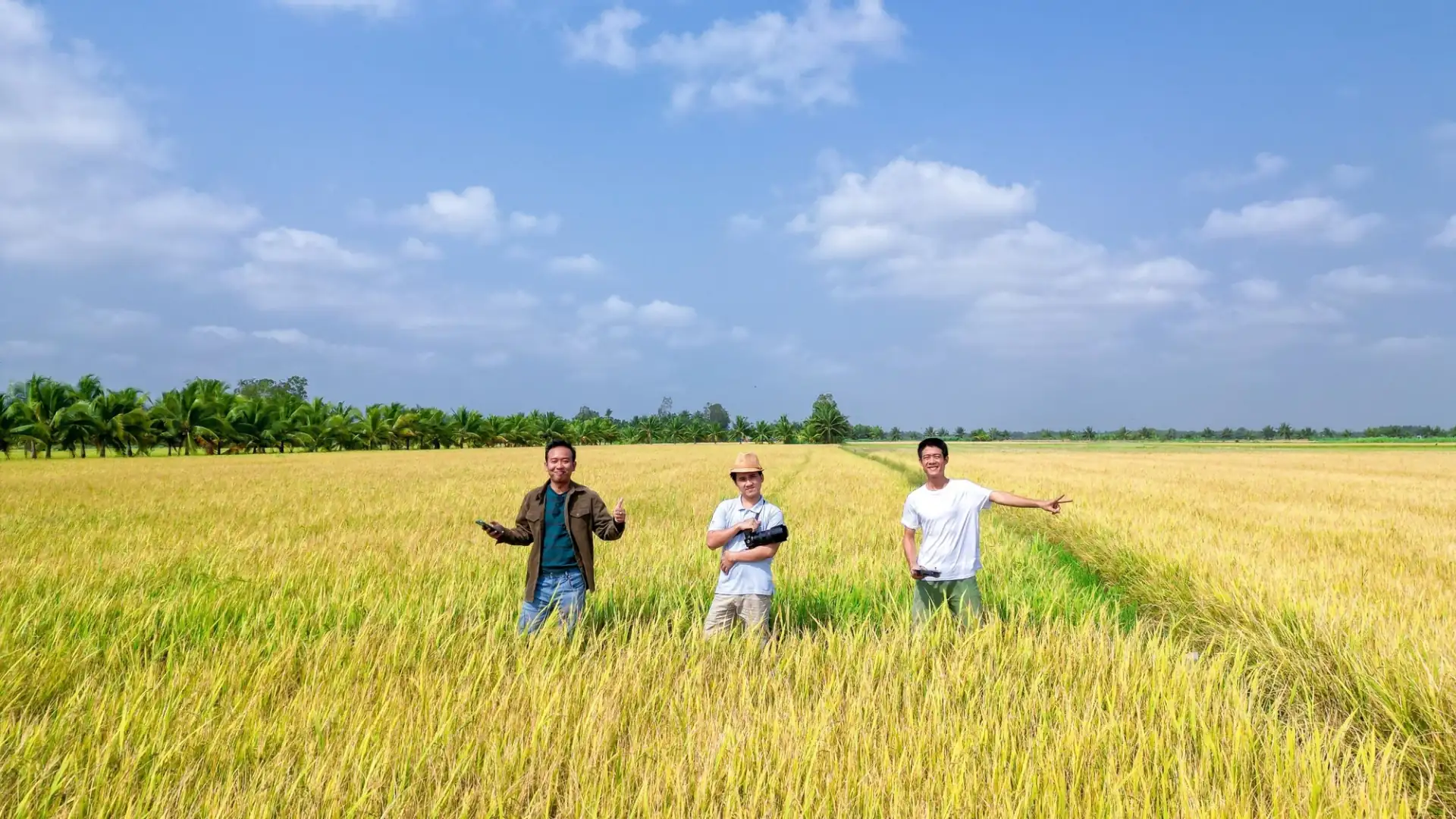
Vietnamese Cuisine: A Culinary Journey
Vietnamese food ranks among the world’s healthiest and most balanced cuisines, emphasizing fresh herbs, vegetables, fish sauce, and rice. Each region develops distinct flavors—northern cuisine tends subtle and delicate, central Vietnam favors spicy and complex flavors, while southern cooking incorporates sweetness and tropical fruits.
Must-Try Dishes Across Vietnam
Pho: Vietnam’s iconic beef noodle soup appears at breakfast tables nationwide. Northern pho (Hanoi style) features clear broth, simple herbs, and thinly sliced beef, while southern versions include more garnishes, herbs, and sweeter broth.
Banh Mi: French colonial legacy transformed into Vietnamese perfection—crispy baguettes filled with pate, cold cuts, pickled vegetables, cilantro, and chili. Street vendors sell banh mi for $1-2, making it the perfect quick meal.
Bun Cha: Hanoi’s signature dish gained international fame when President Obama and Anthony Bourdain dined together at a local restaurant. Grilled pork patties and pork belly served with noodles, herbs, and dipping sauce create flavor harmony.
Cao Lau: Hoi An’s exclusive noodle dish supposedly requires water from a specific local well. Thick rice noodles topped with pork, greens, and crispy crackers deliver unique textures and flavors.
Banh Xeo: Sizzling crepes made from rice flour and turmeric, filled with pork, shrimp, and bean sprouts, then wrapped in lettuce and herbs before dipping in fish sauce.
Com Tam: Broken rice served with grilled pork chop, shredded pork skin, egg meatloaf, and pickled vegetables—a beloved southern Vietnamese meal found at specialized restaurants and street stalls.

Street Food Safety and Etiquette
Vietnamese street food offers exceptional value and authentic flavors, though newcomers often worry about food safety. Follow these guidelines for safe, enjoyable eating:
- Choose busy stalls with high turnover, ensuring fresh ingredients and proper cooking temperatures
- Observe locals’ eating habits. If Vietnamese families frequent a vendor, it’s typically trustworthy
- Stick to thoroughly cooked foods initially, gradually incorporating raw herbs and vegetables as you adjust
- Bottled water remains essential; ice in urban areas generally comes from purified sources but verify when possible
- Hand sanitizer proves invaluable when dining at locations without washing facilities
Vietnamese dining etiquette encourages sharing dishes family-style. Use serving utensils when available, pour tea for others before yourself, and tip bowls toward your mouth when using chopsticks. Don’t be surprised if locals join your table at crowded establishments—it’s normal practice and offers opportunities for cultural exchange.
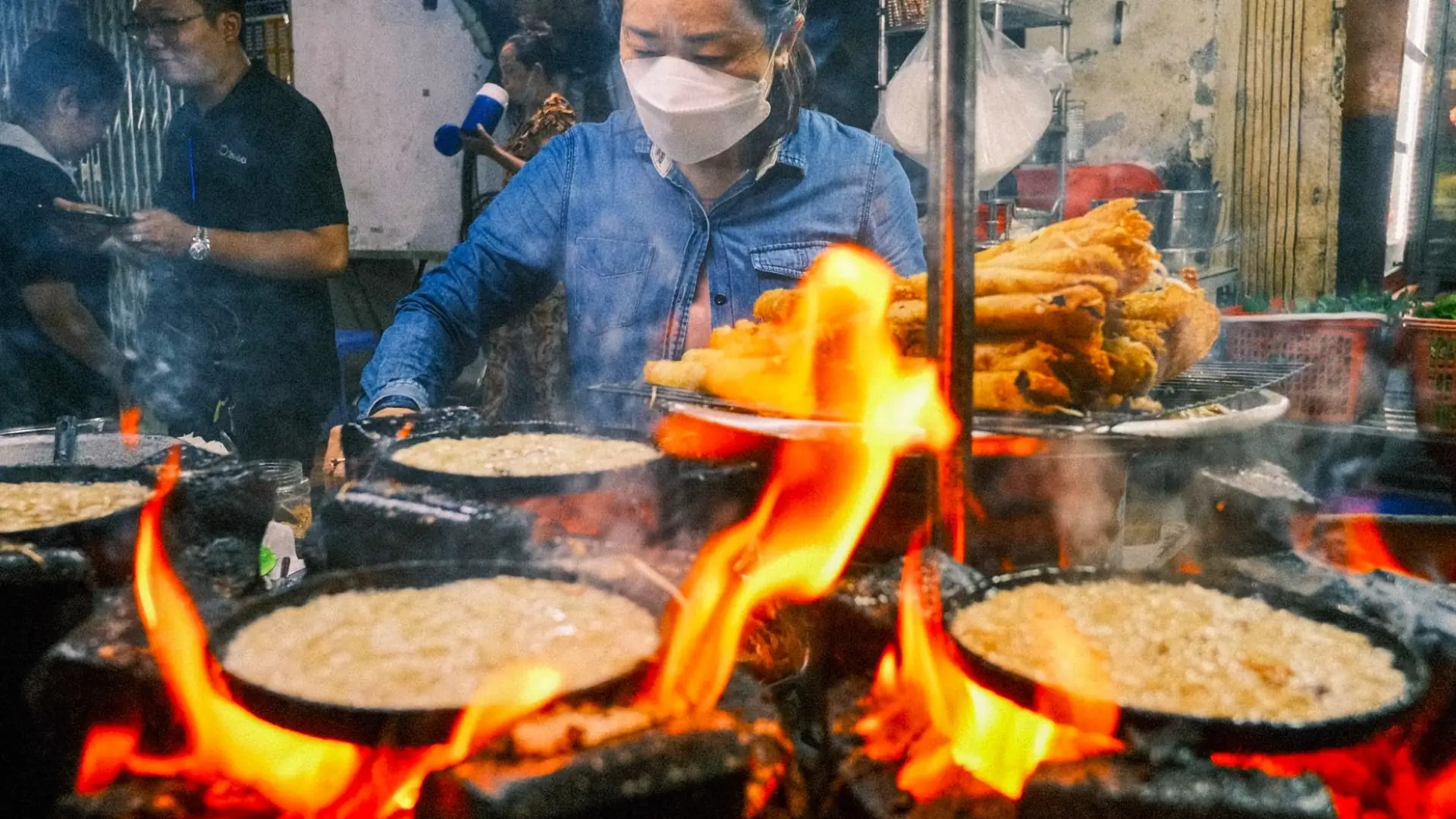
Practical Travel Information
Transportation Throughout Vietnam
Domestic Flights: Vietnam Airlines, VietJet Air, and Bamboo Airways connect major cities with frequent flights. Book directly through airline websites or vere.me for best prices (typically $30-80 for budget carriers, $60-150 for full-service airlines). Flying saves significant time on long routes like Hanoi to Ho Chi Minh City (2 hours versus 30+ hours by bus).
Trains: The Reunification Express runs between Hanoi and Ho Chi Minh City, offering comfortable sleeper compartments and scenic coastal views, particularly between Hue and Da Nang. Book soft sleeper berths for overnight journeys through official websites or reputable vere.me. The journey takes 30-35 hours but provides unique travel experiences.
Buses: Modern bus companies like Phuong Trang (Futa), and Mai Linh operate comfortable routes with sleeper buses, air conditioning, and WiFi. Night buses maximize travel time efficiency, though light sleepers may struggle with entertainment systems and frequent stops.
Motorbikes: Renting motorbikes ($5-10 daily) provides flexibility for exploring regions like the Mekong Delta. However, traffic chaos, unclear road rules, and questionable insurance coverage create risks. Ensure proper licensing, travel insurance coverage, and helmet usage.
Ride-Hailing Apps: Grab operates in all major Vietnamese cities, offering transparent pricing and cashless payment. Traditional taxis work too, but insist on meter usage or negotiate prices beforehand to avoid overcharging.
Accommodation Options
Budget Hostels ($5-15): Vietnam’s hostel scene provides excellent value with clean dorms, social atmospheres, and helpful staff. Many offer free breakfast, walking tours, and tour booking services. Popular chains include Vietnam Backpackers and Hideout Hostels.
Homestays ($10-30): Rural areas, particularly Sapa, Mekong Delta, and Mai Chau, offer homestay experiences where families host travelers in traditional houses. These provide authentic cultural immersion though comfort levels vary considerably.
Mid-Range Hotels ($25-60): Comfortable hotels with private bathrooms, air conditioning, WiFi, and often breakfast buffets. Family-run mini-hotels provide personal service and local recommendations throughout Vietnam.
Boutique Properties ($60-150): Restored colonial villas, traditional Vietnamese houses, and design-focused hotels offer character and elevated service. Hoi An’s ancient town contains numerous boutique accommodations within walking distance of attractions.
Luxury Resorts ($150-500+): International brands like InterContinental, Hyatt, and Park Hyatt maintain properties in major cities and resort areas. Vietnamese luxury brands like Azerai and Six Senses offer exceptional value compared to Western countries.
Internet and Connectivity
Vietnam maintains excellent mobile network coverage with 4G available in cities and most tourist areas. Purchase tourist SIM cards at airports or mobile shops for $5-15, including 3-10GB data and domestic calls. Major providers include Viettel, Vinaphone, and Mobifone.
WiFi availability is widespread at hotels, cafes, and restaurants, though speeds and reliability vary. VPN services may be necessary for accessing certain Western websites and services.
Health and Safety Considerations
Vaccinations: Consult travel health clinics 4-6 weeks before departure. Recommended vaccinations include Hepatitis A and B, typhoid, and routine immunizations. Japanese encephalitis and rabies vaccines are considered for extended rural stays.
Travel Insurance: Comprehensive travel insurance covering medical emergencies, evacuation, and trip cancellation proves essential. Vietnamese healthcare quality varies dramatically between private international clinics (expensive) and public hospitals (affordable but with language barriers).
Common Health Issues: Traveler’s diarrhea affects many visitors initially. Bring over-the-counter medications, stay hydrated, and gradually adjust to local food. Dengue fever risk exists throughout Vietnam, making mosquito repellent and long sleeves/pants important during dawn and dusk.
Safety Concerns: Vietnam ranks among Southeast Asia’s safest countries with low violent crime rates. Petty theft (pickpocketing, bag snatching) occurs in tourist areas, particularly on motorbikes. Keep valuables secured, avoid displaying expensive electronics, and stay vigilant in crowded areas.
Traffic presents Vietnam’s greatest safety challenge. Pedestrians should cross streets slowly and steadily, allowing motorbikes to flow around them.
Cultural Etiquette and Social Customs
Respectful Behavior
Vietnamese culture emphasizes respect for elders, family, and social harmony. Public displays of anger or confrontation cause loss of face for all parties and rarely achieve desired outcomes. Maintain calm demeanor during frustrating situations and smile frequently—it’s Vietnam’s universal tool for smoothing social interactions.
Temple and Religious Site Etiquette: Dress modestly with covered shoulders and knees. Remove shoes before entering temples and homes. Ask permission before photographing monks or religious ceremonies. Female visitors should avoid physical contact with monks.
Greetings: Vietnamese people appreciate foreigners attempting local greetings. Use “Xin chào” (sin chow) for hello and “Cảm ơn” (gahm uhn) for thank you. Slight bows when greeting elders show respect.
Gift Giving: If invited to Vietnamese homes, bring small gifts like fruit, sweets, or wine. Present and receive items with both hands. Avoid wrapping gifts in black paper or giving handkerchiefs and clocks (associated with funerals).
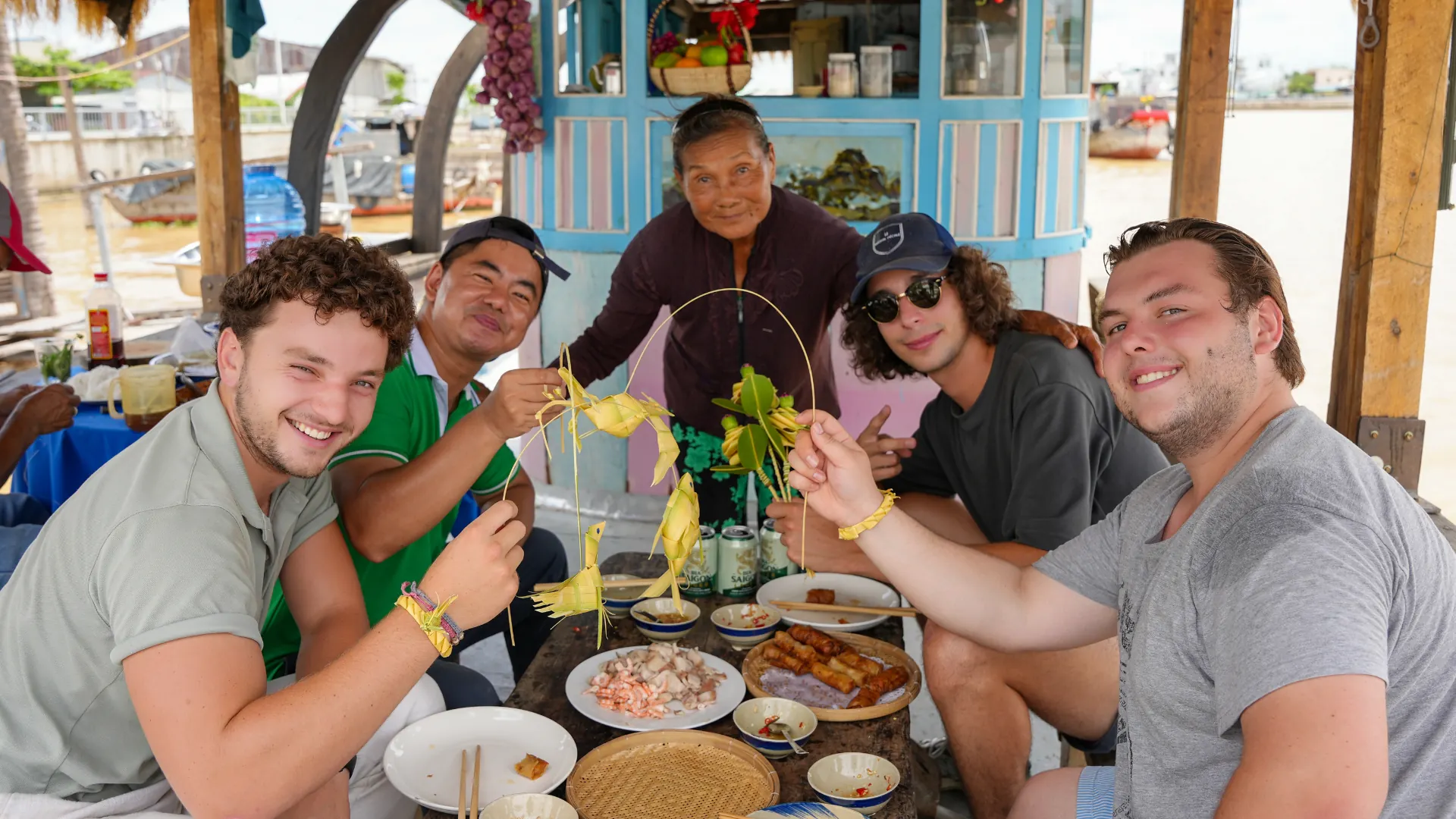
Photography Ethics
Vietnam offers endless photographic opportunities, though always ask permission before photographing individuals, particularly ethnic minorities who may request payment. Some hill tribe communities near Sapa have grown frustrated with invasive photography during homestays.
Drone usage requires permits and faces restrictions near military installations, government buildings, and protected areas. Many tourist sites prohibit drones entirely.
Sustainable and Responsible Travel
Vietnam’s rapid tourism growth creates both opportunities and challenges for local communities and environments. Conscious travelers can minimize negative impacts through thoughtful choices.
Support Local Businesses: Choose locally-owned accommodations, restaurants, and tour operators over international chains. Purchase handicrafts directly from artisans rather than intermediary shops.
Reduce Plastic Waste: Vietnam struggles with plastic pollution, particularly in coastal and river areas. Carry reusable water bottles (filtered water stations exist in many cities), decline single-use plastics, and properly dispose of waste.
Respect Wildlife: Avoid attractions featuring captive wildlife, elephant rides, or wildlife performances. Never purchase products made from endangered species like ivory, turtle shells, or pangolin scales.
Haggling Balance: Bargaining is expected at markets but remember that 50 cents might mean little to travelers but represents significant income for vendors. Negotiate fairly without aggressive tactics.
Cultural Sensitivity: Learn basic Vietnamese phrases, respect local customs, and dress appropriately at religious sites. Remember you’re guests in someone’s country and culture.
Book your authentic Vietnam Tour with your Local Expert Tour Guide
Mekong Smile™ brings the vibrant living heritage of Vietnam’s Mekong Delta to life through transformative cultural journeys and sustainable tourism practices.
Get your Own Advisor and Book Your Authentic Mekong Delta Tour
Get your free personalized Mekong itinerary - Leave your info and our local expert will respond within 5 minutes to help you design your most authentic trip:
Frequently Asked Questions (FAQs)
Is Vietnam safe to travel?
Yes, Vietnam is one of Southeast Asia’s safest destinations with low violent crime rates. The main concerns are petty theft in tourist areas and chaotic traffic. Use common sense precautions, secure your belongings, and stay alert when crossing streets. Political stability and welcoming attitudes toward tourists make Vietnam very safe overall.
What is the best time to travel to Vietnam?
February to April offers the best weather across all regions. However, optimal timing depends on your destinations: Northern Vietnam (October-April), Central Vietnam (February-May), Southern Vietnam (December-April). Avoid September-November in Central Vietnam due to typhoon season.
Are Vietnam travel packages worth it?
Travel packages can offer good value for first-time visitors or those with limited time. They handle logistics, provide English-speaking guides, and often include hard-to-book experiences like Ha Long Bay cruises. However, independent travel offers more flexibility and authenticity. Consider packages for specific tours (Sapa treks, Mekong Delta) while traveling independently in cities.
Do you need a visa to travel to Vietnam?
It depends on your nationality. Citizens from ASEAN countries, UK, France, Germany, Spain, Italy, and many others receive 45-day visa exemptions. US citizens also get 45 days visa-free. For longer stays or other nationalities, e-visas are available for up to 90 days at $25 USD. Check current requirements before booking as policies change periodically.
Where should I travel to in Vietnam?
Essential destinations include: Hanoi (culture and history), Ha Long Bay (natural wonder), Hoi An (ancient town charm), Ho Chi Minh City (urban energy), and Mekong Delta (rural life). Add Sapa for mountains, Hue for imperial history, Da Nang for beaches, or Phu Quoc for island relaxation depending on interests and time available.
Did Trump ban travel to Vietnam?
No, there has never been a US travel ban to Vietnam. Americans can travel freely to Vietnam and currently receive 45-day visa exemptions. Vietnam and the United States maintain normal diplomatic and tourism relations.

